Wistron BCM4313M 802.11g/DRAFT 802.11n WLAN PCI-E MINICARD User Manual
Wistron Corporation 802.11g/DRAFT 802.11n WLAN PCI-E MINICARD Users Manual
Wistron >
Users Manual
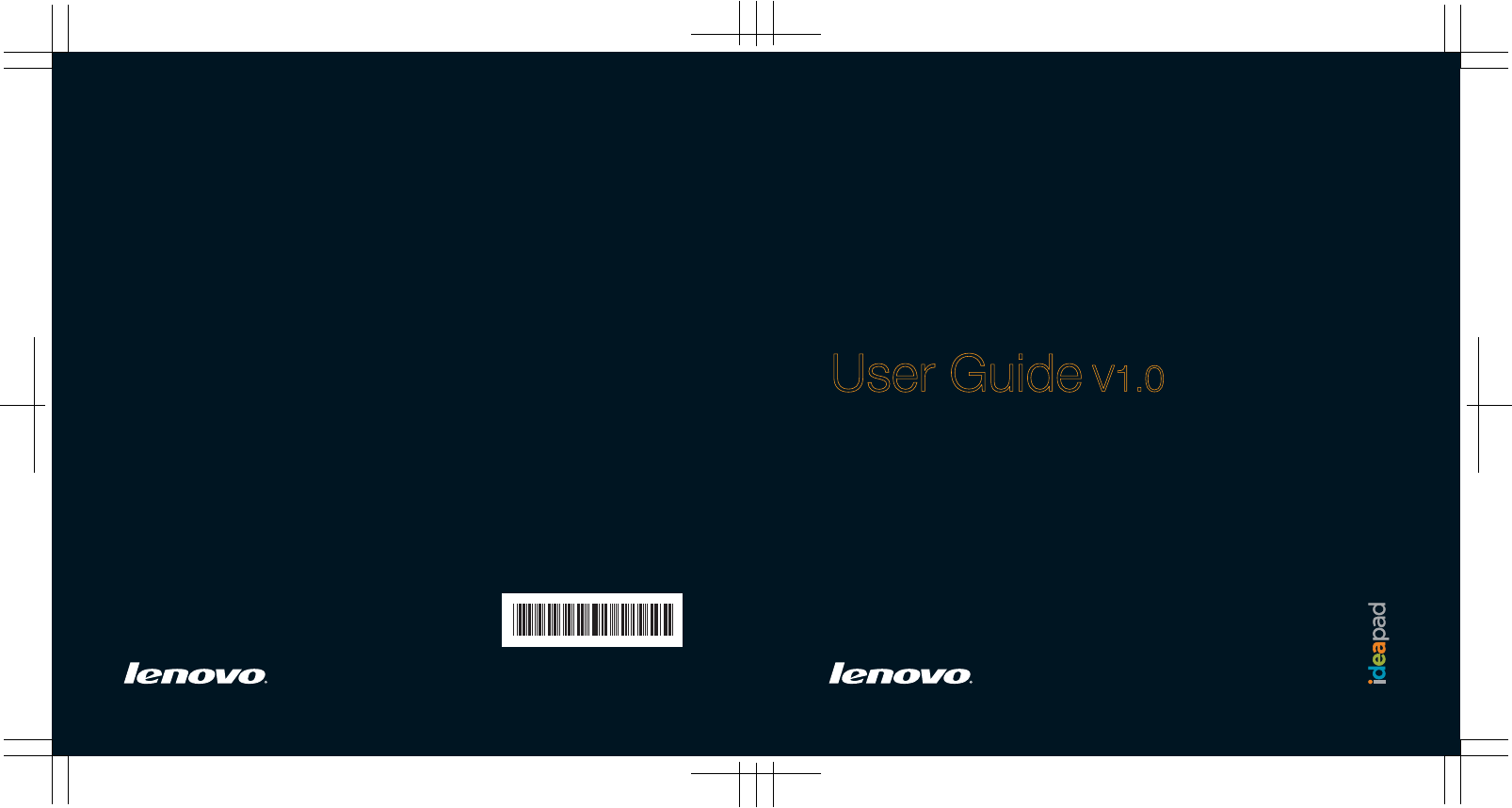
New World. New Thinking.TM
www.lenovo.com
©Lenovo China 2010
P/N: 147003090
Printed in China
S10-3s UserGuide V1.0 cover_1-4
Lenovo
IdeaPad
S10-3s
User Guide V1.0
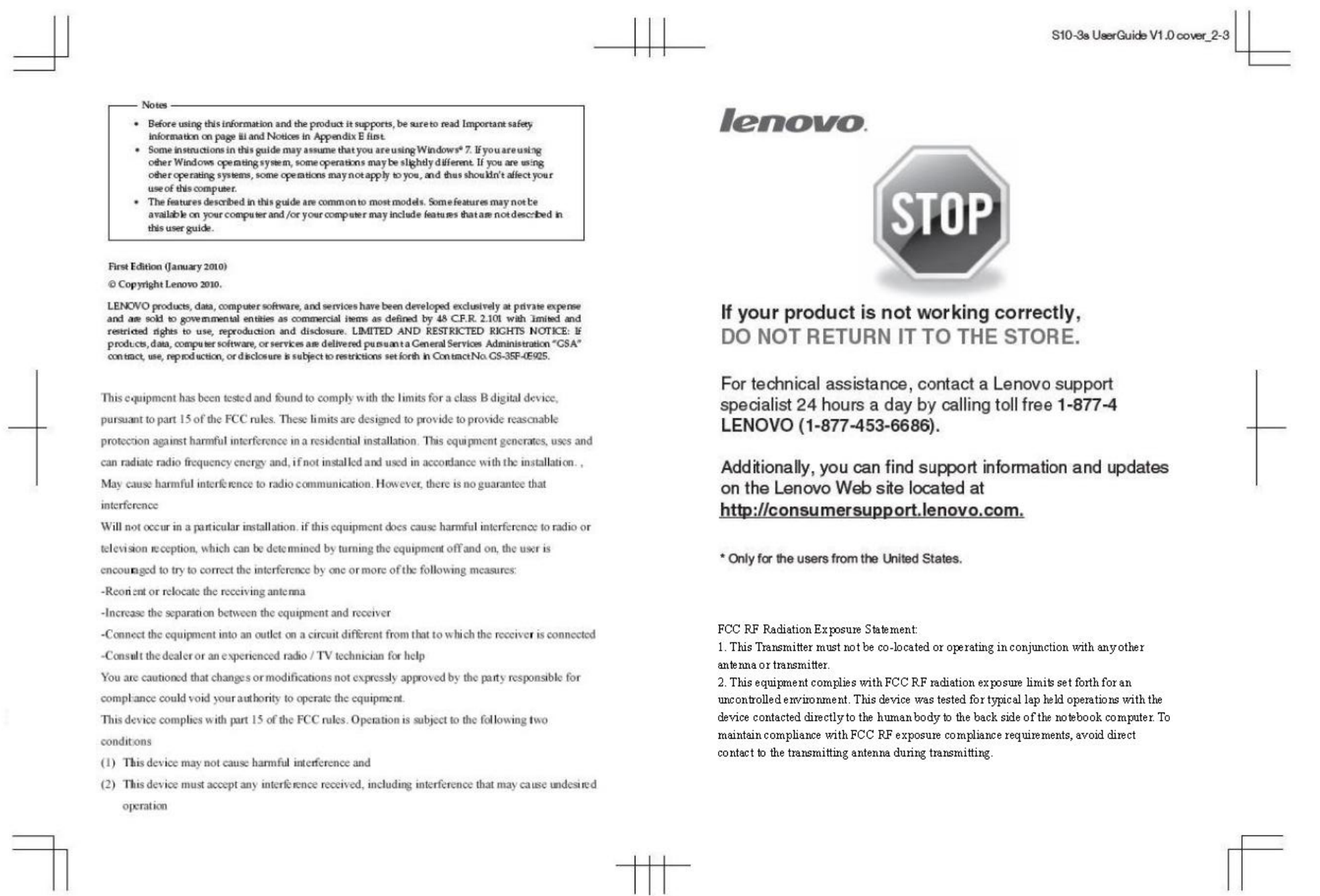

Dear user,
Thank you for purchasing your new Lenovo notebook computer!
Before using this product, make sure to read this user guide carefully.
We are pleased that you have chosen Lenovo for your mobile computing
needs. To help you master the usage of your new computer quickly, we
have prepared this user guide. In this manual you will find information on
the system configuration, basic operating instructions, and important
notices. We have done our best to avoid any errors in making sure that the
information provided in this manual is accurate and reliable. However, due
to the short length of the user guide it is impossible to cover all topics in
great depth. For this reason, we apologize for any omissions you might
find.
Lenovo is always trying to improve the performance and reliability of its
products. For that reason, the hardware and software components shown
within the user guide might not perfectly match those of your system.
However, any inconsistencies between what is described in the user guide
and the operations of your computer should not substantially affect your
use.
Thank you for your cooperation.
S10-3s UserGuide V1.0_en.book Page 1 Thursday, January 7, 2010 10:53 AM
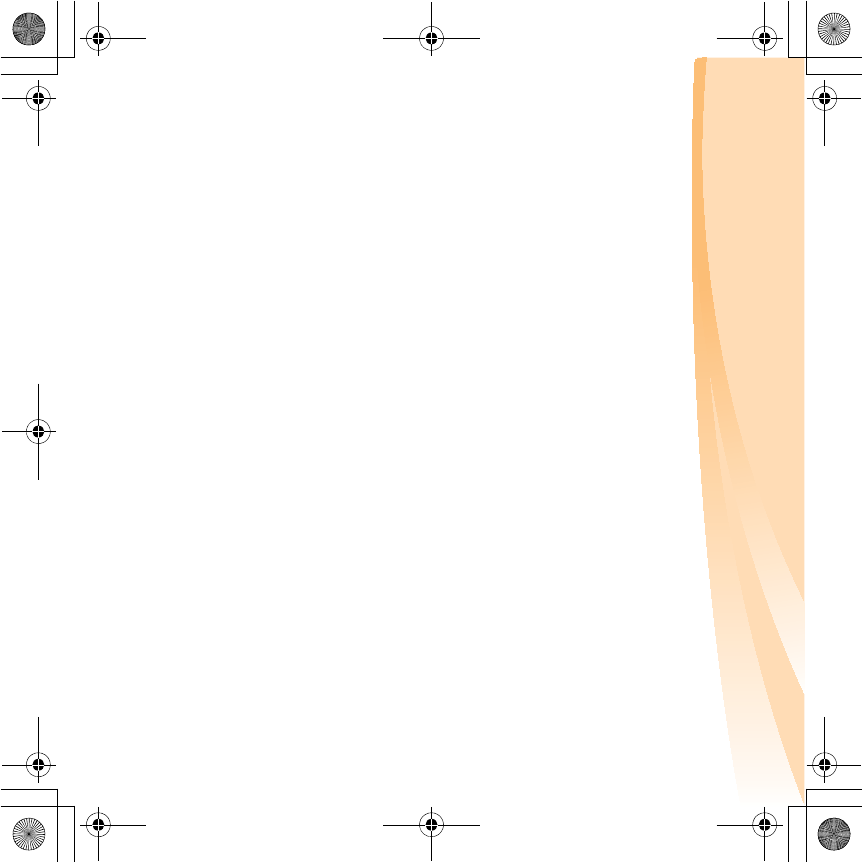
Explanation of hard disk capacity
Dear user,
While using your computer, you may find that the nominal hard disk
capacity indicated is somewhat different from the disk capacity
displayed by the operating system. For example, a nominal 40GB hard
disk will appear as less than 40GB in the operating system. This
discrepancy is not an error in hard disk installation nor any other
problem, but a normal phenomenon of computers. This phenomenon is
primarily due to the following reasons:
I. Different standards used by the manufacturer and operating
system when calculating hard disk capacity
Hard disk manufacturers use a radix of 1000, i.e., 1G = 1,000MB, 1MB =
1,000KB, 1KB = 1,000 bytes. However, when identifying hard disk capacity,
operating systems use a radix of 1024, i.e., 1GB = 1,024MB, 1MB = 1,024KB,
1KB = 1,024 bytes. The standard adopted by your computer is that of the
hard disk manufacturers. Since the standards adopted by the hard disk
manufacturer and operating system are different, the hard disk capacity
displayed by the operating system will be different from the nominal hard
disk capacity.
For example, if the hard disk is nominally X G, even when it is completely
empty, the capacity displayed by the operating system will be:
X × 1000 × 1000 × 1000/ (1024 × 1024 × 1024) | X × 0.931 G
S10-3s UserGuide V1.0_en.book Page 2 Thursday, January 7, 2010 10:53 AM

In addition, if a portion of the hard disk space has been used for some
specific purpose, then the capacity indicated by the operating system will
be even less than X × 0.931 G.
II. A portion of the hard disk space is used for specific purposes
Lenovo computers may come with preinstalled OneKey Rescue system, so
the hard disk has a special portion partitioned before delivery, which is
used to store hard disk mirror and OneKey Rescue system program files.
The size of the reserved space for this partition varies according to the
model, operating system and software of the computer. For the sake of
safety, this partition is not apparent, which is commonly referred to as a
“hidden partition”.
In addition, after the hard disk is partitioned or formatted, the system will
assign a certain amount of hard disk space for the system files.
For the above reasons, the available hard disk space indicated by the
operating system is always less than the computer’s nominal hard disk
capacity.
S10-3s UserGuide V1.0_en.book Page 3 Thursday, January 7, 2010 10:53 AM
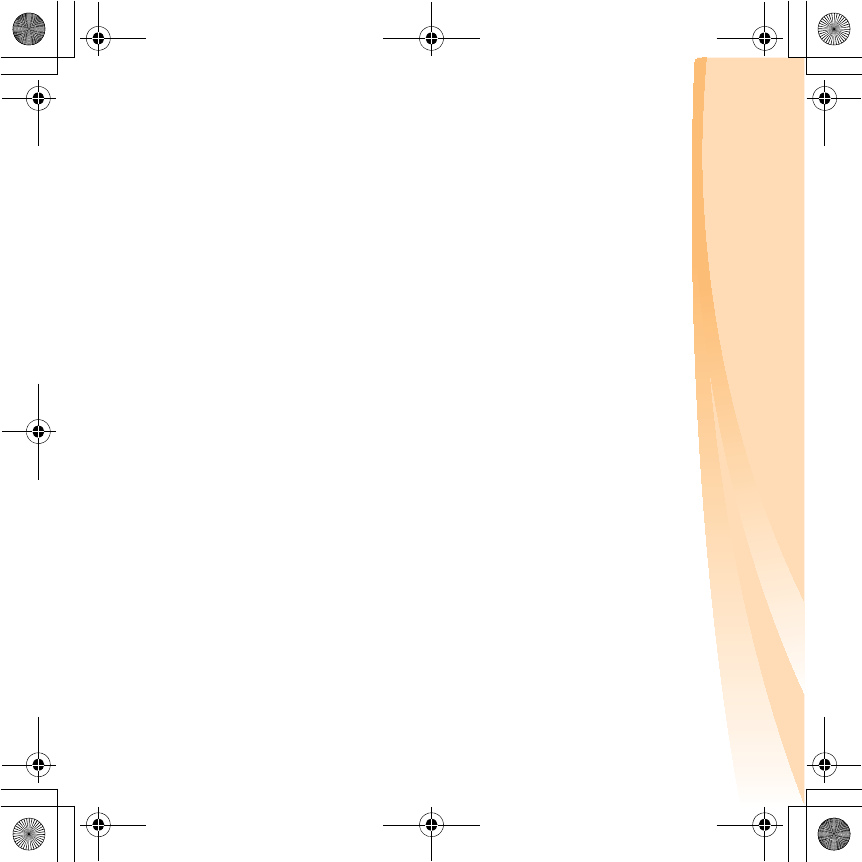
S10-3s UserGuide V1.0_en.book Page 4 Thursday, January 7, 2010 10:53 AM

i
Important safety information...... iii
Important safety information....iii
Chapter 1. Getting to know your
computer ....................................... 1
Top view........................................1
Left-side view ...............................3
Right-side view.............................4
Bottom view.................................. 6
Chapter 2. Learning the basics ... 8
First use..........................................8
Using AC adapter and
battery .......................................... 11
Using the touchpad....................14
Using the keyboard....................16
Special buttons............................18
System status indicators............20
Securing your computer............21
Connecting external devices..... 23
Using Lenovo Quick Start
(select models only) ...................26
Chapter 3. Using the Internet .... 28
Wired connection ....................... 28
Wireless connection ................... 30
Chapter 4. OneKey Rescue
system..........................................35
OneKey Rescue system .............35
Chapter 5. Troubleshooting .......38
Frequently asked questions ......38
Troubleshooting .........................41
Appendix A. Getting help and
service..........................................49
Getting help on the Web ...........50
Calling the customer support
center............................................50
Getting help around the
world............................................53
Lenovo warranty service
telephone numbers.....................53
Appendix B. Use, and care
Information ..................................54
Caring for your computer.........54
Accessibility and comfort..........60
Maintenance................................62
Appendix C. Lenovo limited
warranty .......................................67
Warranty information................77
Contents
S10-3s UserGuide V1.0_en.book Page i Thursday, January 7, 2010 10:53 AM
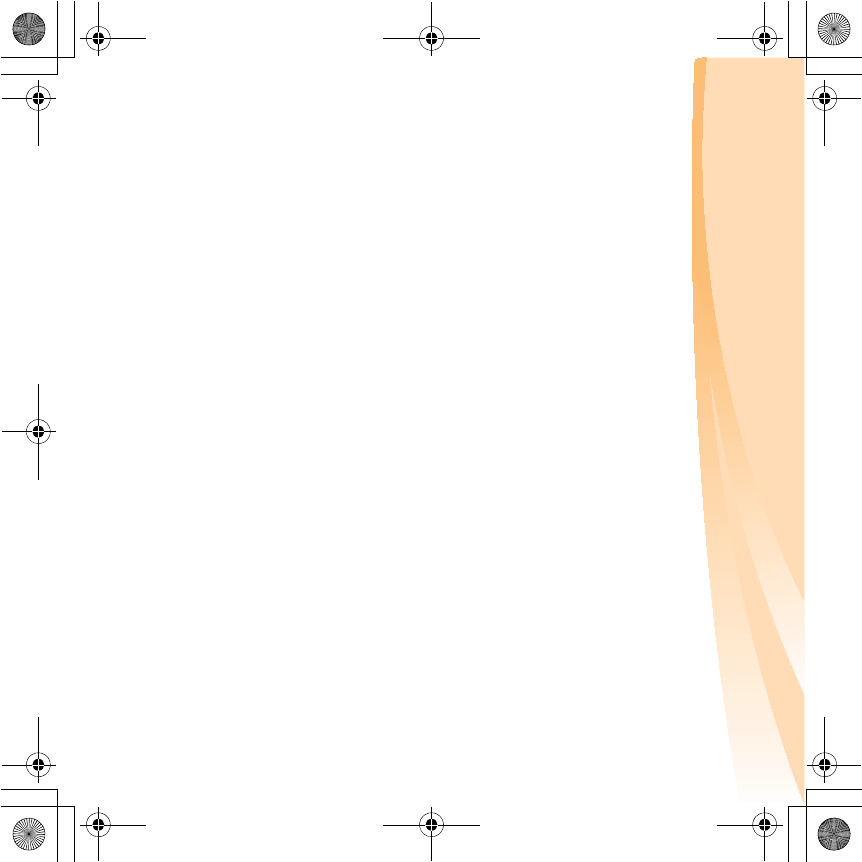
ii
Contents
Appendix D. Customer replaceable
units (CRUs)................................ 81
Appendix E. Notices................... 83
Notices......................................... 83
ENERGY STAR model
information ................................. 86
Wireless related
information ................................. 88
TV tuner information ................ 92
Electronic emissions notices..... 95
WEEE and recycling
statements ................................. 102
Turkish statement of
compliance................................ 102
EU WEEE statements .............. 103
Japan recycling statements..... 104
Notice for users in the
U.S.A.......................................... 106
Notice on deleting data from your
hard disk ................................... 106
Appendix F. Features and
specifications ........................... 108
Trademarks ............................... 110
Index .......................................... 111
S10-3s UserGuide V1.0_en.book Page ii Thursday, January 7, 2010 10:53 AM

iii
Important safety information
Important safety information - - - - - - - - - - - - - - - - - - - - - - - - - - - - - - - - - - - - - - - - -
This information can help you safely use your notebook personal
computer. Follow and retain all information included with your computer.
The information in this document does not alter the terms of your purchase
agreement or the Lenovo Limited Warranty. For more information, see
“Appendix C. Lenovo limited warranty” on page 67.
Read this first
Personal computers are electronic devices. Power cords, power adapters,
and other features can create potential safety risks that can result in
physical injury or property damage, especially if misused.
The safety risks are categorized as follows:
Danger:
Physical injury or even death may be caused.
Attention:
Property damage or even minor injury may be caused.
To protect yourself from hazards and create a safer computer work
environment, follow the instructions hereafter.
S10-3s UserGuide V1.0_en.book Page iii Thursday, January 7, 2010 10:53 AM
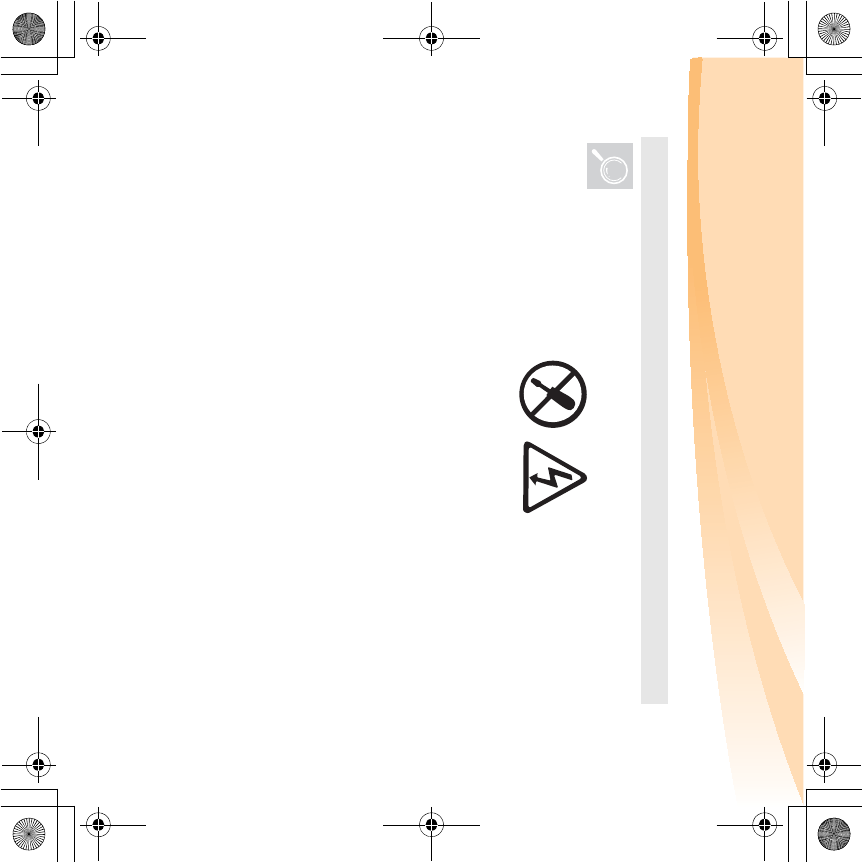
iv
Important safety information
Unpack
Inspect the covers of the computer and the AC adapter, especially
parts with the following labels attached for any crack or damage.
Danger:
• Hazardous voltage, current, and energy levels are present
inside any component that has this label attached.
S10-3s UserGuide V1.0_en.book Page iv Thursday, January 7, 2010 10:53 AM
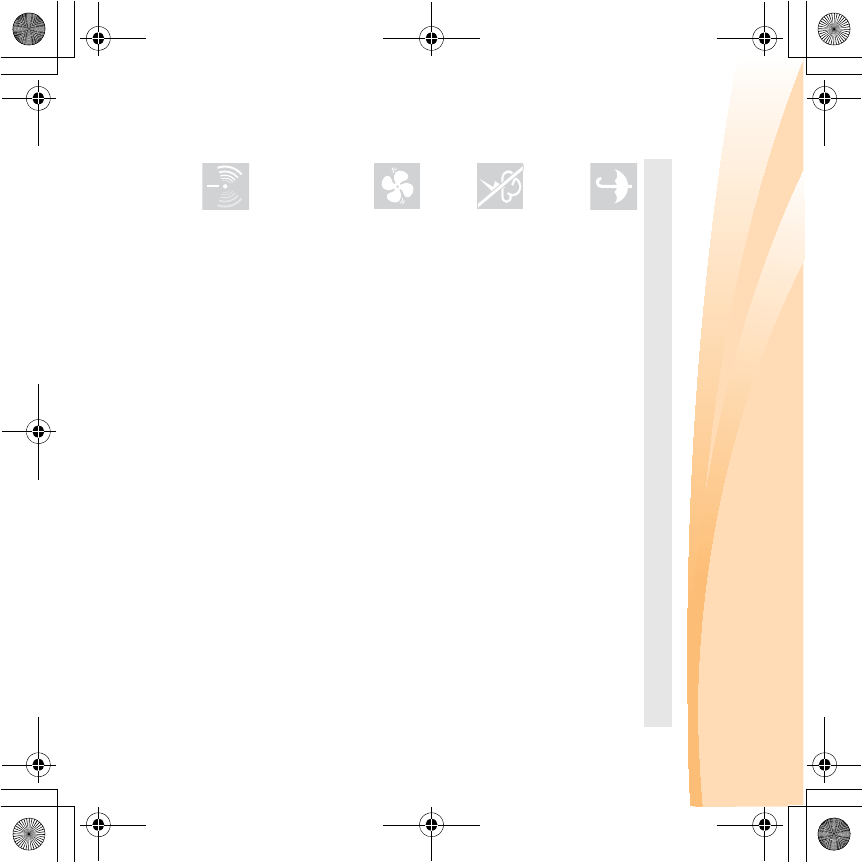
Important safety information
v
Working place
Do NOT use the computer in humid places such as a bathroom.
Keep the computer and other parts away from liquids.
Danger:
• An electric shock may be caused by spilled liquid.
Do NOT use the computer during a lightning storm.
Attention:
• Lightning storms may damage the computer and result in an
electric shock.
Ensure your computer and other components maintain good
ventilation.
Danger:
• Placing the working computer or other parts on a bed, sofa or
other flexible surface may block the ventilation slots causing
overheating of your computer or other parts and increases the
risk of fire.
Turn off wireless devices where they may cause interference, such as in
a hospital or at an airport.
S10-3s UserGuide V1.0_en.book Page v Thursday, January 7, 2010 10:53 AM
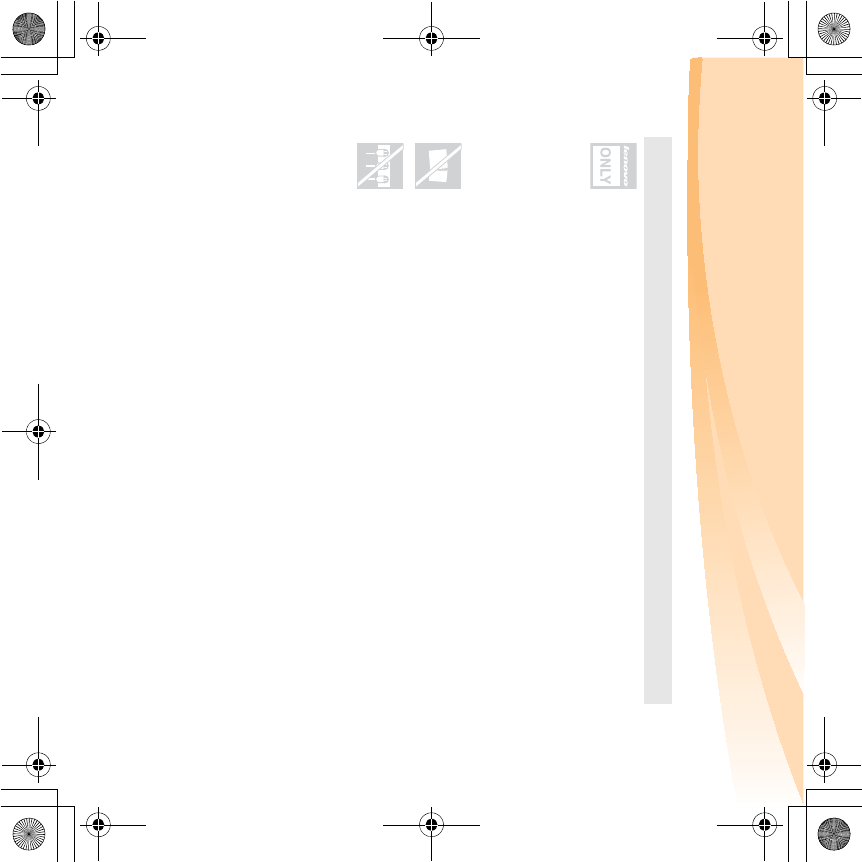
vi
Important safety information
Correct usage procedures
Use ONLY the power cord, power adapter and battery pack shipped
with the computer. Never use these devices with another product.
Be sure the power outlet is suitable for the plug and provides the
correct voltage and current for the product you are using.
Danger:
• An unsuitable power supply may damage your computer and
can cause an electric shock or fire.
Do NOT use a power outlet, power cord, power adapter or battery
pack that appears to be damaged or corroded.
Do NOT share an electrical outlet with other home or commercial
appliances that draw large amounts of electricity.
If power strips are used, the load should NOT exceed the power strip’s
input rating. Unplug the power cord if there are any cracking, hissing,
or popping sounds, or if a strong odor comes from the computer.
Danger:
• Overloading the power supply may cause unstable voltages
which might damage the computer, data, attached devices, or
even cause a fire.
S10-3s UserGuide V1.0_en.book Page vi Thursday, January 7, 2010 10:53 AM

Important safety information
vii
Do NOT wrap the power cord around the power adapter or other
objects.
Do NOT squeeze or pinch the cord, or place heavy objects on it.
Attention:
• Stressing the cord may cause the cord to fray, crack or crimp
which may present a safety hazard.
Avoid keeping your hands, your lap, or any other part of your body in
contact with a hot section of the working computer for any extended
length of time.
Attention:
• Extended contact with your body, even through clothing, could
cause discomfort or even a skin burn.
Do not drop, bump, scratch, hit or place heavy objects on the liquid
crystal display (LCD) of your computer.
Attention:
• Direct contact with liquid crystal material from a broken LCD is
hazardous; if contact occurs, rinse with large amount of running
water for more than 15 minutes.
S10-3s UserGuide V1.0_en.book Page vii Thursday, January 7, 2010 10:53 AM
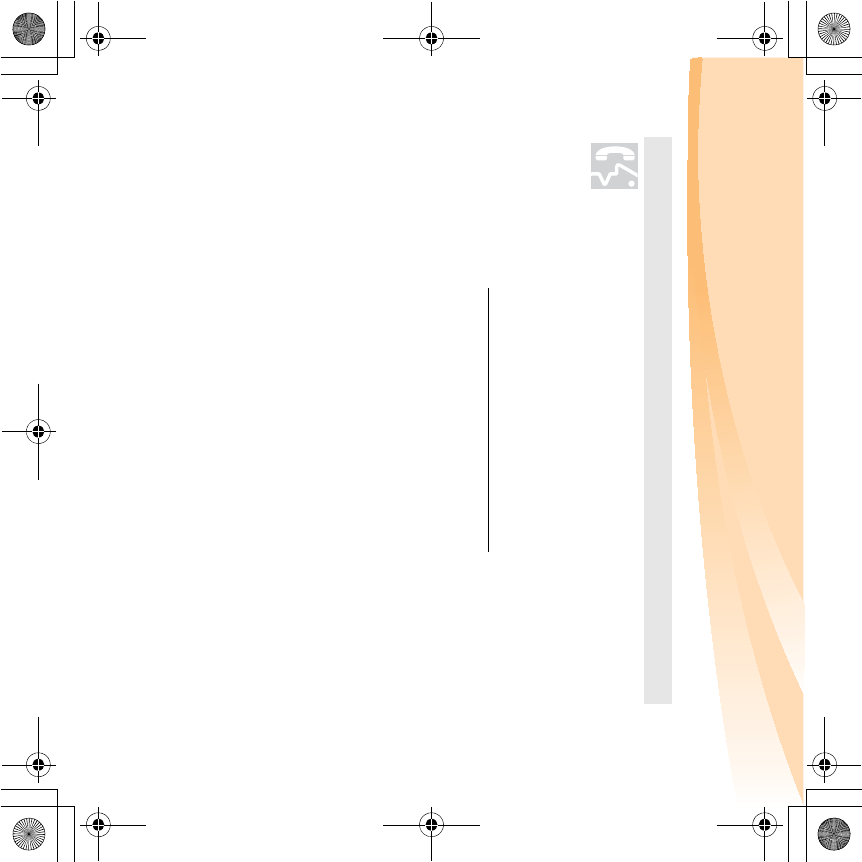
viii
Important safety information
Service and upgrades
Do NOT attempt to service a product yourself unless instructed to do
so by the customer support center or your documentation.
Attention:
• DO NOT take risks or attempt to diagnose the situation
yourself. Contact the customer support center for further
guidance. For a list of service and support phone numbers,
go to http://consumersupport.lenovo.com.
Lenovo provides documentation with instructions when it is
appropriate for customers to install options or replace units (CRUs).
Closely follow all instructions when installing or replacing parts.
Disconnect the attached power cords, battery pack, and all the cables
before you open the device covers, unless instructed otherwise in the
installation and configuration procedures.
Keep the covers closed whenever the computer is plugged in.
S10-3s UserGuide V1.0_en.book Page viii Thursday, January 7, 2010 10:53 AM
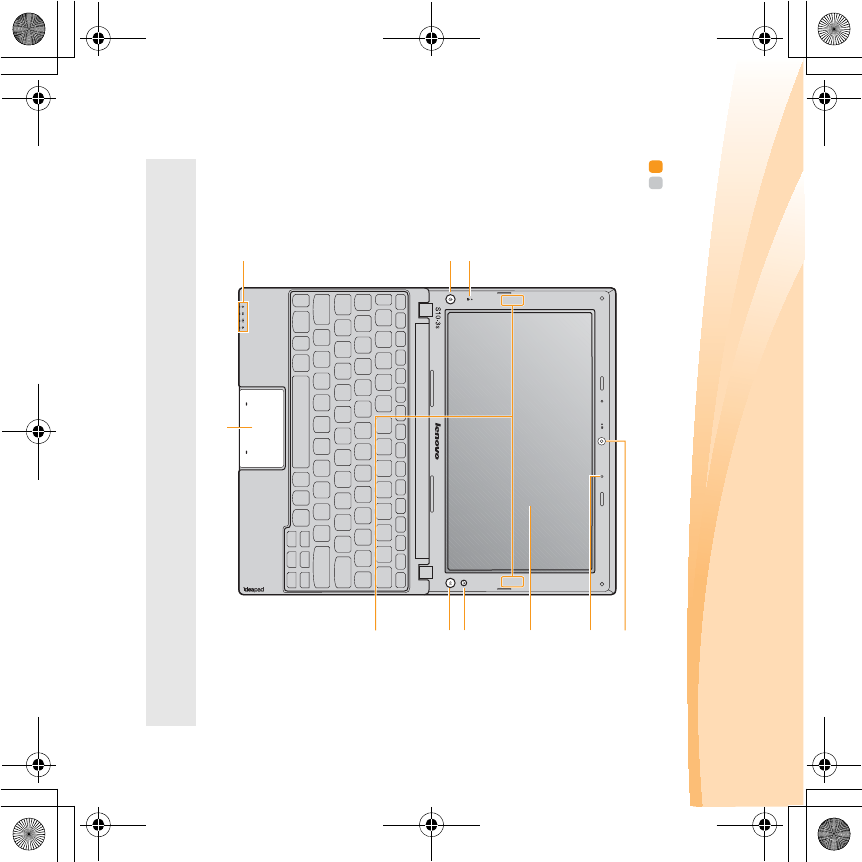
1
Chapter 1. Getting to know your computer
Top view - - - - - - - - - - - - - - - - - - - - - - - - - - - - - - - - - - - - - - - - - - - - - - - - - - - - - - - - - - - - - - - - - - - - - - - - - - - - - - - - - - - - - - - - - - -
Note: The illustrations in this manual may differ from the actual product. Please refer to
the actual product.
a
b
a
h
e
c
d
g
i
f
S10-3s UserGuide V1.0_en.book Page 1 Thursday, January 7, 2010 10:53 AM

2
Chapter 1. Getting to know your computer
Attention:
•Do NOT open the display panel beyond 130 degrees. When closing the display
panel, be careful NOT to leave pens or any other objects in between the display
panel and the keyboard. Otherwise, the display panel may be damaged.
System status
indicators
For details, see “System status indicators” on page 20.
Power button Press this button to turn on the computer.
Integrated
camera
Use the camera for video communication.
Built-in array
microphone
The built-in microphone (with noise reduction) can be used
for video conferencing, voice narration, or simple audio
recordings.
Computer
display
The LCD display with LED backlight provides brilliant
visual output.
OneKey Rescue
system button
Press this button to open OneKey Rescue system (If
OneKey Rescue system has been preinstalled) when the
computer is powered off.
Note: For details, see “Chapter 4. OneKey Rescue system” on page 35.
Quick Start
button
When the computer is powered-off, press this button to enter
Lenovo Quick Start if it has been installed.
One-piece
touchpad
The touchpad functions as a conventional mouse with
built-in left-click and right-click buttons.
Note: For details, see “Using the touchpad” on page 14.
Wireless module
antennas (select
models only)
The built-in antennas ensure optimal reception of wireless
radio.
S10-3s UserGuide V1.0_en.book Page 2 Thursday, January 7, 2010 10:53 AM
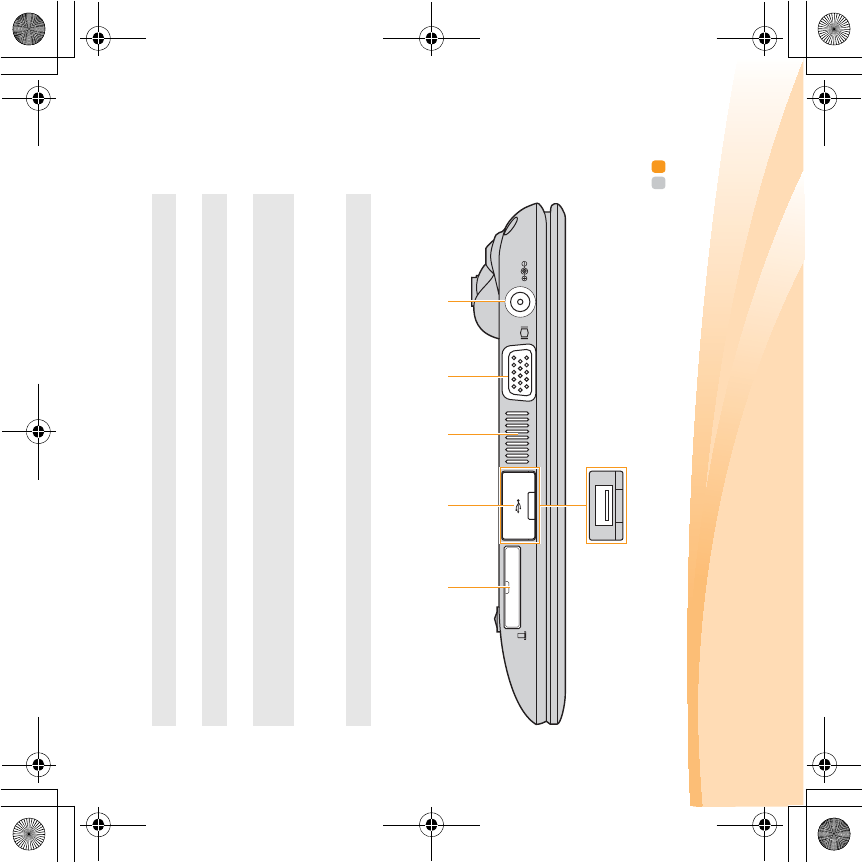
Chapter 1. Getting to know your computer
3
Left-side view - - - - - - - - - - - - - - - - - - - - - - - - - - - - - - - - - - - - - - - - - - - - - - - - - - - - - - - - - - - - - - - - - - - - - - - - - - - - - -
AC power
adapter jack
Connect the AC adapter here.
Note: For details, see “Using AC adapter and battery” on page 11.
VGA port Connect to external display devices.
Fan louvers Dissipate internal heat.
Note: Make sure that none of the fan louvers are blocked or else overheating of the
computer may occur.
USB port Connects to USB devices.
Note: For details, see “Connecting a universal serial bus (USB) device” on page 25.
Memory card slot Insert memory cards (not supplied) here.
Note: For details, see “Using memory cards (not supplied)” on page 23.
eab
cd
S10-3s UserGuide V1.0_en.book Page 3 Thursday, January 7, 2010 10:53 AM

4
Chapter 1. Getting to know your computer
Right-side view - - - - - - - - - - - - - - - - - - - - - - - - - - - - - - - - - - - - - - - - - - - - - - - - - - - - - - - - - - - - - - - - - - - - - - - - - -
Integrated
wireless device
switch
Use this switch to turn on/off the wireless radio of all
wireless devices on your computer.
Headphone jack Connect to an external headphone.
Attention:
•Listening to music at high volume over extended periods of time
may damage your hearing.
Microphone jack Connect to an external microphone.
USB port Connect to USB devices.
Note: For details, see “Connecting a universal serial bus (USB) device” on page 25.
e f
d
ab
c
S10-3s UserGuide V1.0_en.book Page 4 Thursday, January 7, 2010 10:53 AM
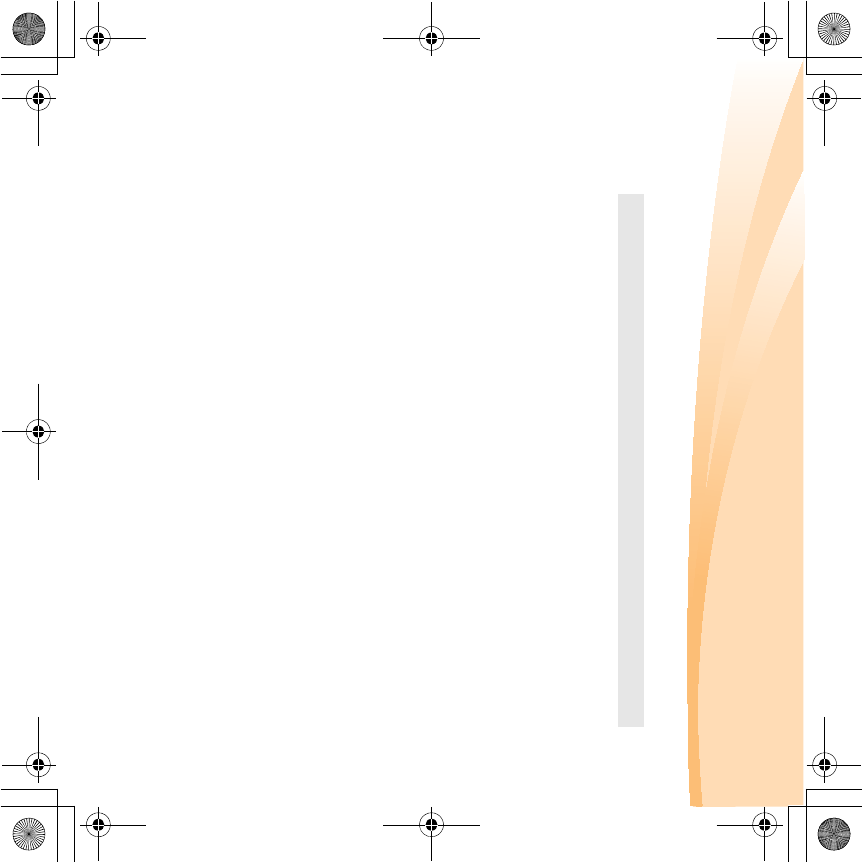
Chapter 1. Getting to know your computer
5
RJ-45 port
The port connects the computer to an Ethernet network.
Note: For details, see “Wired connection” on page 28.
Lanyard hole Used for attaching a lanyard (not supplied).
S10-3s UserGuide V1.0_en.book Page 5 Thursday, January 7, 2010 10:53 AM
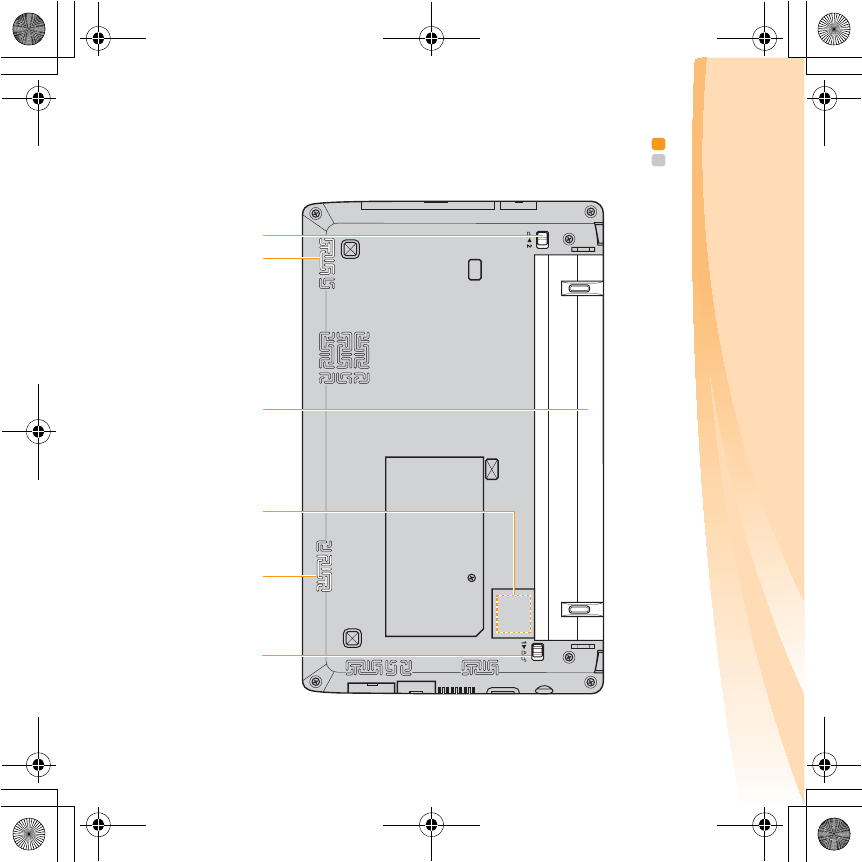
6
Chapter 1. Getting to know your computer
Bottom view - - - - - - - - - - - - - - - - - - - - - - - - - - - - - - - - - - - - - - - - - - - - - - - - - - - - - - - - - - - - - - - - - - - - - - - - - - - - - - - - - -
c
ab b
de
S10-3s UserGuide V1.0_en.book Page 6 Thursday, January 7, 2010 10:53 AM
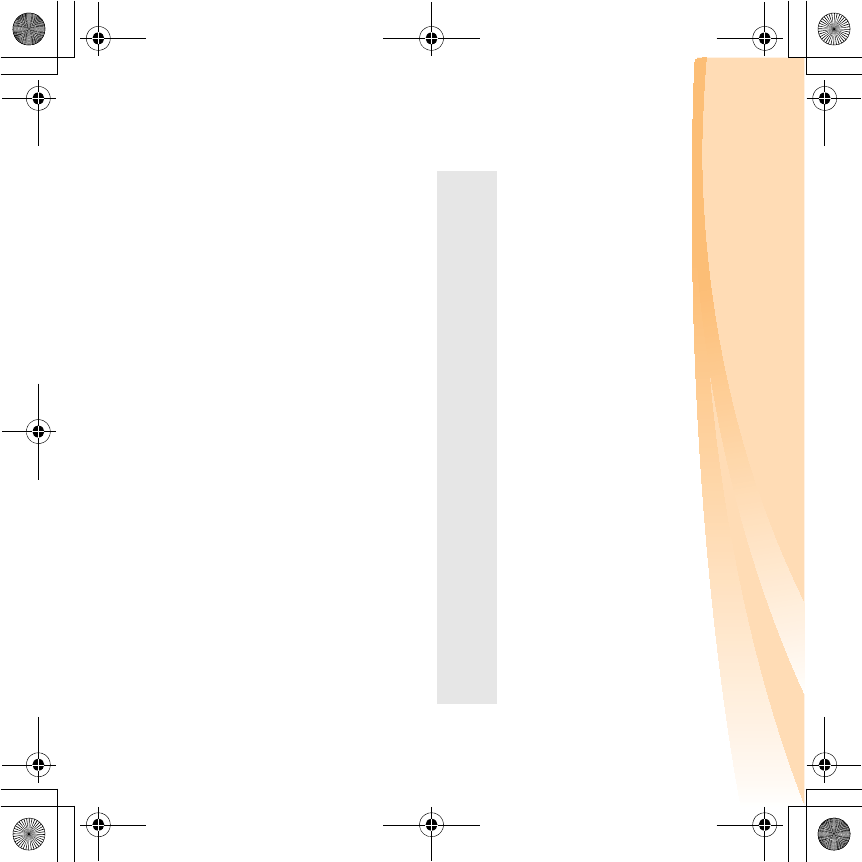
7
Chapter 1. Getting to know your computer
Battery latch -
spring loaded
The spring-loaded battery latch keeps the battery pack
secured in place.
Speakers The stereo speakers provide rich and powerful sound.
Battery pack For details, see “Using AC adapter and battery” on page 11.
SIM card slot
(select models
only)
Insert a SIM card (not supplied) for using Mobile
Broadband.
Notes:
•After removing the battery pack, you can insert a SIM card into this slot.
•For details, see “Using Mobile Broadband (select models only)” on page 32
Battery latch -
manual
The manual battery latch is used to keep the battery pack
secured in place.
S10-3s UserGuide V1.0_en.book Page 7 Thursday, January 7, 2010 10:53 AM
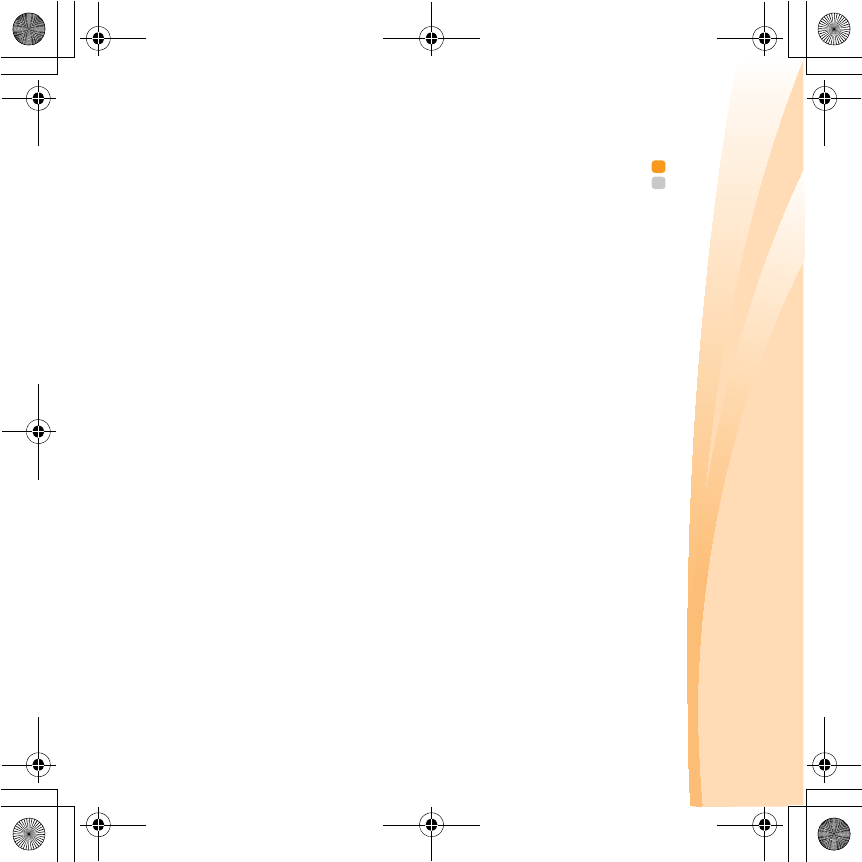
8
Chapter 2. Learning the basics
First use
- - - - - - - - - - - - - - - - - - - - - - - - - - - - - - - - - - - - - - - - - - - - - - - - - - - - - - - - - - - - - - - - - - - - - - - - - - - - - - - - - - - - - - - - - - - - - - -
Reading the manuals
Read the supplied manuals before using your computer.
Connecting to the power
The supplied battery pack is not fully charged at purchase.
To charge the battery and begin using your computer, insert the battery
pack and connect the computer to an electrical outlet. The battery is
automatically charged while the computer is running on AC power.
Installing the battery pack
Refer to the supplied Setup Poster to install the battery pack.
Connecting the computer to an electrical outlet
1
Connect the power cord to the AC adapter.
2
Connect the AC adapter to the AC power adapter jack of the computer.
3
Plug the power cord into an electrical outlet.
S10-3s UserGuide V1.0_en.book Page 8 Thursday, January 7, 2010 10:53 AM

Chapter 2. Learning the basics
9
Turning on the computer
Press the power button to turn on the computer.
Configuring the operating system
You may need to configure the operation system when it is first used. The
configuration process may include the procedures below.
• Accepting the end user license agreement
• Configuring the Internet connection
• Registering the operating system
• Creating a user account
Putting your computer into sleep state or shutting it down
When you finish working with your computer, you can put it into sleep
state or shut it down.
Putting your computer into sleep state
If you will be away from your computer for only a short time, put the
computer into sleep state.
When the computer is in sleep state, you can quickly wake it to resume use,
and bypass the startup process.
S10-3s UserGuide V1.0_en.book Page 9 Thursday, January 7, 2010 10:53 AM
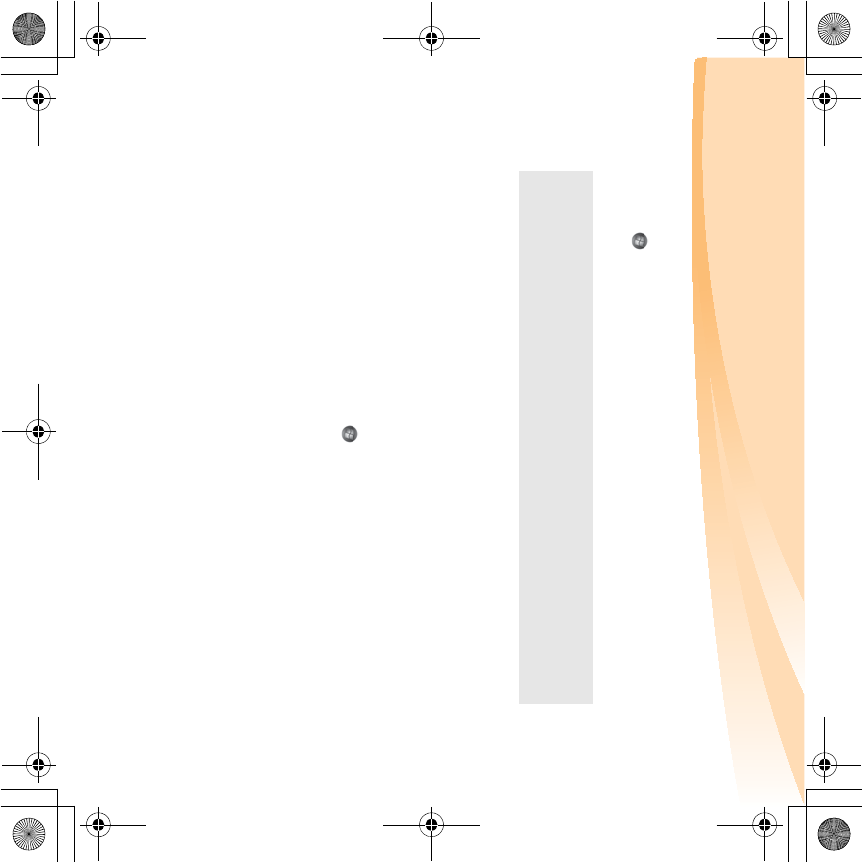
10
Chapter 2. Learning the basics
To put the computer into sleep state, do one of the following.
• Click and select Sleep from the Start menu.
•Press Fn + F1.
To wake the computer, do one of the following.
• Press the power button.
• Press any key on the keyboard.
Shutting down your computer
If you are not going to use your computer for a day or two, shut it down.
To shut down your computer, click and select Shut down from the Start
menu.
Note: Wait until the power indicator light starts blinking (indicating that the
computer is in sleep state) before you move your computer. Moving your
computer while the hard disk is spinning can damage the hard disk, causing
loss of data.
S10-3s UserGuide V1.0_en.book Page 10 Thursday, January 7, 2010 10:53 AM
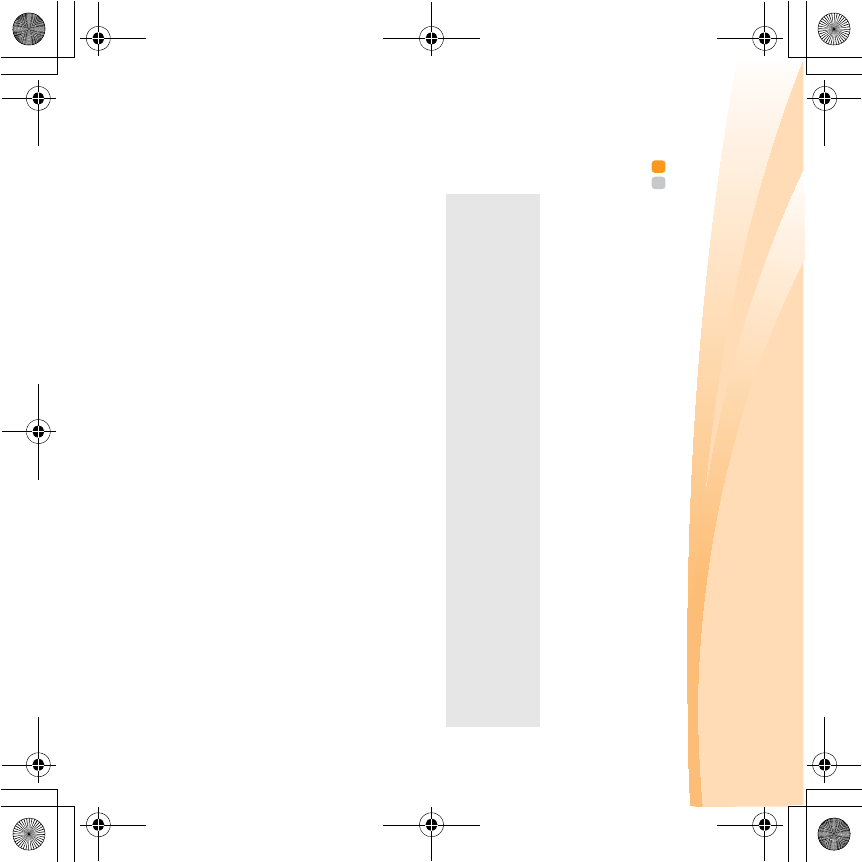
Chapter 2. Learning the basics
11
Using AC adapter and battery - - - - - - - - - - - - - - - - - - - - - - - - - - - - - - - - - - - - - - - - - - - - - - -
Checking battery status
You can determine the percentage of battery power remaining by checking
the battery icon in the notification area.
Charging the battery
When you find that the battery power is low, you need to charge the
battery or replace it with a fully charged one.
You need to charge the battery in any of the following situations:
• When you purchase a new battery
• If the battery status indicator starts blinking
• If the battery has not been used for a long time
Note: As each computer user has different habits and needs, it is difficult to predict
how long a battery charge will last. There are two main factors:
• The amount of energy stored in the battery when you commence work.
• The way you use your computer: for example, how often you access the
hard disk drive and how bright you make the computer display.
S10-3s UserGuide V1.0_en.book Page 11 Thursday, January 7, 2010 10:53 AM

12
Chapter 2. Learning the basics
Removing the battery pack
If you are not going to use the computer for an extended period of time, or
if you need to send your computer to Lenovo for service, etc., remove the
battery pack from the computer. Before removing the battery pack, make
sure the computer has been shut down.
Notes:
•You are advised to insert the battery pack when using your computer to prevent
small particles from entering the inside of your computer.
•To increase the life of the battery pack, the computer does not start recharging
the battery immediately after it drops from fully charged.
•Charge the battery at a temperature between 50 °F and 80 °F (10 °C-30 °C).
•Full charge or discharge is not required.
S10-3s UserGuide V1.0_en.book Page 12 Thursday, January 7, 2010 10:53 AM
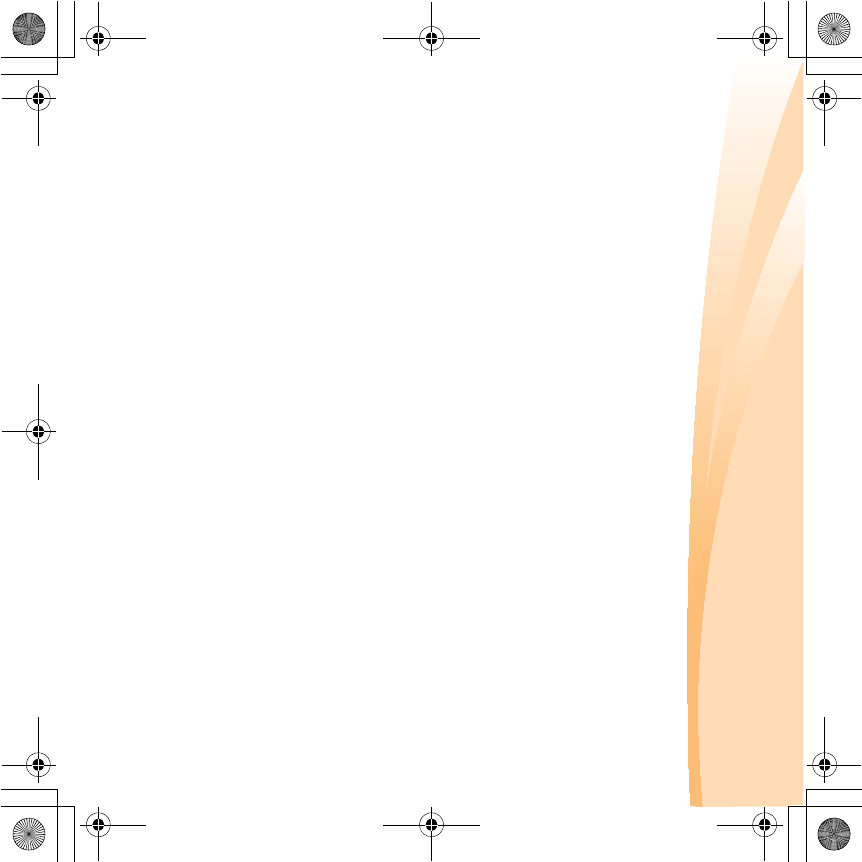
Chapter 2. Learning the basics
13
Handling the battery
If the rechargeable battery pack is replaced with an incorrect type, there may
be danger of an explosion. The battery pack contains a small amount of
harmful substances. To avoid possible injury and detriment to the
environment, pay attention to the following points:
• Replace only with a battery of the type recommended by Lenovo.
• Keep the battery pack away from fire.
• Do not expose the battery pack to water or rain.
• Do not attempt to disassemble the battery pack.
• Do not short-circuit the battery pack.
• Keep the battery pack away from children.
• Do not put the battery pack in trash that is disposed of in landfills. When
disposing of the battery, comply with local ordinances or regulations and
your company’s safety standards.
S10-3s UserGuide V1.0_en.book Page 13 Thursday, January 7, 2010 10:53 AM
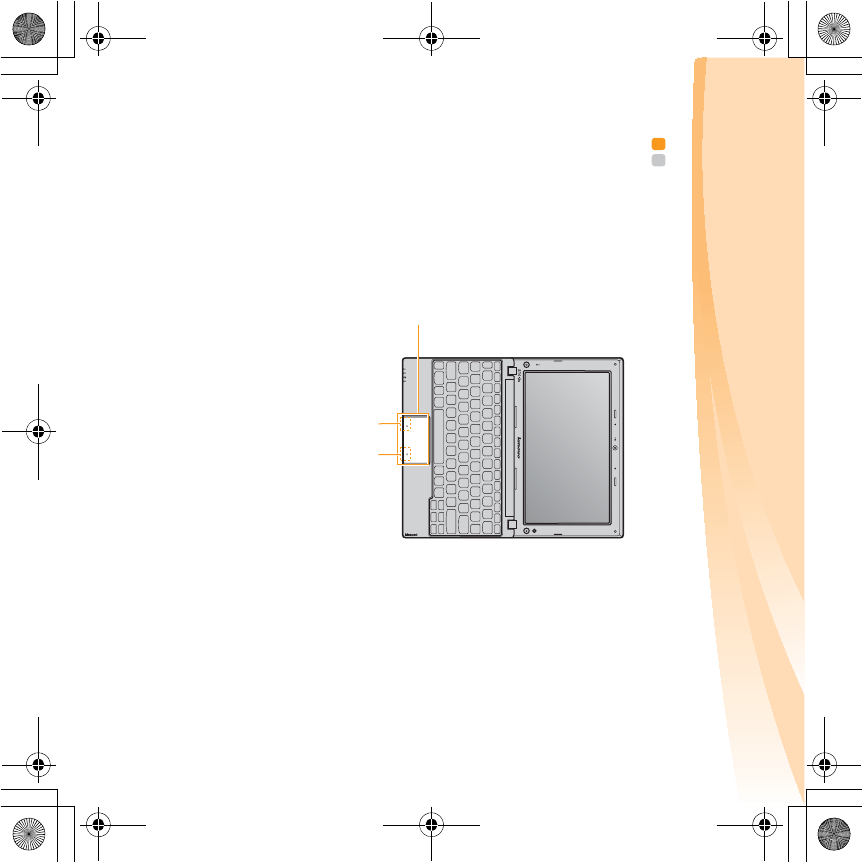
14
Chapter 2. Learning the basics
Using the touchpad - - - - - - - - - - - - - - - - - - - - - - - - - - - - - - - - - - - - - - - - - - - - - - - - - - - - - - - - - - - - - - - - - - - - -
One-piece touchpad To move the cursor on the screen, slide your
fingertip over the pad in the direction in which you
want the cursor to move.
Bottom left area The function corresponds to that of the left mouse
button on a conventional mouse, which can be
implemented by clicking this area.
Bottom right area The function corresponds to that of the right mouse
button on a conventional mouse, which can be
implemented by clicking this area.
a
b
c
S10-3s UserGuide V1.0_en.book Page 14 Thursday, January 7, 2010 10:53 AM
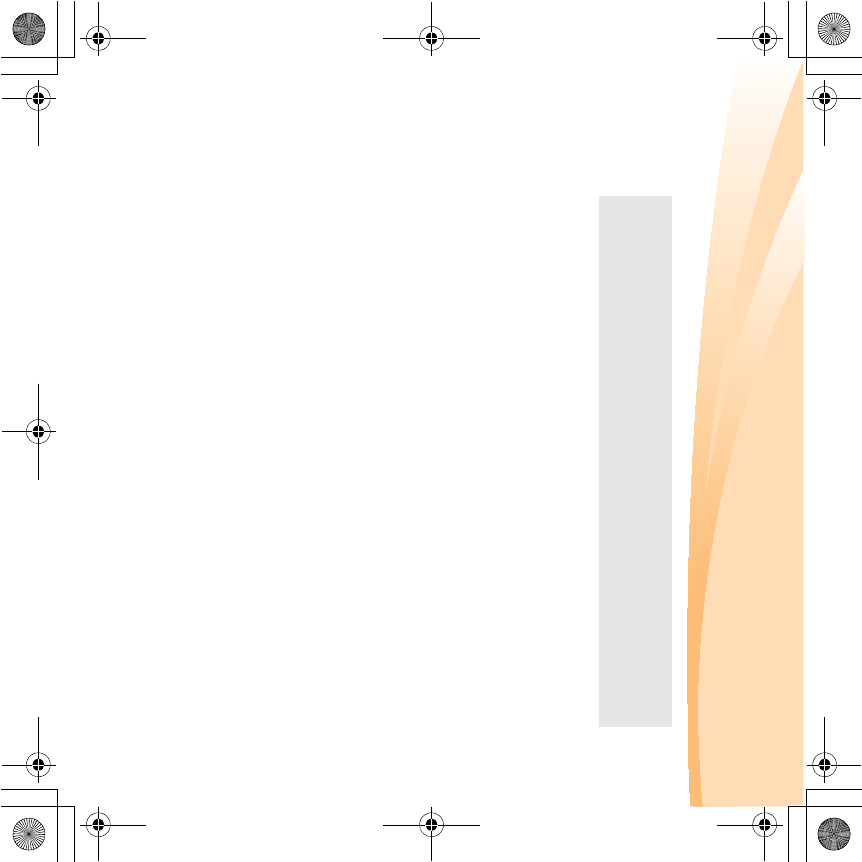
Chapter 2. Learning the basics
15
Notes:
•You can enable/disable the touchpad using Fn+F6.
•The touchpad may be disabled beyond the designated area when manipulated
with two fingers together.
S10-3s UserGuide V1.0_en.book Page 15 Thursday, January 7, 2010 10:53 AM
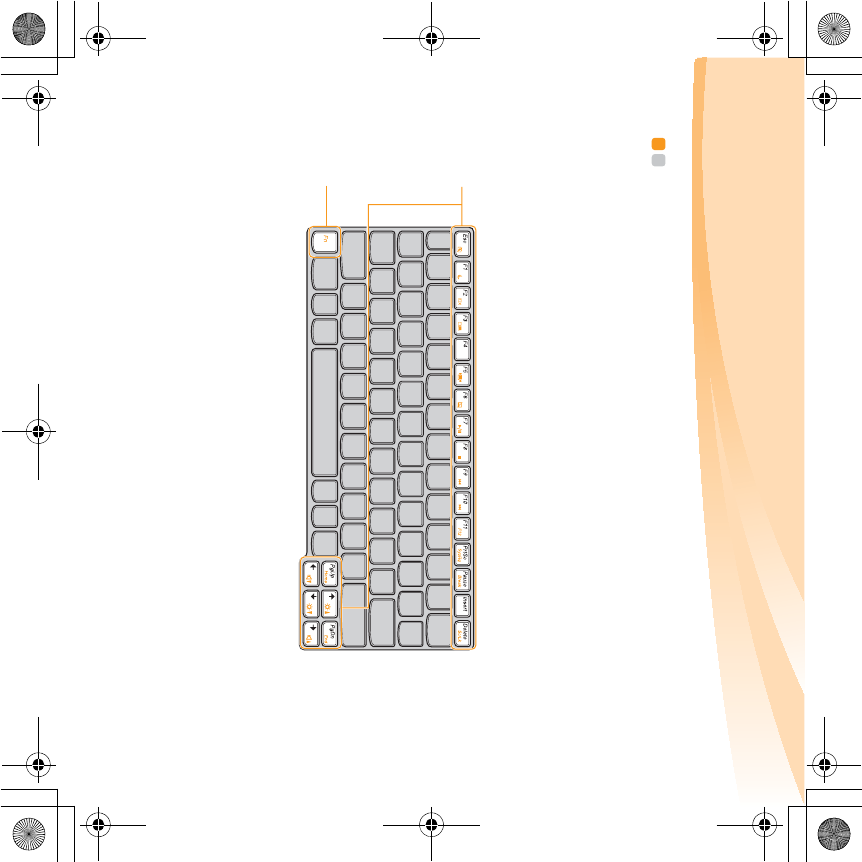
16
Chapter 2. Learning the basics
Using the keyboard - - - - - - - - - - - - - - - - - - - - - - - - - - - - - - - - - - - - - - - - - - - - - - - - - - - - - - - - - - - - - - - - - - - - -
Your computer has function keys incorporated in its standard keyboard.
Function key combinations
Through the use of the function keys, you can change operational features
instantly. To use this function, press and hold Fn ; then press one of the
function keys .
a
b
S10-3s UserGuide V1.0_en.book Page 16 Thursday, January 7, 2010 10:53 AM
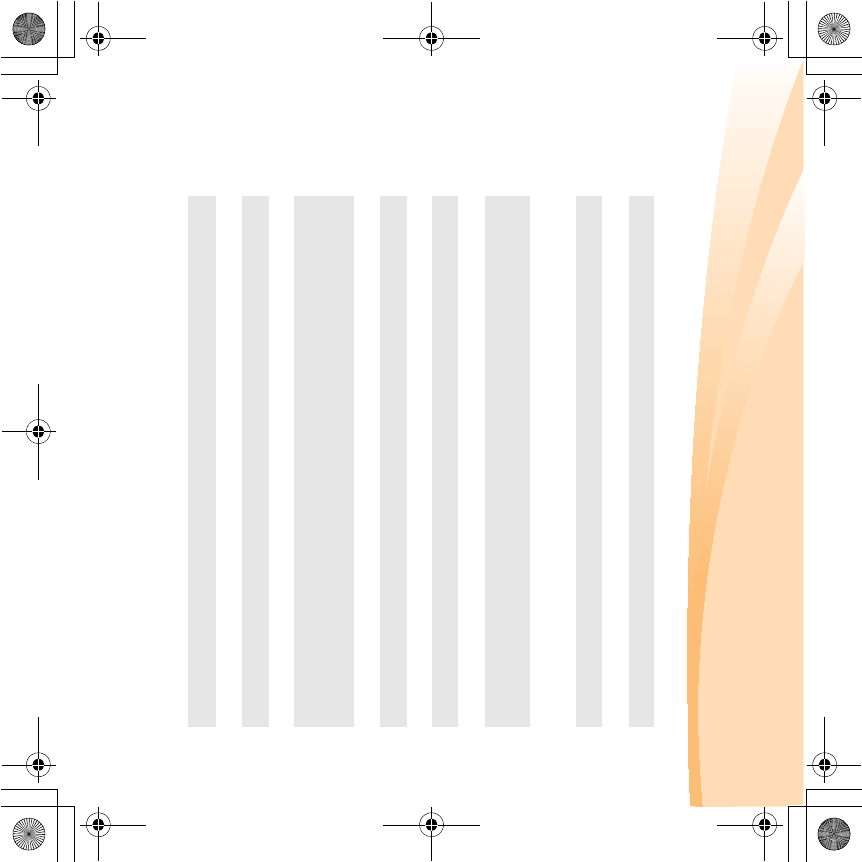
Chapter 2. Learning the basics
17
The following describes the features of each function key.
Fn + Esc: Turn on/off the integrated camera.
Fn + F1: Enter sleep mode.
Fn + F2: Turn on/off the LCD screen.
Fn + F3: Open the interface for the display device switch
to select notebook or external display.
Fn + F5: Open the interface for integrated wireless devices
settings (enable/disable).
Fn + F6: Enable/Disable the touchpad.
Fn + F7: Start/Pause playback of Windows Media Player.
Fn + F8: Stop playback of Windows Media Player.
Fn + F9: Skip to the previous track.
Fn + F10: Skip to the next track.
Fn + F11:
Activate the F12 function.
* You can press Fn+F11 during computer startup to
open the boot selection menu.
Fn + PrtSc: Activate the system request.
Fn + Pause: Activate the break function.
Fn + Delete: Enable/Disable the Scroll Lock.
Fn + n/p:Increase/Decrease display brightness.
Fn + o/m:Increase/Decrease volume level.
S10-3s UserGuide V1.0_en.book Page 17 Thursday, January 7, 2010 10:53 AM

18
Chapter 2. Learning the basics
Special buttons - - - - - - - - - - - - - - - - - - - - - - - - - - - - - - - - - - - - - - - - - - - - - - - - - - - - - - - - - - - - - - - - - - - - - - - - - - - - - -
S10-3s UserGuide V1.0_en.book Page 18 Thursday, January 7, 2010 10:53 AM

Chapter 2. Learning the basics
19
OneKey Rescue system button
• When the computer is powered off, press this button to enter the
OneKey Rescue system if Lenovo OneKey Rescue system has been
preinstalled.
• Under Windows operating system, press this button to start Lenovo
OneKey Recovery.
Quick Start button
• When the computer is powered-off, press this button to enter Lenovo
Quick Start if it has been installed.
• Under Windows operating systems, press this button to launch a self-
defined program, file or a Website.
Note:
For details, see “OneKey Rescue system” on page 35.
Note:
For details, see “Using Lenovo Quick Start (select models only)” on page 26.
Note: To re-define the Quick Start button, select Self-defined program setting
(oAll Programs oLenovo oEnergy Management oSelf-defined
program setting).
S10-3s UserGuide V1.0_en.book Page 19 Thursday, January 7, 2010 10:53 AM
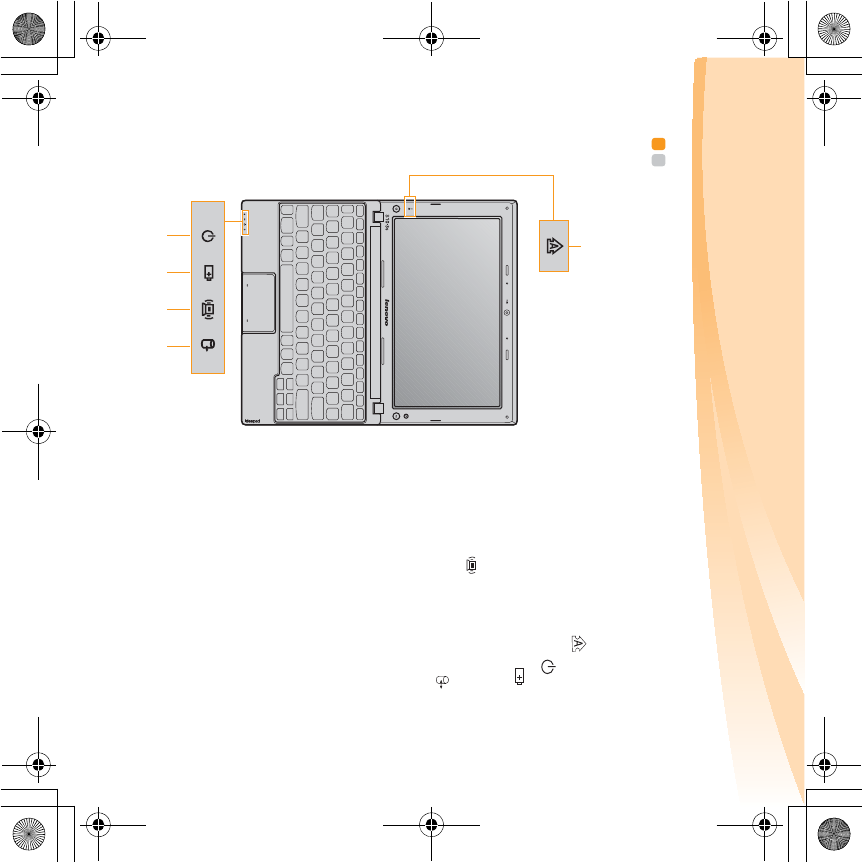
20
Chapter 2. Learning the basics
System status indicators - - - - - - - - - - - - - - - - - - - - - - - - - - - - - - - - - - - - - - - - - - - - - - - - - -
These indicators inform you of the computer status.
b
c
de
aCaps lock indicator
Power status indicator
Battery status indicator
Wireless communication
indicator
Hard disk drive indicator
S10-3s UserGuide V1.0_en.book Page 20 Thursday, January 7, 2010 10:53 AM
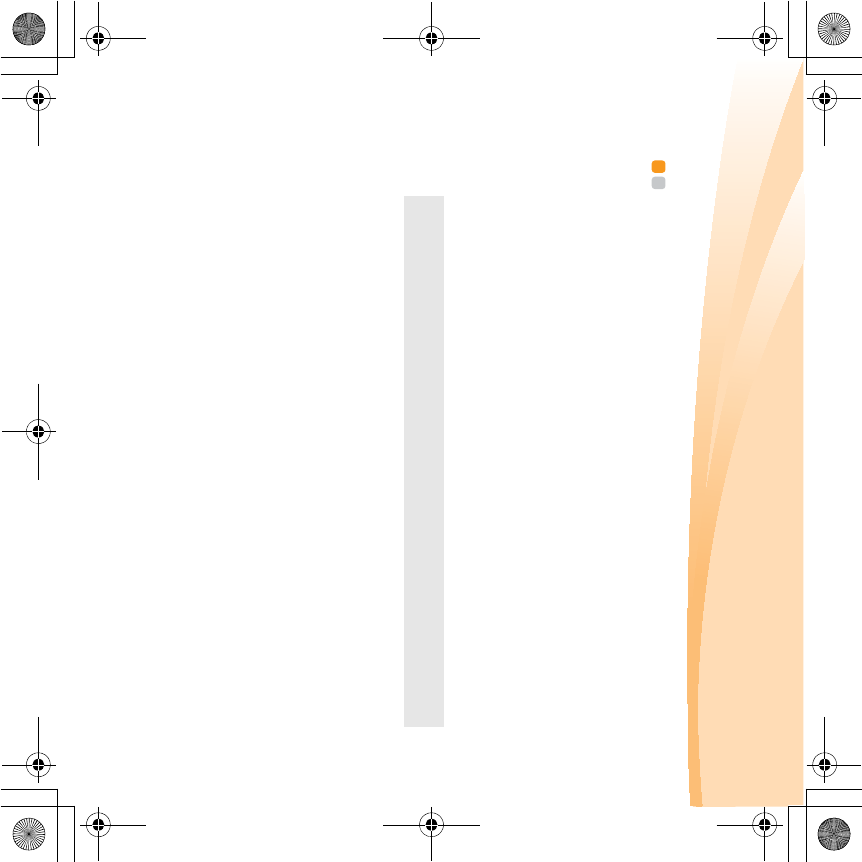
Chapter 2. Learning the basics
21
Securing your computer - - - - - - - - - - - - - - - - - - - - - - - - - - - - - - - - - - - - - - - - - - - - - - - - - - - - - - - - - - -
This section provides information about how to help protect your
computer from theft and unauthorized use.
Using VeriFace™
VeriFace is a face recognition software which takes a digital snapshot,
extracts key features of your face, and creates a digital map that becomes
the system’s “password”.
If you want to activate VeriFace for the first time, click the VeriFace icon on
the desktop to register your facial image.
For more details on VeriFace, see the software help.
Note: The face registration and verification works best in an environment with
steady and even light.
S10-3s UserGuide V1.0_en.book Page 21 Thursday, January 7, 2010 10:53 AM
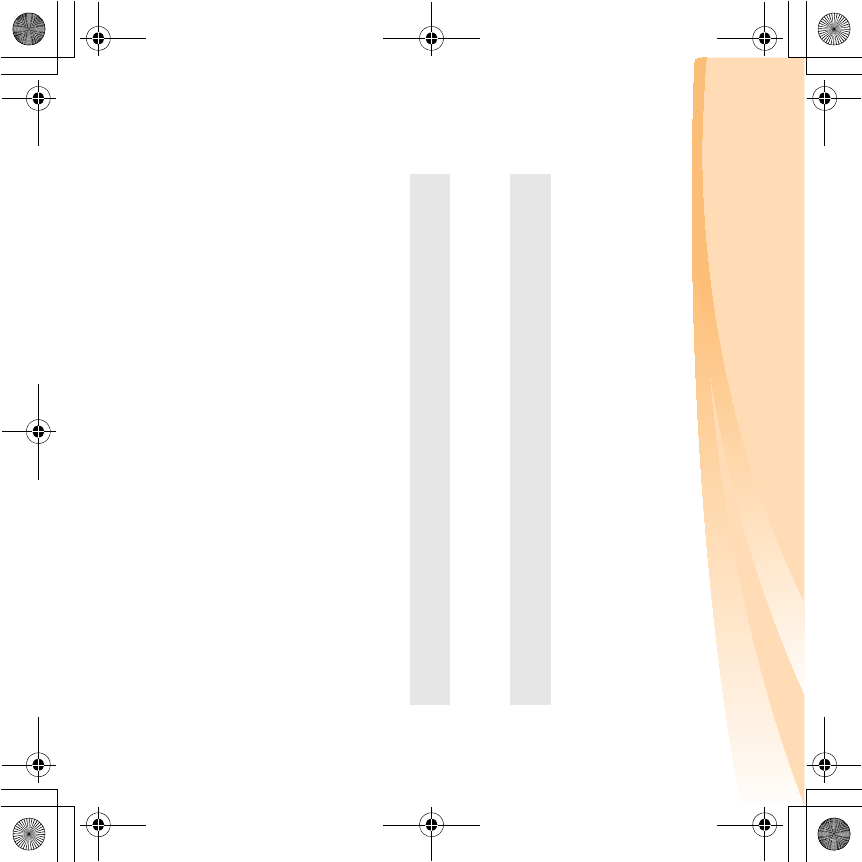
22
Chapter 2. Learning the basics
Using passwords
Using passwords helps prevent your computer from being used by others.
Once you set a password and enable it, a prompt appears on the screen
each time you power on the computer. Enter your password at the prompt.
The computer cannot be used unless you enter the correct password.
For details about how to set the password, see the help to the right of the
screen in BIOS Setup Utility.
Note: This password can be from one to eight alphanumeric characters in any
combination.
Note: To enter BIOS Setup Utility, press F2 when the Lenovo logo appears on the
screen while the computer is starting up.
S10-3s UserGuide V1.0_en.book Page 22 Thursday, January 7, 2010 10:53 AM
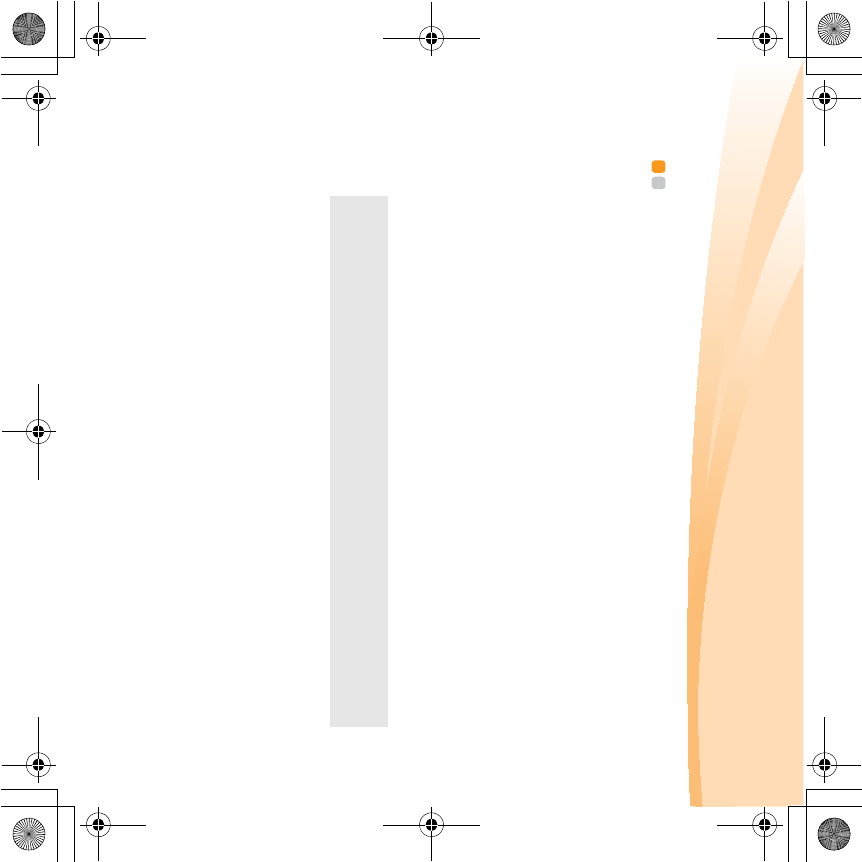
Chapter 2. Learning the basics
23
Connecting external devices - - - - - - - - - - - - - - - - - - - - - - - - - - - - - - - - - - - - - - - - - -
Your computer has a wide range of built-in features and connection
capabilities.
Using memory cards (not supplied)
Your computer supports the following types of memory cards:
• Secure Digital (SD) card
• High Capacity Secure Digital (SDHC) card
• MultiMediaCard (MMC)
• Memory Stick (MS)
• Memory Stick PRO (MS PRO)
Notes:
•Insert ONLY one card in the slot at a time.
•This card reader does not support SDIO devices (e.g., SDIO Bluetooth, etc.).
S10-3s UserGuide V1.0_en.book Page 23 Thursday, January 7, 2010 10:53 AM

24
Chapter 2. Learning the basics
Inserting a memory card
1
Push the dummy card until you hear a click. Gently pull the dummy
card out of the memory card slot.
2
Slide the memory card in until it clicks into place.
Removing a memory card
1
Push the memory card until you hear a click.
2
Gently pull the memory card out of the memory card slot.
Note: The dummy card is used for preventing dust and small particles from
entering the inside of your computer when the memory card slot is not in use.
Retain the dummy card for future use.
Note: Before removing the memory card, disable it via Windows safely remove
hardware and eject media utility to avoid data corruption.
S10-3s UserGuide V1.0_en.book Page 24 Thursday, January 7, 2010 10:53 AM
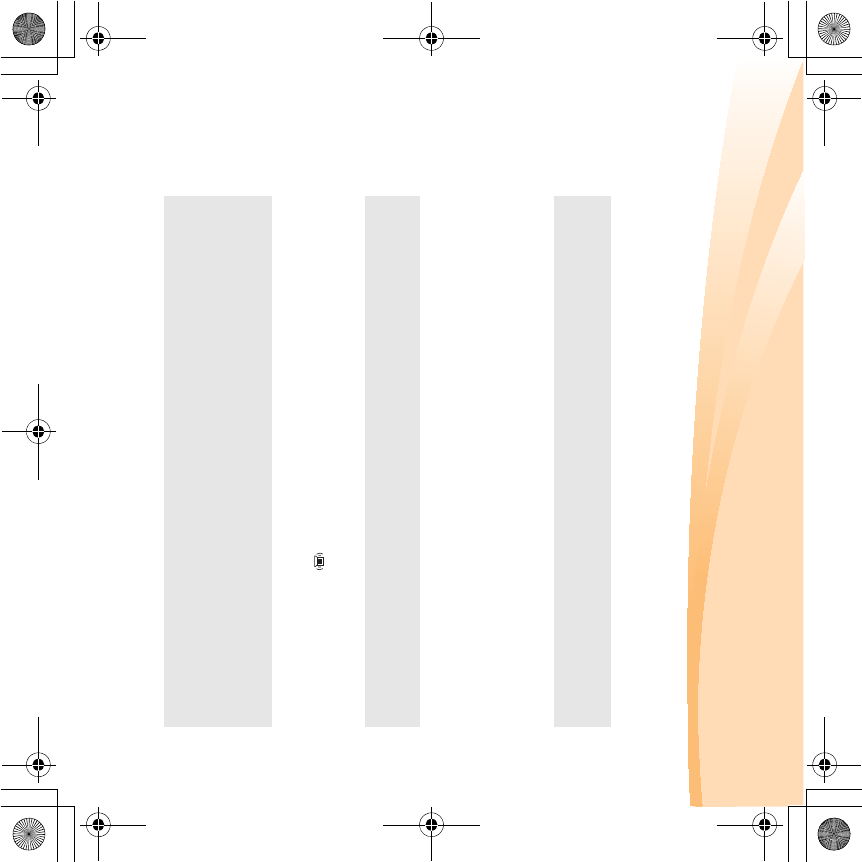
Chapter 2. Learning the basics
25
Connecting a universal serial bus (USB) device
Your computer comes with three USB ports compatible with USB devices.
Connecting a Bluetooth enabled device (select models only)
If your computer has an integrated Bluetooth adapter card, it can connect to
and transfer data wirelessly to other Bluetooth enabled devices, such as
notebook computers, PDAs and cell phones. You can transfer data between
these devices without cables at up to 10 meters range in open space.
Enabling Bluetooth communications on your computer
1
Slide the integrated wireless device switch to .
2
Press Fn +F5 to make configuration.
Note: When using a high power consumption USB device such as USB ODD, use
the external device’s power adapter. Otherwise, the device may not be
recognized, and system shut down may result.
Note: The actual maximum range may vary due to interference and transmission
barriers. To get the best possible connection speed, place the device as near
your computer as possible.
Notes:
•When you do not need to use the Bluetooth function, turn it off to save battery
power.
•You need to pair the Bluetooth enabled device with your computer before you can
transfer data between them. Read the documentation supplied with the Bluetooth
enabled device for details on how to pair the device with your computer.
S10-3s UserGuide V1.0_en.book Page 25 Thursday, January 7, 2010 10:53 AM
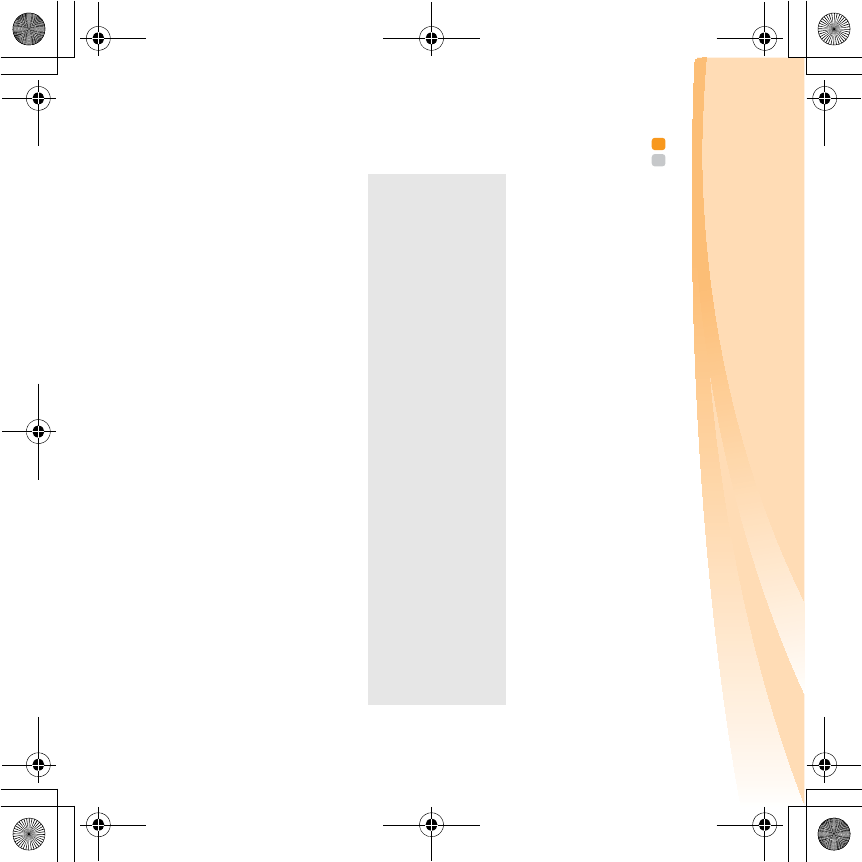
26
Chapter 2. Learning the basics
Using Lenovo Quick Start
(select models only) - - - - - - - - - - - - - - - - - - - - - - - - - - - - - - - - - - - - - - - - - - - - - - - - - - - - - - - - - - - - - -
With a boot time of just a few seconds, Lenovo Quick Start offers a handy
environment that allows you to enjoy an instant access to functions such as
Web browsing, instant messaging and other entertainment functions
without entering the traditional operating system.
Notes:
•If Lenovo Quick Start is not installed, a prompt notice will appear on the screen
when you start it.
•The Web browser of Lenovo Quick Start is designed for you to get an instant
access to online information and does not fully support video streaming. You
may experience low frame rate when watching online video in Lenovo Quick
Start. To view online video, restart the computer to your Windows operating
system and use Internet Explorer to play the online video.
S10-3s UserGuide V1.0_en.book Page 26 Thursday, January 7, 2010 10:53 AM
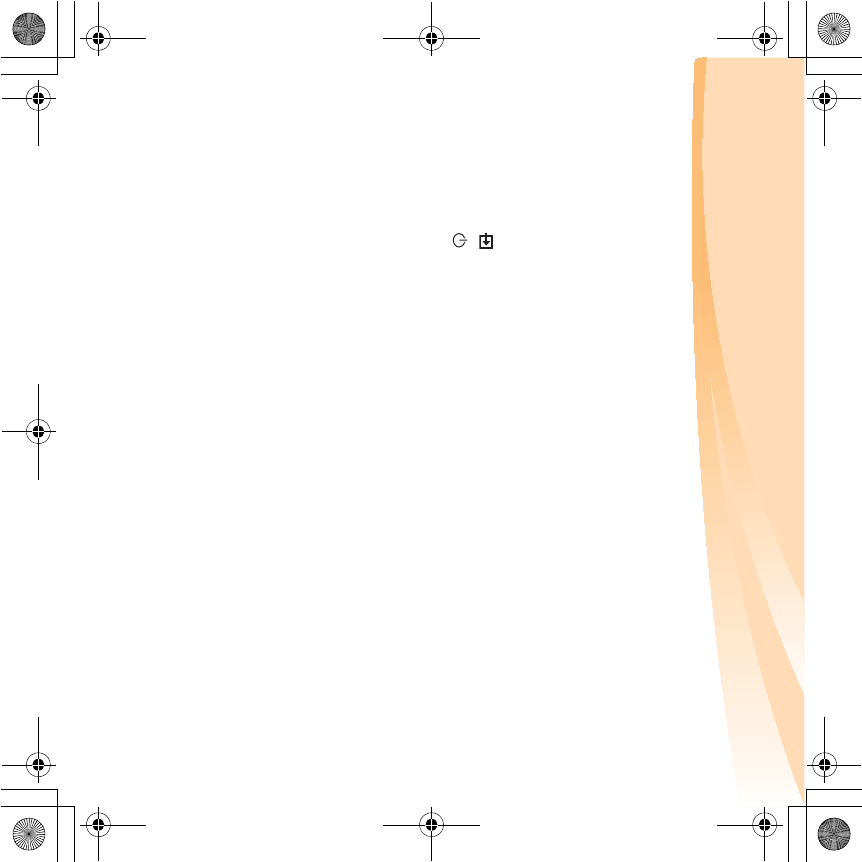
27
Chapter 2. Learning the basics
Starting Lenovo Quick Start
To launch Lenovo Quick Start, do the following:
• Turn off the computer.
• Press the QS button. Lenovo Quick Start screen will appear within a few
seconds.
Exiting Lenovo Quick Start
• Click to restart the computer to the main operating system.
• Click to turn off the computer.
S10-3s UserGuide V1.0_en.book Page 27 Thursday, January 7, 2010 10:53 AM

28
Chapter 3. Using the Internet
As a global network, the Internet connects computers worldwide,
providing services such as e-mailing, information searching, electronic
commerce, Web browsing and entertainment.
You can connect the computer to the Internet in the following ways:
Wired connection: use physical wiring to connect.
Wireless network technology: connect without wiring.
Wired connection - - - - - - - - - - - - - - - - - - - - - - - - - - - - - - - - - - - - - - - - - - - - - - - - - - - - - - - - - - - - - - - - - - - - -
Wired connections are a reliable and safe way to connect the computer to
the Internet.
Cable Cable Internet services use a cable modem connected to
the residential cable TV line.
DSL DSL is a family of related technologies that bring
high-speed network access to homes and small
businesses over ordinary telephone lines.
S10-3s UserGuide V1.0_en.book Page 28 Thursday, January 7, 2010 10:53 AM
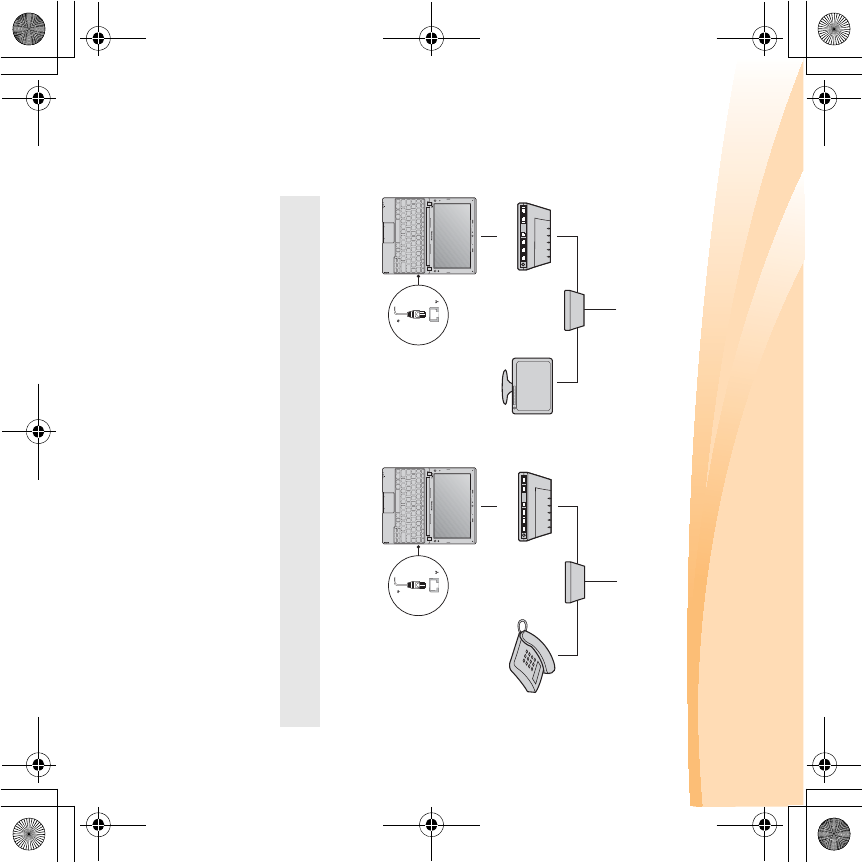
Chapter 3. Using the Internet
29
Hardware connection:
Cable DSL
Software configuration
Consult your Internet Service Provider (ISP) for details on how to configure
your computer.
Note: The above diagrams are for reference only. Actual connection method may
vary.
**
TV cable
Splitter *
Cable modem *
* Not supplied.
Telephone line
Splitter *
DSL modem *
S10-3s UserGuide V1.0_en.book Page 29 Thursday, January 7, 2010 10:53 AM
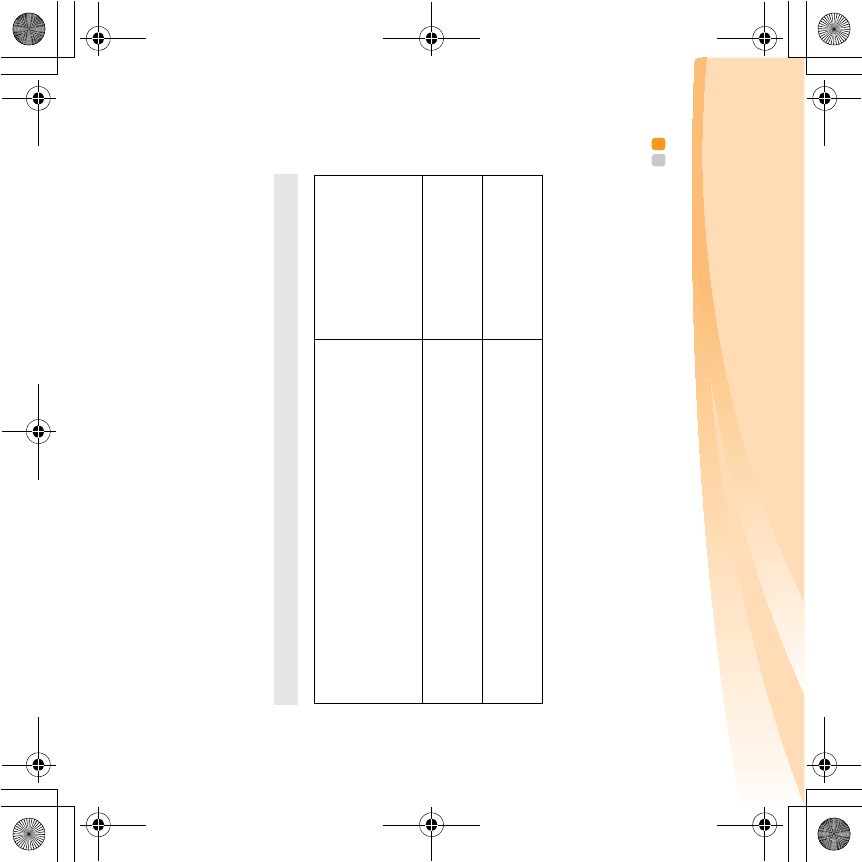
30
Chapter 3. Using the Internet
Wireless connection - - - - - - - - - - - - - - - - - - - - - - - - - - - - - - - - - - - - - - - - - - - - - - - - - - - - - - - - - - - - - - - - - - -
Wireless connections provide mobile access to the Internet, allowing you to
stay online anywhere the wireless signal covers.
Divided by the signal scales, wireless connection to the Internet can be built
based on the following standards.
Wi-Fi Wi-Fi networks cover a small physical area, like a home,
office, or small group of buildings. An access point is
necessary for the connection.
WiMAX WiMAX networks connect several Wireless LAN systems
to cover a metropolitan area, providing high-speed
broadband access without the need for cables.
Mobile Broadband The Mobile Broadband network provides Internet access
to computers, cell phones and other devices over a large
geographic area. Mobile networks are used for data
transmission, and access is usually provided by a mobile
network operator. A Mobile Broadband SIM card is
necessary for the connection.
Note: Your computer may not support all wireless connection methods.
S10-3s UserGuide V1.0_en.book Page 30 Thursday, January 7, 2010 10:53 AM

Chapter 3. Using the Internet
31
Using Wi-Fi/WiMax (select models only)
Enabling wireless connection
To enable wireless communications, do the following:
1
Slide the integrated wireless device switch to .
2
Press Fn + F5 to make configuration.
Hardware connection
Software configuration
Consult your Internet Service Provider (ISP) and search Windows Help and
Support Center for details on how to configure your computer.
Access point *
Wi-Fi/WiMax network
* Not supplied
S10-3s UserGuide V1.0_en.book Page 31 Thursday, January 7, 2010 10:53 AM

32
Chapter 3. Using the Internet
Using Mobile Broadband (select models only)
Before getting started with Mobile Broadband, you first need to choose a
mobile network operator and make sure you are in the coverage area of the
network. After that, you also need:
• To activate the Mobile Broadband service through your local mobile
network operator. You will get a Subscriber Identity Module (SIM) card
after activation. For instructions on inserting the SIM card, refer to
“Inserting the SIM card” on page 33.
Notes:
•Various standards are in use by mobile operators to provide Mobile Broadband
services. The Lenovo Mobile Broadband module may support one or more of the
following standards:
GSM (Global System for Mobile Communications)
TD-SCDMA (Time Division-Synchronous Code Division Multiple Access)
SCDMA (Synchronous Code Division Multiple Access)
EV-DO (Evolution Data Optimized)
HSPA (High Speed Packet Access)
•Mobile Broadband is a subscription service. Refer to your local mobile network
operator for availability, cost and other information.
•A SIM card is a type of smart card used by mobile network operators to identify
their service subscribers on the mobile network. You will get the SIM card from
your mobile network operator after you have activated the Mobile Broadband
service.
S10-3s UserGuide V1.0_en.book Page 32 Thursday, January 7, 2010 10:53 AM
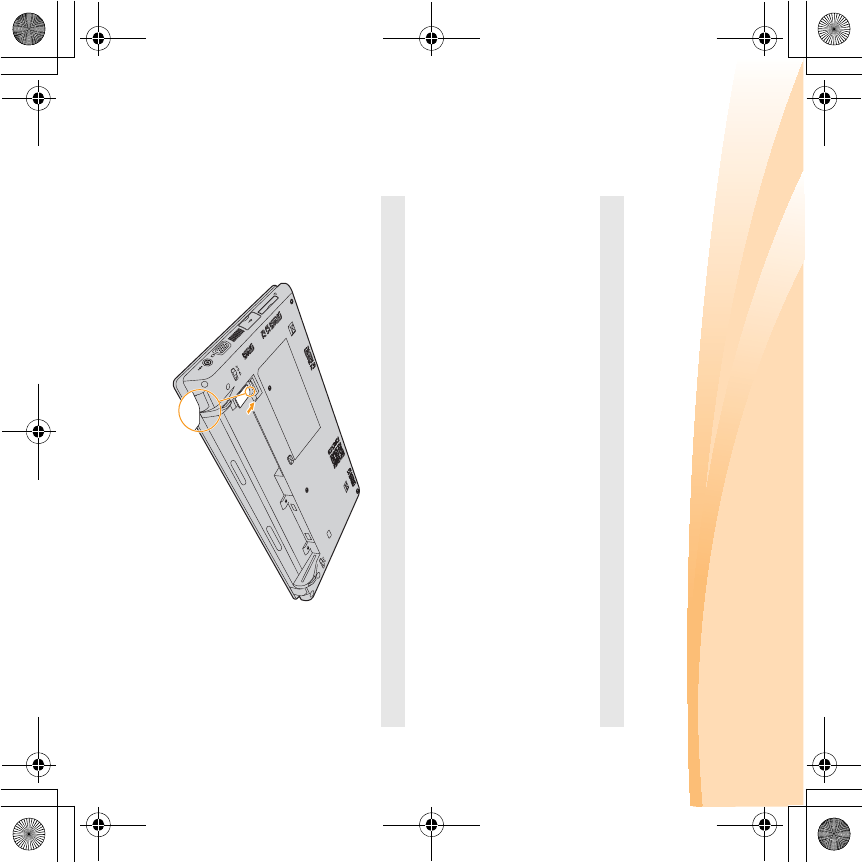
Chapter 3. Using the Internet
33
• A connection management utility to connect/disconnect to your Mobile
Broadband network.
Inserting the SIM card
To insert the SIM card:
1
Turn off the computer; then disconnect the AC adapter and all cables
from the computer.
2
Close the computer display and turn it over.
3
Remove the battery.
4
Insert the SIM card to the card slot until it clicks into place as shown in
the illustration.
Note: In general, your mobile service provider provides this utility.
Note: Inserting the SIM card in the wrong direction may damage the SIM card slot.
Notched Corner
S10-3s UserGuide V1.0_en.book Page 33 Thursday, January 7, 2010 10:53 AM
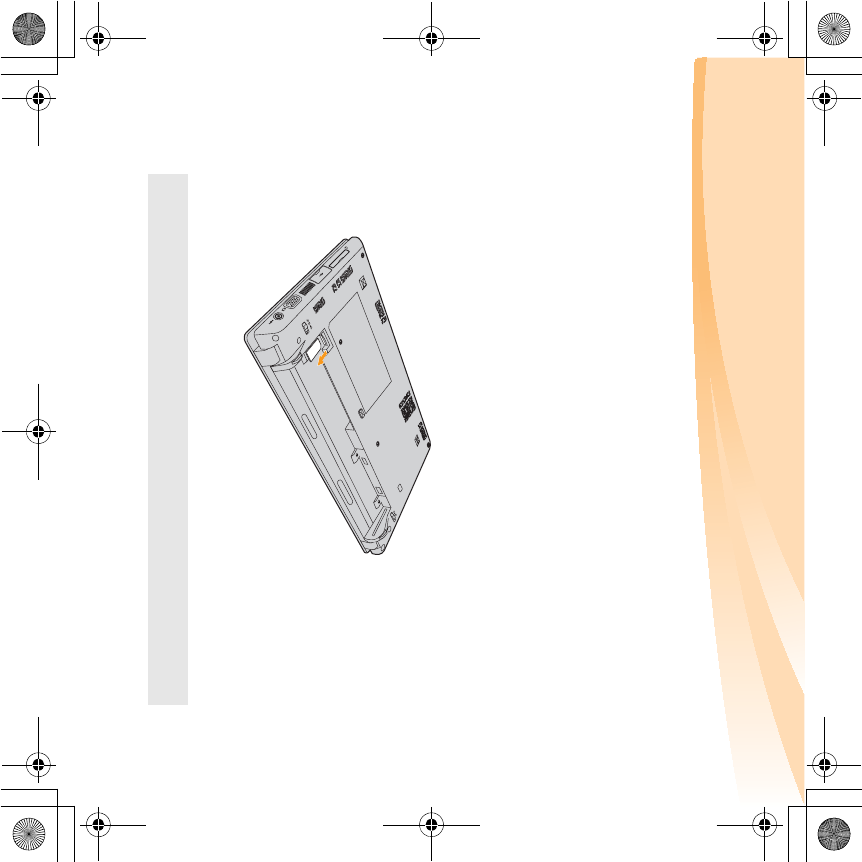
34
Chapter 3. Using the Internet
5
Put the battery back in place. Turn the computer over and reconnect
the cables.
Removing the SIM card
To remove the SIM card:
1
Turn off the computer, then disconnect the AC adapter and all cables
from the computer.
2
Close the computer display and turn it over.
3
Remove the battery.
4
Push the SIM card in until you hear a click, and then pull the SIM card
out.
5
Put the battery back in place. Turn the computer over and reconnect
the cables.
Note: Never insert or remove the SIM card while the computer is on. Doing so may
cause permanent damage to the SIM card as well as the SIM card reader.
S10-3s UserGuide V1.0_en.book Page 34 Thursday, January 7, 2010 10:53 AM
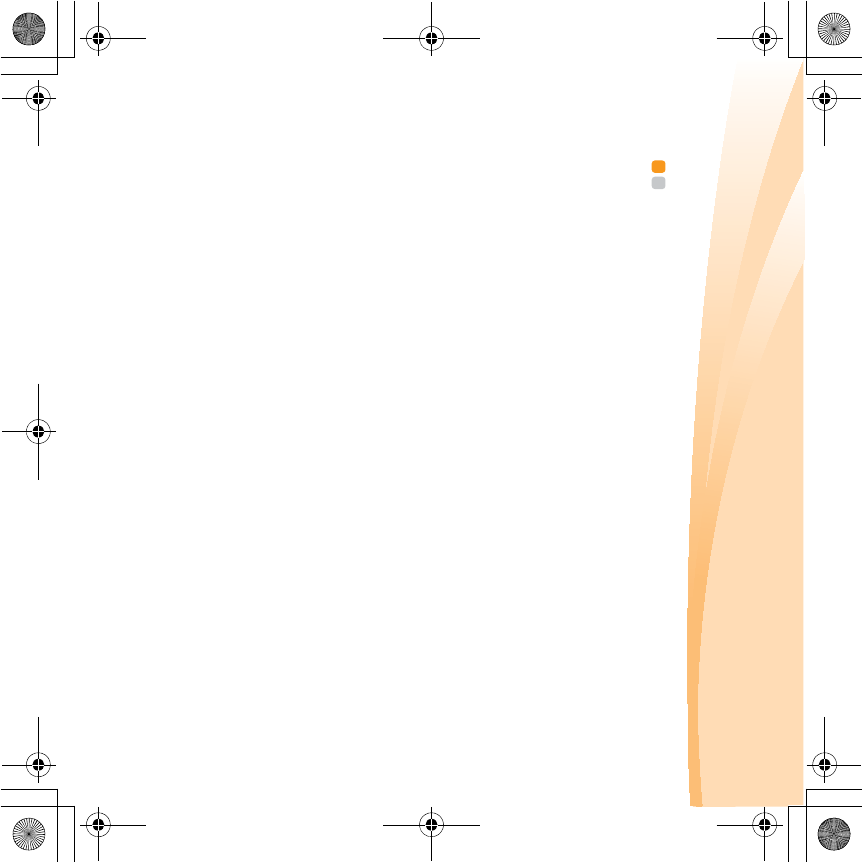
35
Chapter 4. OneKey Rescue system
OneKey Rescue system - - - - - - - - - - - - - - - - - - - - - - - - - - - - - - - - - - - - - - - - - - - - - - - - - - - - - - - - - - - -
Introduction
The Lenovo OneKey Rescue system is an easy-to-use application that can
be used to back up the data on your system partition (C drive) for easy
restore when required. You can run Lenovo OneKey Recovery under the
Windows operating system, and the OneKey Rescue system without
starting the Windows operating system.
Attention:
In order to utilize the features of the OneKey Rescue system, your hard
disk already includes a hidden partition by default to store the system
image file and OneKey Rescue system program files. This default partition
is hidden for security reasons and is the reason the available disk space is
less than it claims. The exact available hard disk space depends on the file
size of the mirror image file (based on the size of operating system and
pre-installed software).
S10-3s UserGuide V1.0_en.book Page 35 Thursday, January 7, 2010 10:53 AM
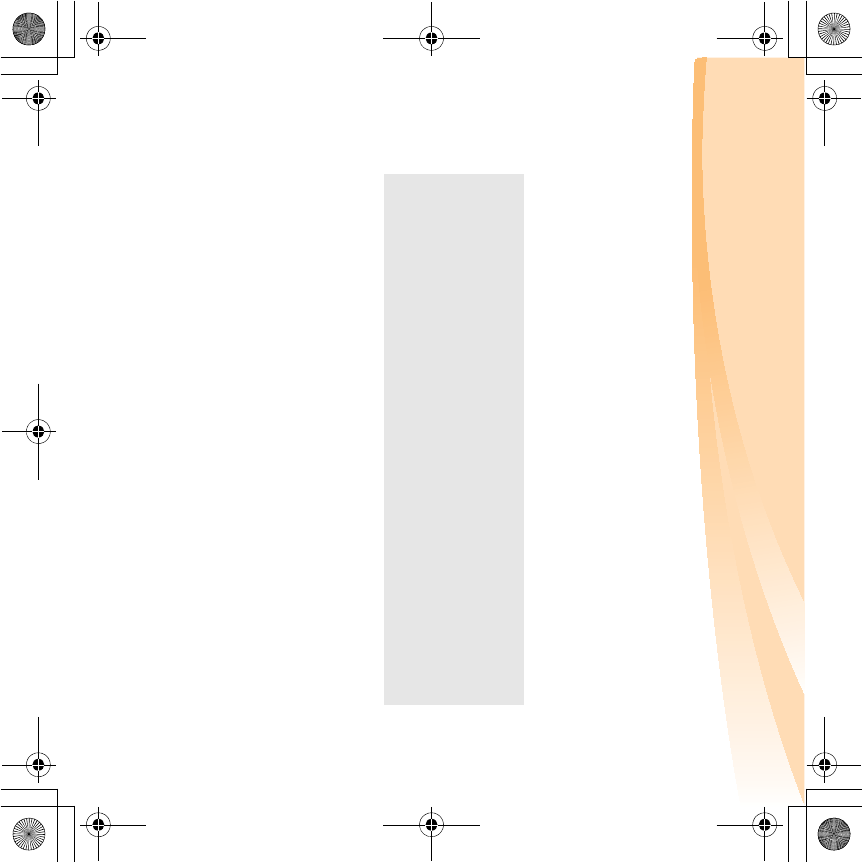
36
Chapter 4. OneKey Rescue system
Using Lenovo OneKey Recovery (Within Windows operating
system)
In Windows operating system, double click the OneKey Recovery system
Icon on the desktop to launch Lenovo OneKey Recovery.
Within the program, you can back up the system partition on the hard disk
drive, other storage devices, or by creating recovery discs.
For more instructions, see the help file of Lenovo OneKey
Recovery.
Notes:
•The backup process and creation of recovery discs may take some time, connect
the AC adapter and battery pack to your computer.
•After the recovery discs are burned, please number them so that you can use
them in the correct order.
•Computers without an integrated optical drive support the creation of recovery
discs; however an appropriate external optical drive is needed to physically
create the recovery discs.
S10-3s UserGuide V1.0_en.book Page 36 Thursday, January 7, 2010 10:53 AM

Chapter 4. OneKey Rescue system
37
Using Lenovo OneKey Rescue system (Without Windows
operating system)
In the event that the operating system cannot be loaded, follow the steps
below to access OneKey Rescue system.
• Shut down your computer.
• Press the key to launch OneKey Rescue system.
Within the program, you can choose to restore your system partition to the
original factory status, or to a previously generated backup.
Note: The recovery process is irreversible. Make sure to back up any critical data
before using the recovery feature.
S10-3s UserGuide V1.0_en.book Page 37 Thursday, January 7, 2010 10:53 AM

38
Chapter 5. Troubleshooting
Frequently asked questions - - - - - - - - - - - - - - - - - - - - - - - - - - - - - - - - - - - - - - - - - - -
This section lists frequently asked questions and tell where you can find detailed
answers. For details about each publication included in the package with your
computer, see Lenovo IdeaPad S10-3 Setup Poster.
What safety precautions should I follow when using my computer?
See “Important safety information” on page iii of this guide.
How can I prevent problems with my computer?
See “Appendix B. Use, and care Information” on page 54 of this guide.
More tips can be found in Chapter 1 and 2.
What are the main hardware features of my new computer?
More information can be found in Chapter 1 and 2.
Where can I find the detailed specifications for my computer?
See http://consumersupport.lenovo.com.
I need to upgrade a device or I need to replace one of the following: the hard
disk drive, memory, or the keyboard.
See “Appendix D. Customer replaceable units (CRUs)” on page 81 of this
guide.
S10-3s UserGuide V1.0_en.book Page 38 Thursday, January 7, 2010 10:53 AM
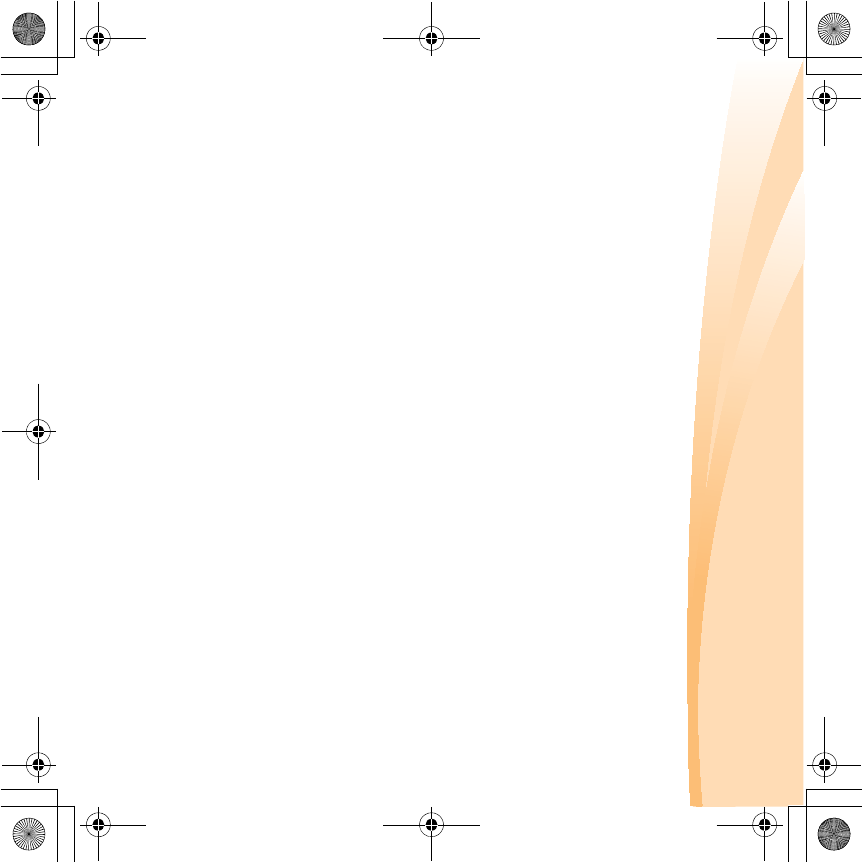
Chapter 5. Troubleshooting
39
Where are the recovery discs?
Your computer did not come with a recovery disc. For an explanation of
the alternative recovery methods offered by Lenovo, see “Chapter 4.
OneKey Rescue system” on page 35.
How can I contact the customer support center?
See “Appendix A. Getting help and service” on page 49 of this guide.
Where can I find warranty information?
For the warranty applicable to your computer, including the warranty
period and type of warranty service, see “Appendix C. Lenovo limited
warranty” on page 67.
How can I install the device drivers?
A compatible device driver is a requirement to ensure correct operation
and performance of each component in your computer. If your computer
is pre-installed with an operating system, Lenovo provides all the driver
you need in your hard disk.
What can I do if the backup process fails?
If you can start the backup feature without a problem, but it fails during
the backup process, please try the following steps:
1
Close other applications, then restart the backup process.
2
Check if the destination media is damaged, try to select another path
and then try again.
S10-3s UserGuide V1.0_en.book Page 39 Thursday, January 7, 2010 10:53 AM

40
Chapter 5. Troubleshooting
When do I need to restore the system to the factory status?
You can use this feature when your system fails or you need to re-install
your operating system. This will restore your computer back to the initial
status when you first booted up your computer after receiving it from
the store. If there is critical data on your current partition, back it up
before you run this recovery feature.
S10-3s UserGuide V1.0_en.book Page 40 Thursday, January 7, 2010 10:53 AM

Chapter 5. Troubleshooting
41
Troubleshooting - - - - - - - - - - - - - - - - - - - - - - - - - - - - - - - - - - - - - - - - - - - - - - - - - - - - - - - - - - - - - - - - - - - - - - - - - - - - -
If you do not find your problem here, see Chapter 2. The following section only
describes problems that might negate the need to refer to the more
comprehensive information in Chapter 2.
Display problems
When I turn on the compu-
ter, nothing appears on the
screen.
•If the screen is blank, make sure that:
- The battery is installed correctly.
- The AC adapter is connected to the computer and
the power cord is plugged into a working electrical
outlet.
- The computer power is on. (Press the power
button again for confirmation.)
- The memory is installed correctly.
•If these items are properly set, and the screen
remains blank, have the computer serviced.
When I turn on the
computer, only a white
cursor appears on a blank
screen.
•Restore backed-up files to your Windows
environment or the entire contents of your hard disk
to the original factory contents using OneKey
Recovery. If you still see only the cursor on the
screen, have the computer serviced.
S10-3s UserGuide V1.0_en.book Page 41 Thursday, January 7, 2010 10:53 AM
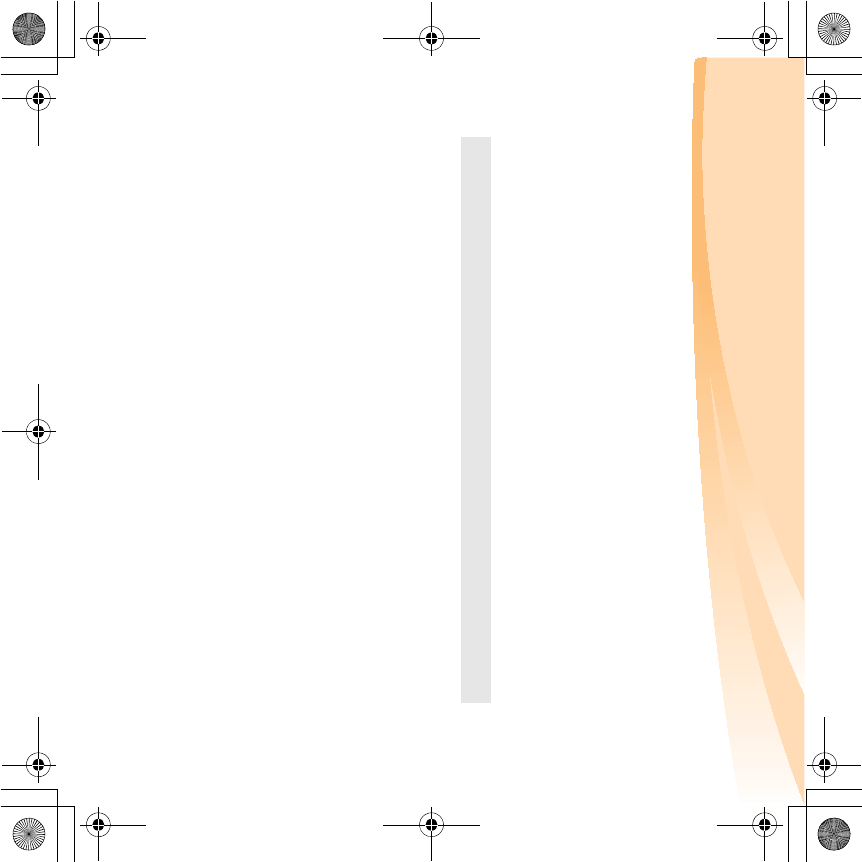
42
Chapter 5. Troubleshooting
My screen goes blank while
the computer is on.
•Your screen saver or power management may be
enabled. Do one of the following to exit from the
screen saver or to resume from sleep or hibernation
mode:
- Touch the touchpad.
- Press any key on the keyboard.
- Press the power button.
-Press Fn+F2 to confirm whether the LCD screen
has been turned off.
A Password problem
I forgot my password. •If you forget your user password, you must take
your computer to a Lenovo authorized servicer or a
marketing representative to have the password
changed.
•If you forget your HDD password, a Lenovo
authorized servicer cannot reset your password or
recover data from the hard disk. You must take your
computer to a Lenovo authorized servicer or a
marketing representative to have the hard disk drive
replaced. Proof of purchase is required, and a fee will
be charged for parts and service.
•If you forget your supervisor password, a Lenovo
authorized servicer cannot reset your password. You
must take your computer to a Lenovo authorized
servicer or a marketing representative to have the
system board replaced. Proof of purchase is
required, and a fee will be charged for parts and
service.
S10-3s UserGuide V1.0_en.book Page 42 Thursday, January 7, 2010 10:53 AM
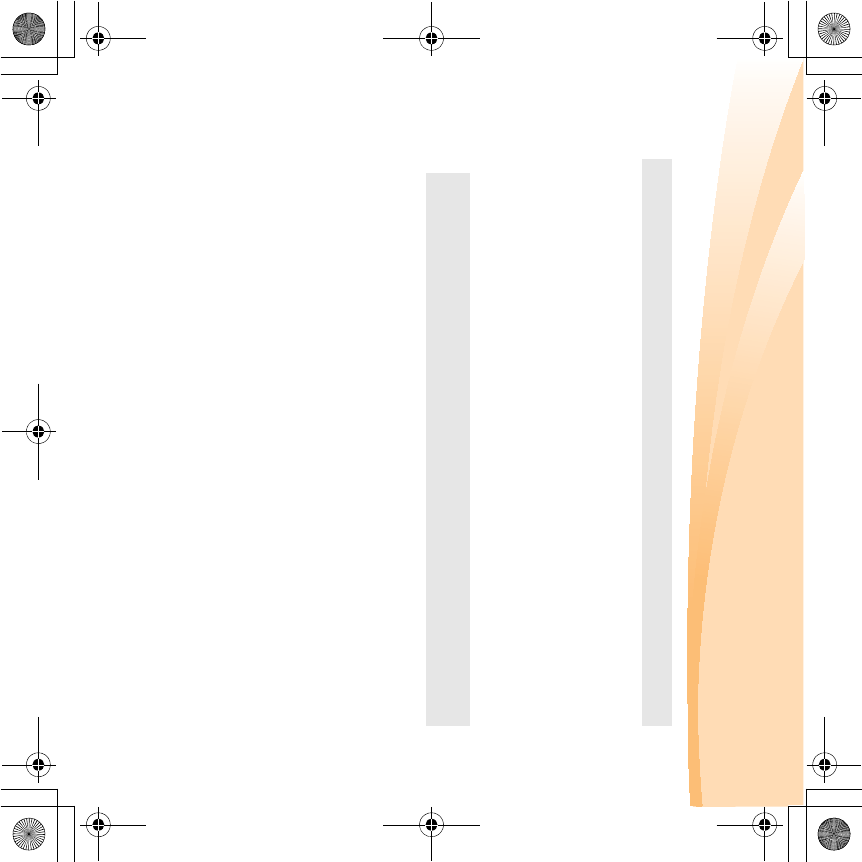
Chapter 5. Troubleshooting
43
Sleep or hibernation problems
The computer enters sleep
mode unexpectedly.
•
If the processor overheats, the computer automatically
enters sleep mode to allow the computer to cool and to
protect the processor and other internal components.
Check the settings for sleep mode.
The computer enters sleep
mode immediately after
Power-on self-test (POST).
•Make sure that:
- The battery is charged.
- The operating temperature is within the acceptable
range. See “Appendix B. Use, and care
Information” on page 54.
Note: If the battery is charged and the temperature is within range, have the computer
serviced.
S10-3s UserGuide V1.0_en.book Page 43 Thursday, January 7, 2010 10:53 AM
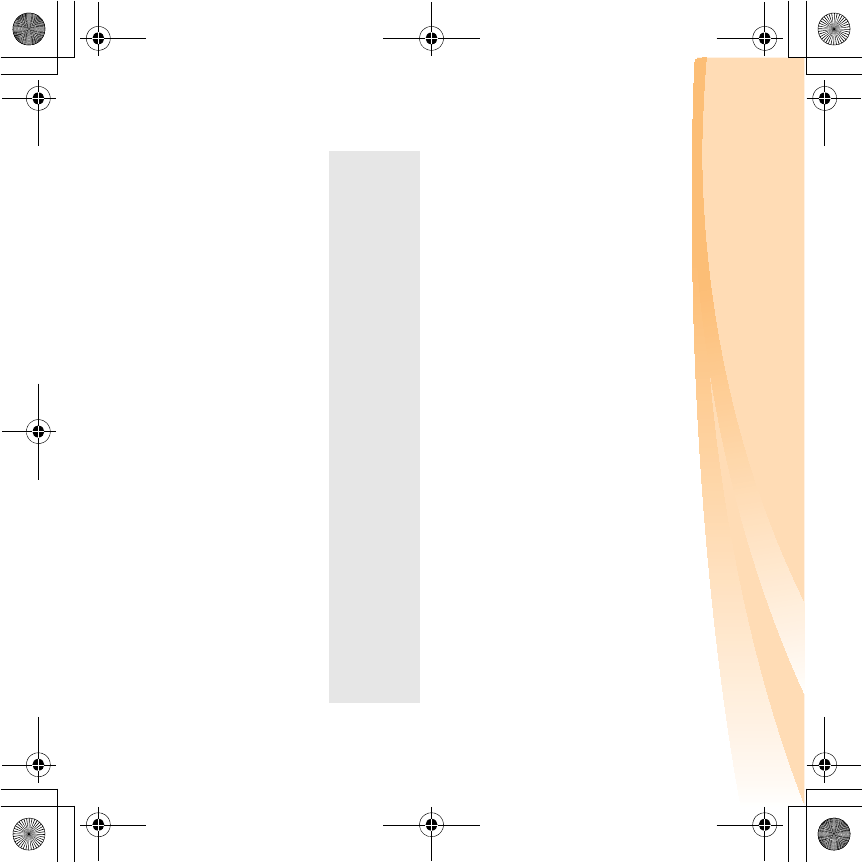
44
Chapter 5. Troubleshooting
The critical low-battery error
message appears, and the
computer immediately turns
off.
•The battery power is getting low. Connect the AC
adapter to the computer, or replace the battery with
a fully charged one.
The computer does not
return from sleep mode and
does not work.
•If the computer does not return from sleep mode, it
may have entered hibernation mode automatically
because the battery is depleted. Check the power
indicator.
•If your computer is in sleep mode connect the AC
adapter to the computer, then press any key or the
power button.
•If your computer is in hibernation mode or power-off
state. Connect the AC adapter to the computer, then
press the power button to resume operation.
Note:
If the system still does not return from sleep mode, your system has stopped
responding, and you cannot turn off the computer, reset the computer. However,
unsaved data may be lost. To reset the computer, press and hold the power button
for 4 seconds or more. If the computer is still not reset, remove the AC adapter and
the battery.
S10-3s UserGuide V1.0_en.book Page 44 Thursday, January 7, 2010 10:53 AM
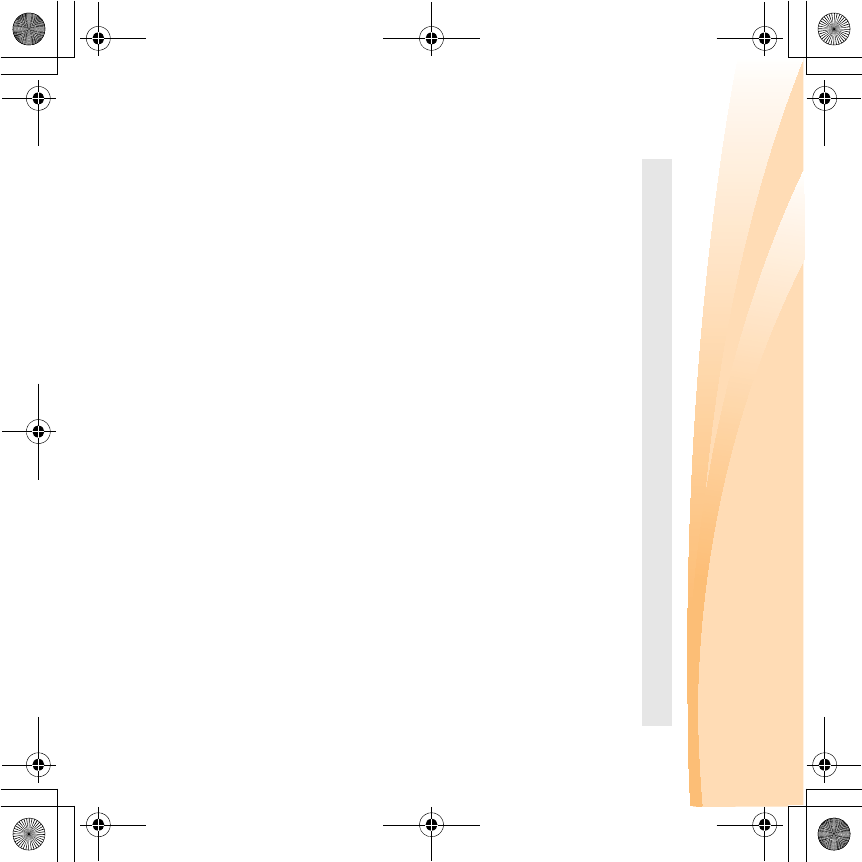
Chapter 5. Troubleshooting
45
Computer screen problems
The screen is blank. •Do the following:
- If you are using the AC adapter, or using the
battery, and the battery status indicator is on, press
Fn +n to make the screen brighter.
- If the Power indicator is blinking, press the power
button to resume from the sleep mode.
- If the problem persists, follow the solution in the
following problem “The screen is unreadable or
distorted.”
-Press Fn+F2 to confirm whether the LCD screen
has been turned off.
The screen is unreadable or
distorted.
•Make sure that:
- The display device driver is installed correctly.
- The screen resolution and color quality are
correctly set.
- The monitor type is correct.
Incorrect characters appear
on the screen.
•Did you install the operating system or application
program correctly? If they are installed and
configured correctly, have the computer serviced.
S10-3s UserGuide V1.0_en.book Page 45 Thursday, January 7, 2010 10:53 AM
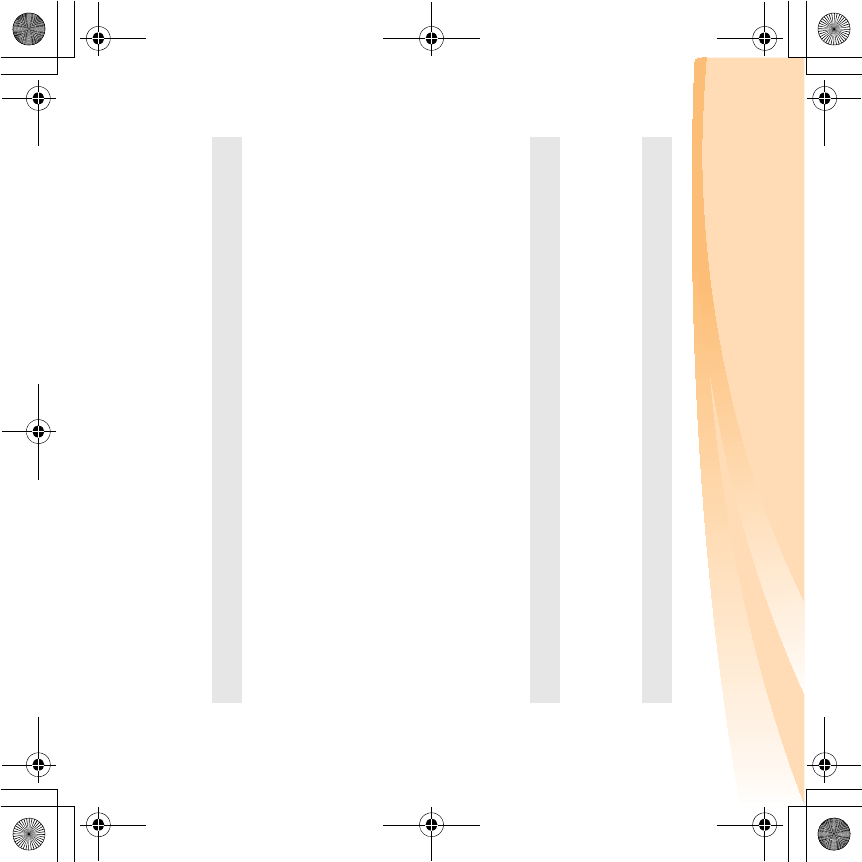
46
Chapter 5. Troubleshooting
Sound problems
No sound can be heard
from the speaker even
when the volume is turned
up.
•Make sure that:
- The Mute function is off.
- The headphone jack is not used.
- Speakers are selected as the playback device.
Battery problems
Your computer shuts down
before the battery status
indicator shows empty.
-or-
Your computer operates
after the battery status
indicator shows empty.
•Discharge and recharge the battery.
The operating time for a
fully charged battery is
short.
•For details, see “Handling the battery” in Chapter 2.
The computer does not
operate with a fully charged
battery.
•The surge protector in the battery might be active.
Turn off the computer for one minute to reset the
protector, then turn on the computer again.
The battery does not
charge.
•For details, see “Handling the battery” in Chapter 2.
A hard disk drive problem
The hard disk drive does
not work.
•In the Boot menu in BIOS Setup Utility, make sure
that the hard disk drive is included in the Boot
Order correctly.
S10-3s UserGuide V1.0_en.book Page 46 Thursday, January 7, 2010 10:53 AM
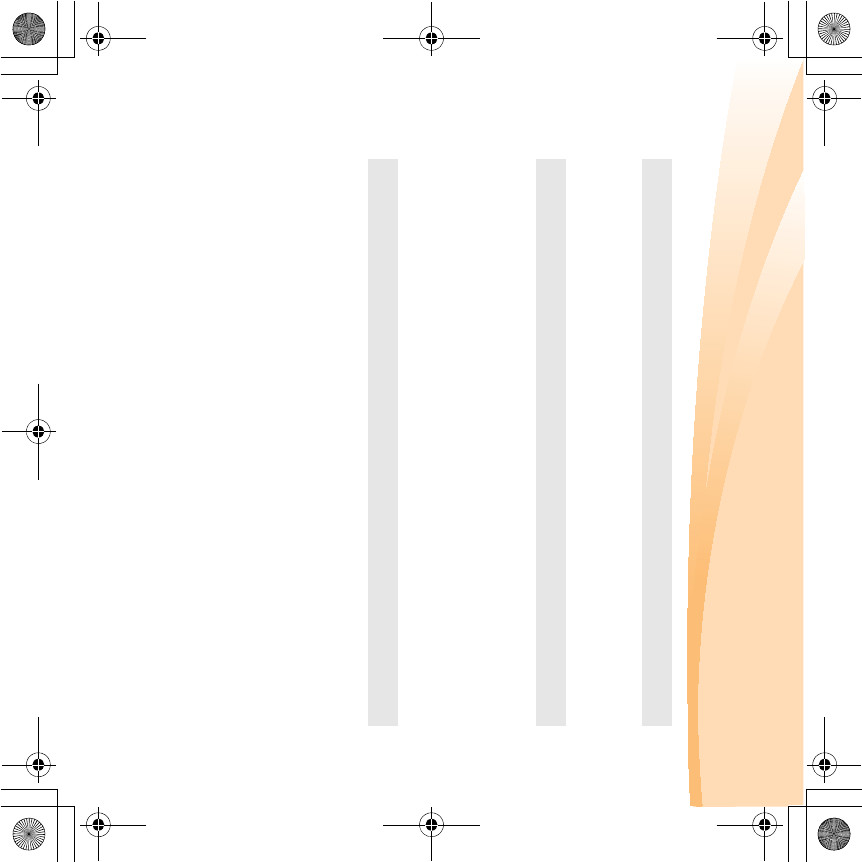
Chapter 5. Troubleshooting
47
A startup problem
The Microsoft® Windows
operating system does not
start.
•Use the OneKey Rescue system to help solve or
identify your problem. For details on the OneKey
Rescue system, see “Chapter 4. OneKey Rescue
system” on page 35.
OneKey Rescue system problems
Backup cannot be made. •You are not currently using a Windows operating
system.
•There is not enough space to store the backed up
data. You will need to free more hard disk space on
your system partition (C drive).
Fail to restore system
partition to factory default.
•The system partition, such as the partition size or the
drive capacity of C, has been modified.
Other problems
The computer does not
respond.
•
To turn off your computer, press and hold the power
button for 4 seconds or more. If the computer still does
not respond, remove the AC adapter and the battery.
•Your computer might lock when it enters sleep mode
during a communication operation.
The computer does not
start from the desired
device.
•
See the
Boot
menu of
BIOS Setup Utility
. Make sure
that
Boot Order
in
BIOS Setup Utility
is set so that
the computer starts from the device you want.
•Also make sure that the device from which the
computer starts is enabled. In the Boot menu in
BIOS Setup Utility, make sure that the device is
included in the Boot Order list.
S10-3s UserGuide V1.0_en.book Page 47 Thursday, January 7, 2010 10:53 AM

48
Chapter 5. Troubleshooting
The connected external
device does not work.
•Do not connect or disconnect any external device
cables other than USB while the computer power is
on; otherwise, you might damage your computer.
•When using a high power consumption external
devices such as an external USB optical disk drive,
use external device power adapter. Otherwise, the
device may not be recognized, or system shut down
may result.
S10-3s UserGuide V1.0_en.book Page 48 Thursday, January 7, 2010 10:53 AM
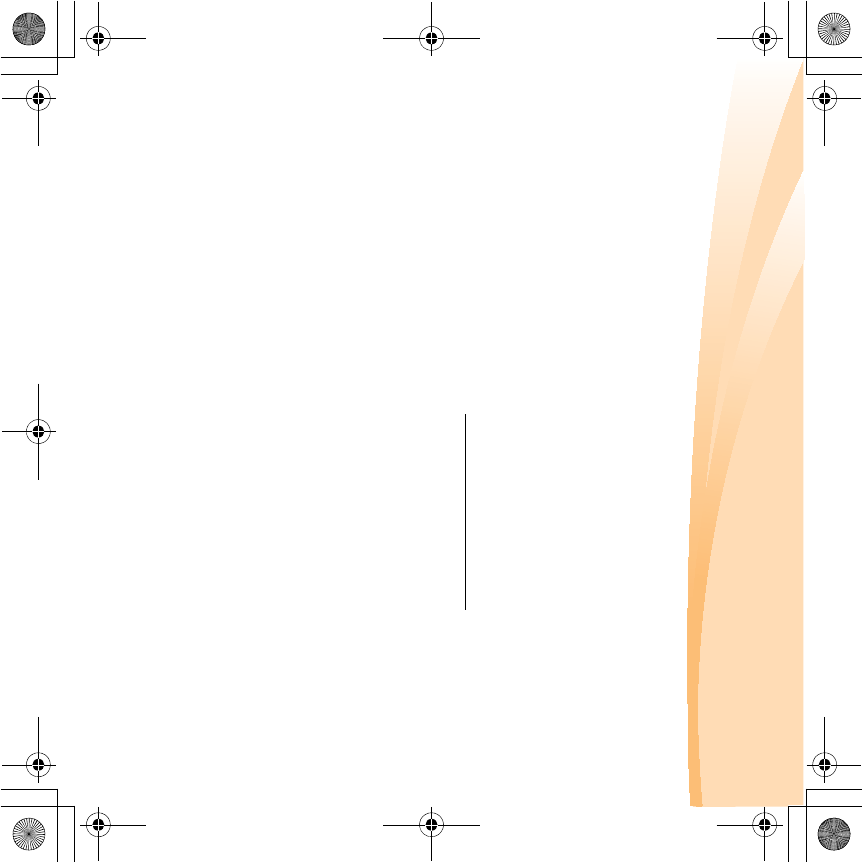
49
Appendix A. Getting help and service
If you need help, service, technical assistance, or just want more
information about Lenovo computers, you will find a wide variety of
sources available from Lenovo to assist you. This section contains
information about where to go for additional information about Lenovo
computers, what to do if you experience a problem with your computer,
and whom to call for service should it be necessary.
Microsoft Service Packs are the latest software source for Windows product
updates. They are available by means of a Web download (connection
charges may apply) or from a disc. For more specific information and links,
go to the Microsoft Web site at http://www.microsoft.com. Lenovo offers
Up and Running technical assistance with installation of, or questions
related to, Service Packs for your Lenovo-preinstalled Microsoft Windows
product.
S10-3s UserGuide V1.0_en.book Page 49 Thursday, January 7, 2010 10:53 AM
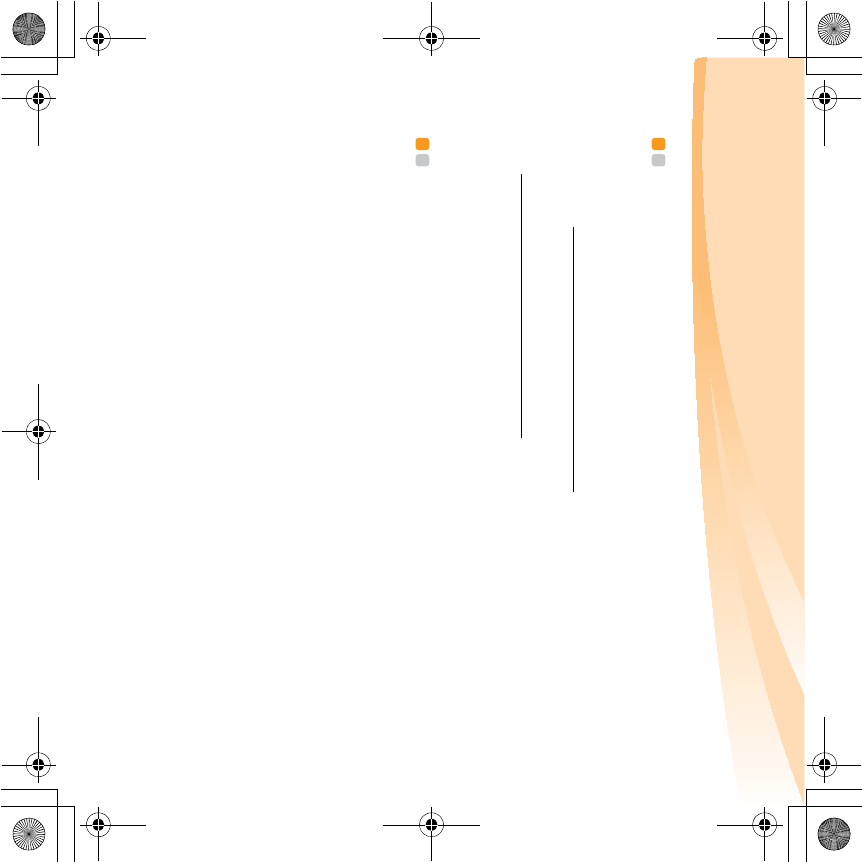
50
Appendix A. Getting help and service
Getting help on the Web - - - - - - - - - - - - - - - - - - - - - - - - - - - - - - - - - - - - - - - - - - - - - - - - - - - - - - - - - - -
The Lenovo Web site on the World Wide Web has up-to-date information
about Lenovo computers and support. The address for the Lenovo home
page is http://consumersupport.lenovo.com.
You can find support information for your Lenovo IdeaPad™ computer at
http://consumersupport.lenovo.com. Research this Web site to learn how
to solve problems, find new ways to use your computer, and learn about
options that can make working with your Lenovo computer even easier.
Calling the customer support center
- - - - - - - - - - - - - - - - - - - - - - - - - - - - - - - - - - - -
If you have tried to correct the problem yourself and still need help, during
the warranty period, you can get help and information by telephone
through the customer support center. The following services are available
during the warranty period:
• Problem determination - Trained personnel are available to assist you
with determining if you have a hardware problem and deciding what
action is necessary to fix the problem.
• Lenovo hardware repair - If the problem is determined to be caused by
Lenovo hardware under warranty, trained service personnel are
available to provide the applicable level of service.
S10-3s UserGuide V1.0_en.book Page 50 Thursday, January 7, 2010 10:53 AM
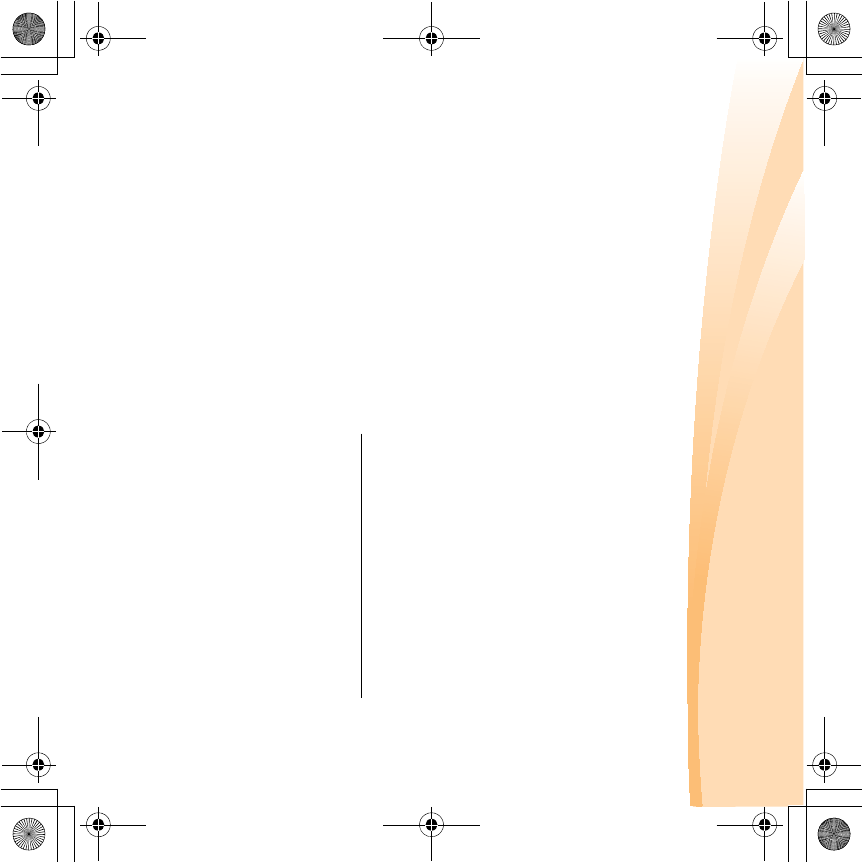
Appendix A. Getting help and service
51
• Engineering change management - Occasionally, there might be changes
that are required after a product has been sold. Lenovo or your reseller, if
authorized by Lenovo, will make selected Engineering Changes (ECs)
available that apply to your hardware.
The following items are not covered:
• Replacement or use of parts not manufactured for or by Lenovo or non
warranted parts
• Identification of software problem sources
• Configuration of BIOS as part of an installation or upgrade
• Changes, modifications, or upgrades to device drivers
• Installation and maintenance of network operating systems (NOS)
• Installation and maintenance of application programs
To determine if your Lenovo hardware product is under warranty and
when the warranty expires, go to http://consumersupport.lenovo.com.
Refer to your Lenovo hardware warranty for a full explanation of Lenovo
warranty terms. Be sure to retain your proof of purchase to obtain warranty
service.
S10-3s UserGuide V1.0_en.book Page 51 Thursday, January 7, 2010 10:53 AM

52
Appendix A. Getting help and service
If possible, be near your computer when you make your call in case the
technical assistance representative needs to help you resolve a computer
problem. Please ensure that you have downloaded the most current drivers
and system updates, and recorded information before you call. When
calling for technical assistance, please have the following information
available:
• Machine Type and Model
• Serial number of your computer and your proof of purchase
• Description of the problem
• Hardware and software configuration information for your system
Note: For the latest list of customer support center telephone numbers and hours of
operation, visit the Support Web site at http://consumersupport.lenovo.com.
If the number for your country or region is not listed, contact your Lenovo
reseller or Lenovo marketing representative.
S10-3s UserGuide V1.0_en.book Page 52 Thursday, January 7, 2010 10:53 AM

Appendix A. Getting help and service
53
Getting help around the world - - - - - - - - - - - - - - - - - - - - - - - - - - - - - - - - - - - - - - - - - - - - - -
If you travel with your computer or relocate it to a country where your
Lenovo machine type is sold, your computer might be eligible for
International Warranty Service, which automatically entitles you to obtain
warranty service throughout the warranty period. Service will be
performed by service providers authorized to perform warranty service.
Service methods and procedures vary by country, and some services might
not be available in all countries. Service centers in certain countries might
not be able to service all models of a particular machine type. In some
countries, fees and restrictions might apply at the time of service.
To determine whether your computer is eligible for International Warranty
Service and to view a list of the countries where service is available, go to
http://consumersupport.lenovo.com.
Lenovo warranty service telephone numbers - - - - - - - - - - - - -
Warranty Service Telephone Numbers
A list of warranty service telephone numbers is available at
www.lenovo.com/support/phone. For the latest warranty service number
in a country or region, please contact Lenovo, or your reseller in your
country or region.
S10-3s UserGuide V1.0_en.book Page 53 Thursday, January 7, 2010 10:53 AM
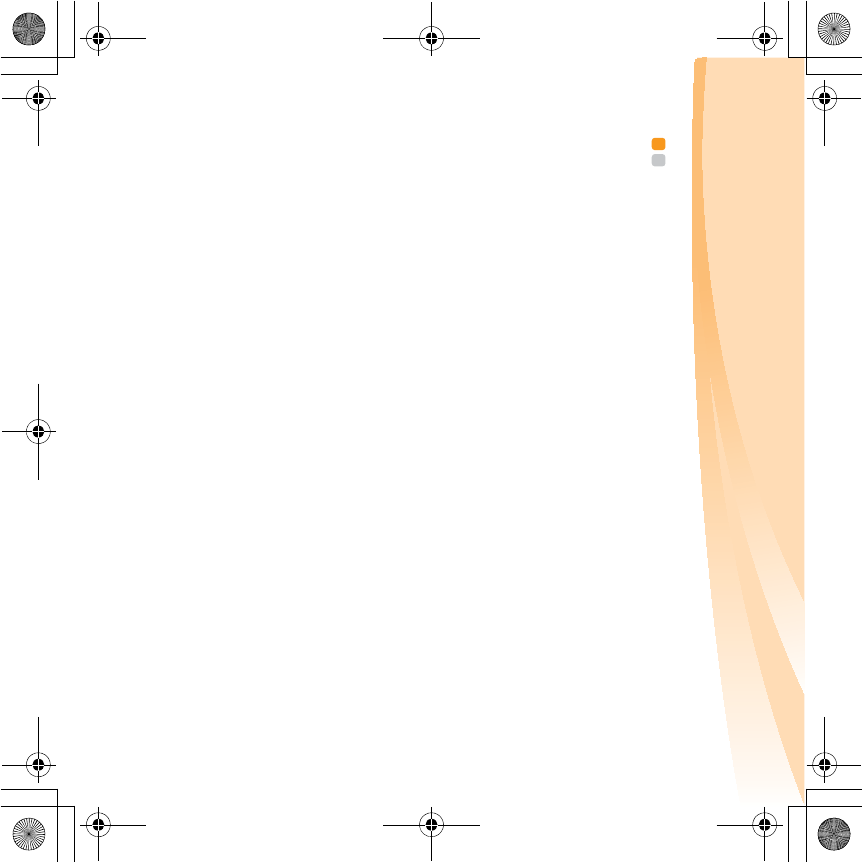
54
Appendix B. Use, and care Information
Caring for your computer - - - - - - - - - - - - - - - - - - - - - - - - - - - - - - - - - - - - - - - - - - - - - - - - - - - - - - - -
Though your computer is designed to function reliably in normal work
environments, you need to use common sense in handling it. By following
these important tips, you will get the most use and enjoyment out of your
computer.
Be careful about where and how you work.
• Do not eat or smoke over your keyboard. Particles that fall into your
keyboard can cause damage.
• Store packing materials safely out of the reach of children to prevent the
risk of suffocation from plastic bags.
• Keep your computer away from magnets, activated cellular phones,
electrical appliances, or speakers (within 13 cm or 5 in).
• Avoid subjecting your computer to extreme temperatures (below 5°C/
41°F or above 35°C/95°F).
• Some appliances, such as certain portable desktop fans or air purifiers,
can produce negative ions. If a computer is close to such an appliance,
and is exposed for an extended time to air containing negative ions, it
may become electrostatically charged. Such a charge may be discharged
through your hands when you touch the keyboard or other parts of the
computer, or through connectors on I/O devices connected to it. Even
though this kind of electrostatic discharge (ESD) is the opposite of a
S10-3s UserGuide V1.0_en.book Page 54 Thursday, January 7, 2010 10:53 AM
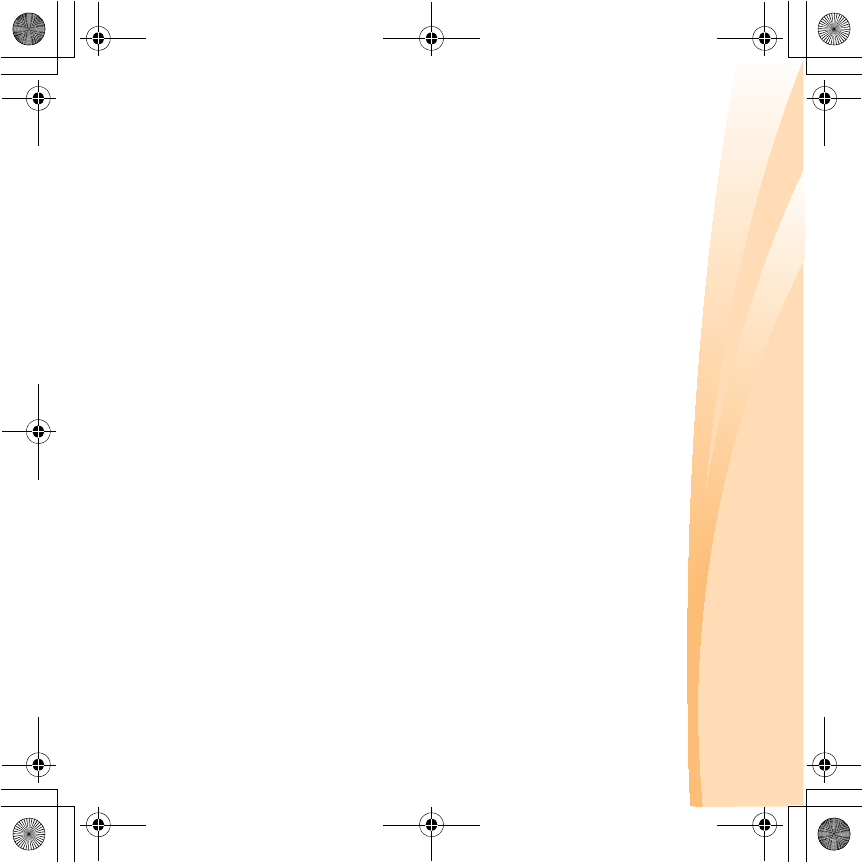
Appendix B. Use, and care Information
55
discharge from your body or clothing to the computer, it poses the same
risk of a computer malfunction.
Your computer is designed and manufactured to minimize any effects of
electrostatic charge. An electrostatic charge above a certain limit,
however, can increase the risk of ESD. Therefore, when using the
computer close to an appliance that can produce negative ions, give
special attention to the following:
- Avoid directly exposing your computer to the air from an appliance
that can produce negative ions.
- Keep your computer and peripherals as far as possible from such an
appliance.
- Wherever possible, ground your computer to facilitate safe
electrostatic discharge.
Notice of static-electricity
When you handle options or CRUs, or perform any work inside the
computer, take the following precautions to avoid static-electricity
damage:
- Limit your movement. Movement can cause static electricity to build
up around you.
- Always handle components carefully. Handle adapters, memory
modules, and other circuit boards by the edges. Never touch exposed
circuitry.
- Prevent others from touching components.
S10-3s UserGuide V1.0_en.book Page 55 Thursday, January 7, 2010 10:53 AM

56
Appendix B. Use, and care Information
- When you install a static-sensitive option or CRU, touch the static-
protective package containing the part to a metal expansion-slot cover
or other unpainted metal surface on the computer for at least two
seconds. This reduces static electricity in the package and your body.
- Whenever possible, remove the static-sensitive part from the static-
protective packaging and install the part without setting it down.
When this is not possible, place the static-protective packaging on a
smooth, level surface and place the part on it.
- Do not place the part on the computer cover or other metal surface.
Be gentle with your computer
• Avoid placing any objects (including paper) between the display and the
keyboard or under the keyboard.
• Do not drop, bump, scratch, twist, hit, vibrate, push, or place heavy
objects on your computer, display, or external devices.
• Avoid turning the display beyond 130°.
Carry your computer properly
• Before moving your computer, be sure to remove any media, turn off
attached devices, and disconnect cords and cables.
• Be sure your computer is in sleep or hibernation mode, or turned off,
before moving it. This will prevent damage to the hard disk drive and
data loss.
S10-3s UserGuide V1.0_en.book Page 56 Thursday, January 7, 2010 10:53 AM
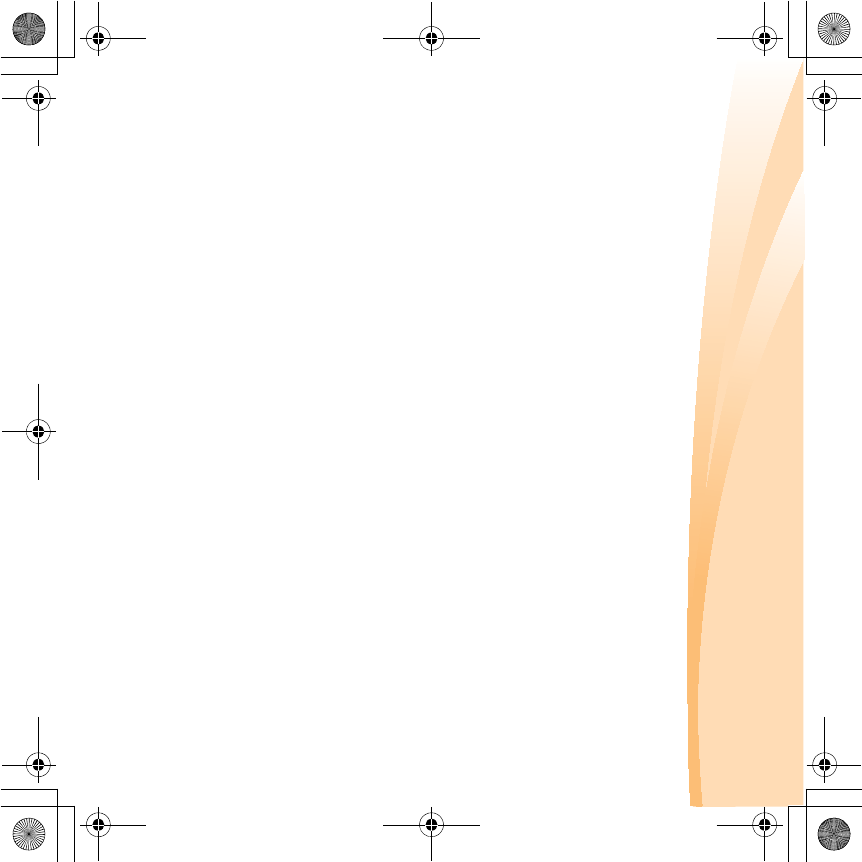
Appendix B. Use, and care Information
57
• When picking up your open computer, hold it by the bottom. Do not
pick up or hold your computer by the display.
• Use a quality carrying case that provides adequate cushion and
protection. Do not pack your computer in a tightly packed suitcase or
bag.
For outdoor use
• Backup your critical data before you take your computer outdoors.
• Ensure that the battery is full.
• Be sure to turn off the power and close the LCD well.
• When you leave the computer in your car, place it on the back seat to
avoid being insolated.
• Carry the AC adapter and power cord with the computer.
Handle storage media and drives properly
• If your computer comes with an optical drive, do not touch the surface of
a disc or the lens on the tray.
• Wait until you hear the CD or DVD click into the center pivot of an
optical drive before closing the tray.
• When installing your hard disk, follow the instructions shipped with
your hardware, and apply pressure only where needed on the device.
S10-3s UserGuide V1.0_en.book Page 57 Thursday, January 7, 2010 10:53 AM
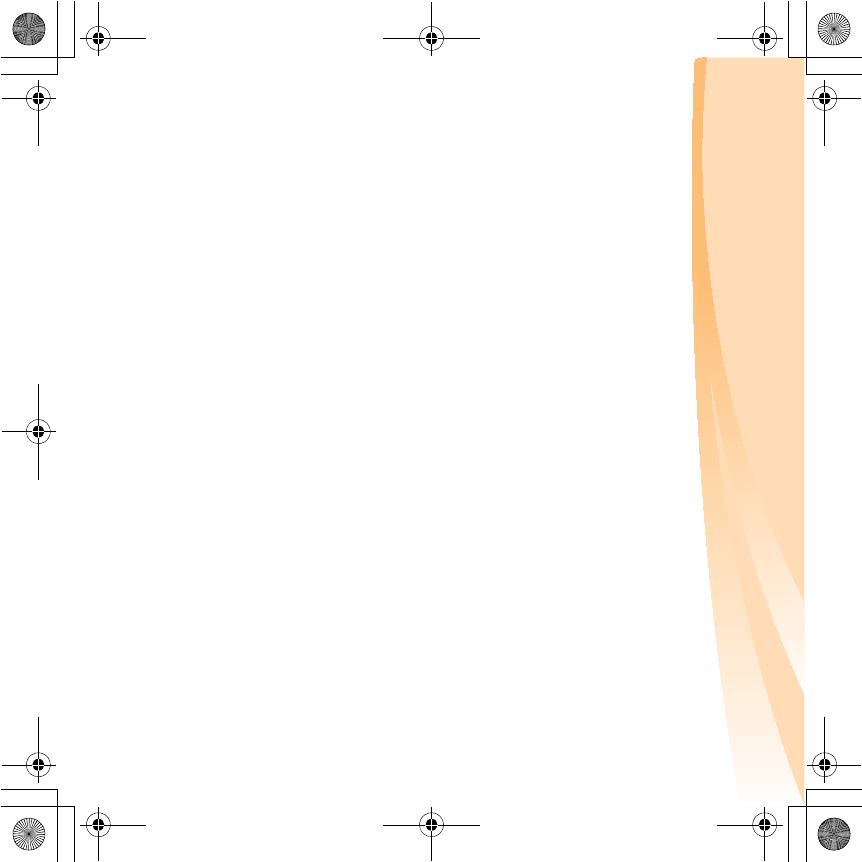
58
Appendix B. Use, and care Information
Data safety
• Do not delete unknown files or change the name of files or directories
that were not created by you; otherwise, your computer software might
fail to work.
• Be aware that accessing network resources can leave your computer
vulnerable to computer viruses, hackers, spyware, and other malicious
activities that might damage your computer, software, or data.
• It is your responsibility to ensure that you have adequate protection in
the form of firewalls, antivirus software, and anti-spyware software and
keep this software up to date.
Take care in setting passwords
• Remember your passwords. If you forget a supervisor or hard disk
password, Lenovo authorized service providers will not reset it, and you
might have to replace your system board or hard disk drive.
Other important tips
• Do not put the battery pack in trash that is disposed of in landfills. When
disposing of the battery, comply with local ordinances or regulations and
your company’s safety standards.
• Your computer might have both an Ethernet connector and a modem
connector. If so, be sure to connect your communication cable to the
correct one, so your connector is not damaged.
S10-3s UserGuide V1.0_en.book Page 58 Thursday, January 7, 2010 10:53 AM
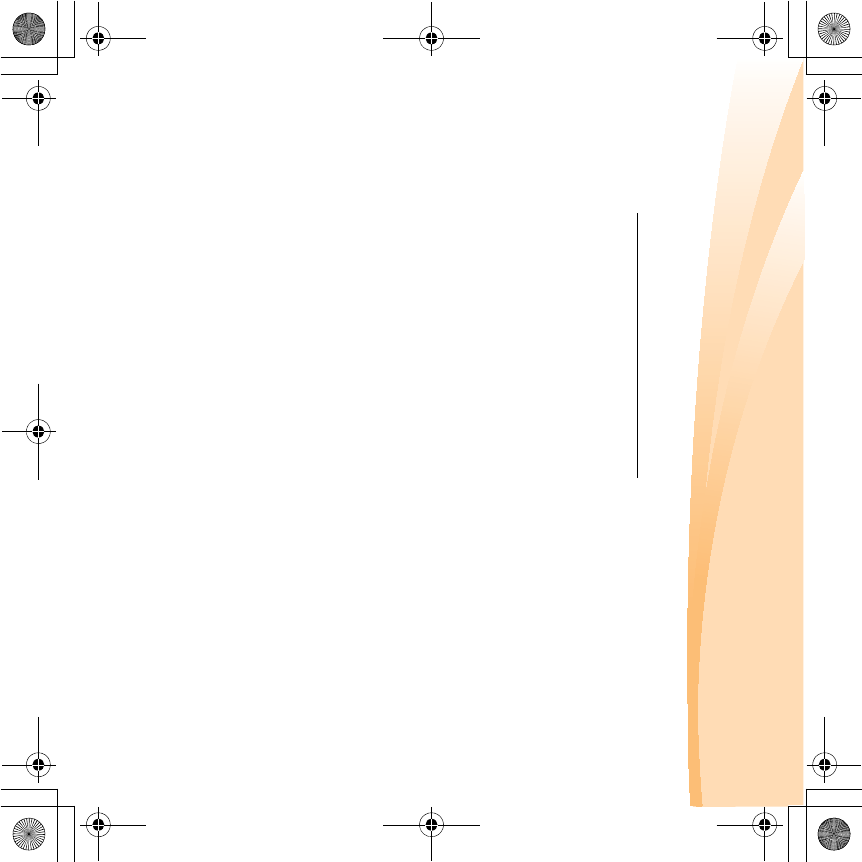
Appendix B. Use, and care Information
59
• Register your Lenovo products with Lenovo (refer to the Web page:
http://consumersupport.lenovo.com). This can help authorities return
your computer to you if it is lost or stolen. Registering your computer
also enables Lenovo to notify you about possible technical information
and upgrades.
• Only an authorized Lenovo repair technician should disassemble and
repair your computer.
• Do not modify or tape the latches to keep the display open or closed.
• Take care not to turn your computer over while the AC adapter is
plugged in. This could break the adapter plug.
• Turn off your computer if you are replacing a device, or else verify that
the device is warm- or hot-swappable.
• Before you install any of the following devices, touch a metal table or a
grounded metal object. This action reduces any static electricity from
your body. The static electricity could damage the device.
- ExpressCard
- Memory Card, such as SD Card, Memory Stick, MultiMediaCard, and
Memory Stick Pro card.
- Memory module
• When transferring data to or from a Flash Media Card, such as an SD
card, do not put your computer in sleep or hibernation mode before the
data transfer is complete. To do so might cause damage to your data.
S10-3s UserGuide V1.0_en.book Page 59 Thursday, January 7, 2010 10:53 AM
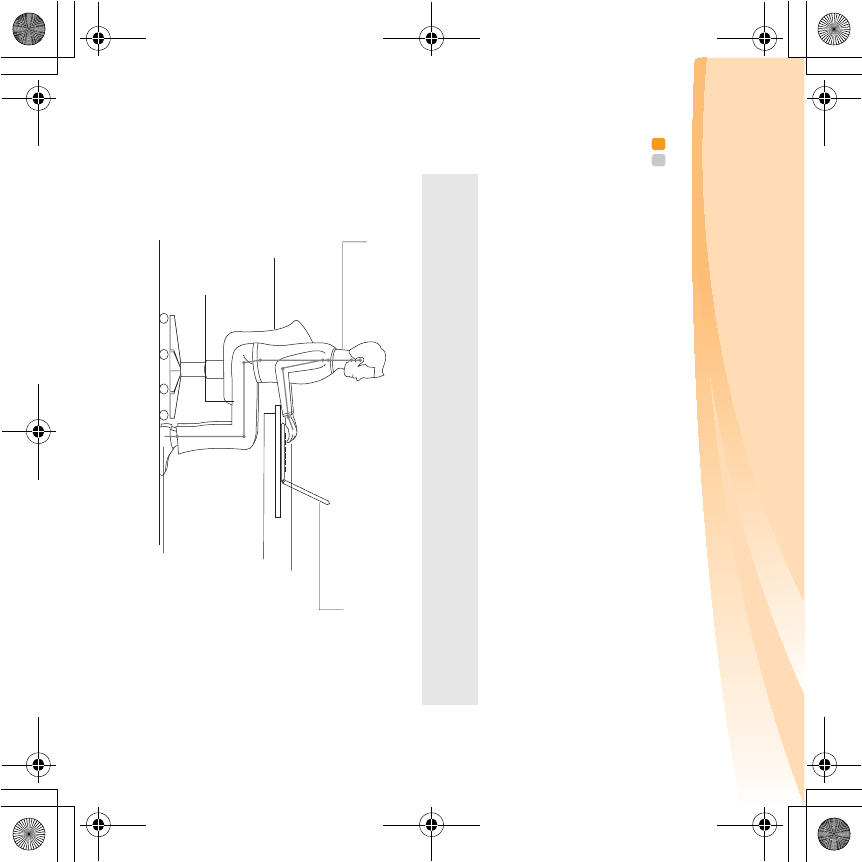
60
Appendix B. Use, and care Information
Accessibility and comfort - - - - - - - - - - - - - - - - - - - - - - - - - - - - - - - - - - - - - - - - - - - - - - - - - - - - - - - -
Ergonomic information
Working in the virtual office may mean adapting to frequent changes in
your environment. Following some simple rules will make things easier
and bring you the maximum benefits of your computer. Keeping in mind
such basics as good lighting and proper seating, for example, can help you
improve your performance and achieve greater comfort.
Note: This example shows someone in a conventional setting. Even if you work in a
casual, less conventional setting, many of the tips in this section still apply.
Develop good habits, and they will serve you well.
Head and neck in upright.
A suitable brightness
avoid glare or reflection
Type softly
Support the forearms
Flat on the floor
Good back support
and seat height
Parallel to the floor
S10-3s UserGuide V1.0_en.book Page 60 Thursday, January 7, 2010 10:53 AM
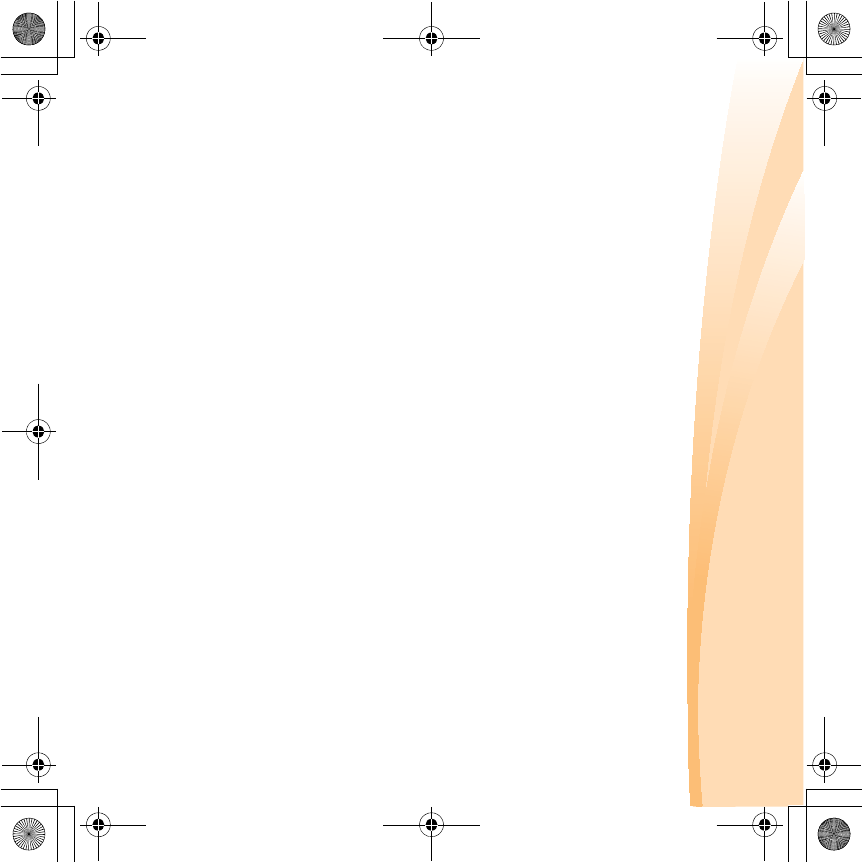
Appendix B. Use, and care Information
61
What if you are traveling?
It may not be possible to observe the best ergonomic practices when you
are using your computer while on the move or in a casual setting.
Regardless of the setting, try to observe as many of the tips as possible.
Sitting properly and using adequate lighting, for example, will help you
maintain desirable levels of comfort and performance.
Questions about vision?
Your computer’s visual display screen is designed to meet the highest
standards and to provide you with clear, crisp images and large, bright
displays that are easy to see, yet easy on the eyes. Of course, any
concentrated and sustained visual activity can be tiring. If you have
questions on eye fatigue or visual discomfort, consult a vision care
specialist for advice.
S10-3s UserGuide V1.0_en.book Page 61 Thursday, January 7, 2010 10:53 AM
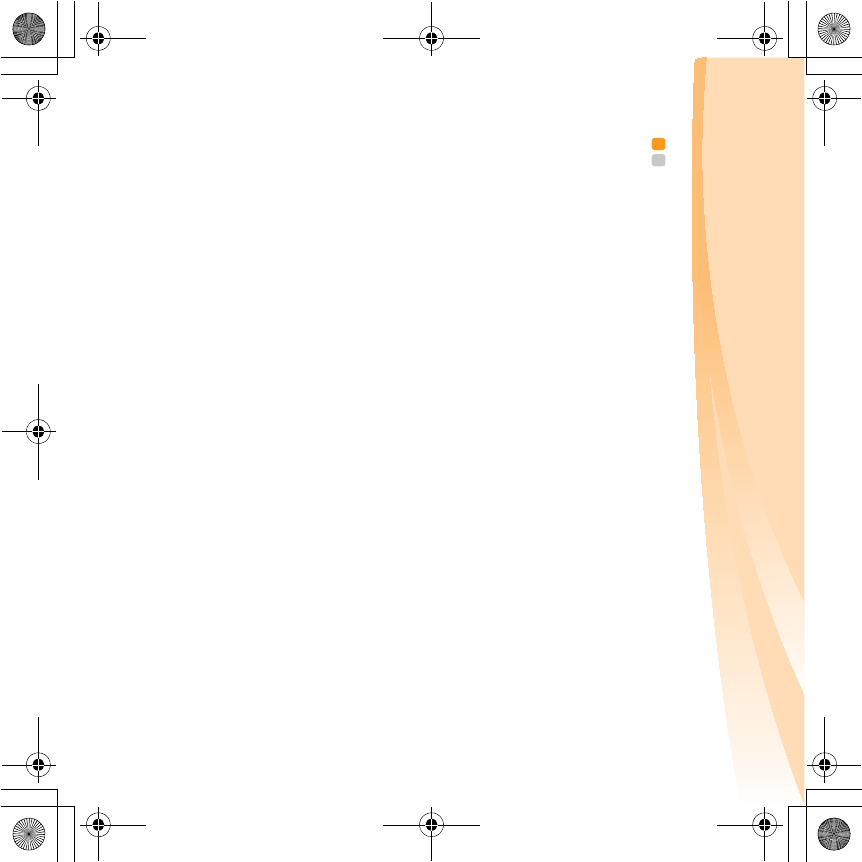
62
Appendix B. Use, and care Information
Maintenance - - - - - - - - - - - - - - - - - - - - - - - - - - - - - - - - - - - - - - - - - - - - - - - - - - - - - - - - - - - - - - - - - - - - - - - - - - - - - - - - -
An important part of owning your computer is maintenance. With proper
care, you can avoid common problems. The following sections provide
information that can help you to keep your computer running smoothly.
General tips for maintenance
1
Check the capacity of your hard disk drive from time to time. If the
hard disk drive gets too full, Windows® will slow down and might
produce errors.
2
Empty your recycle bin on a regular basis.
3
Use Diskeeper Lite or the Microsoft Disk Defragmenter on your hard
disk drive on a regular basis to improve data seek and read time.
• To free up disk space, uninstall unused application programs.
• Clean out your Inbox, Sent, and Trash folders from your e-mail client
program.
• At least once a week, make a point to back up your data. If critical data is
present, it is a good idea to perform a daily backup. Lenovo has many
backup options available for your computer. CD-RW drives and
CD-RW/DVD drives are available for most computers and are easily
installed.
S10-3s UserGuide V1.0_en.book Page 62 Thursday, January 7, 2010 10:53 AM

Appendix B. Use, and care Information
63
• Use or schedule System Restore to take a system snapshot periodically.
• Update device drivers and BIOS when needed.
• Profile your machine at http://consumersupport.lenovo.com to keep up
to date with current drivers and revisions.
• Keep up to date on device drivers on other non-Lenovo hardware. You
might want to read the device driver information release notes prior to
updating for compatibility or known issues.
• Keep a log book. Entries might include major hardware or software
changes, driver updates, minor issues you have experienced and how
you resolved them.
• If you ever need to run a recovery operation on your computer by
OneKey Rescue system, see “Chapter 4. OneKey Rescue system” on
page 35.
• If required, you can find your country’s customer support center at the
following Web address: http://consumersupport.lenovo.com.
When calling the customer support center, please make sure you have
your machine type, model, and serial number available and the
computer is in front of you. Also, if the machine is producing error
codes, it is helpful to have the error screen on or the message written
down.
Note: Always take a system snapshot before installing new drivers, updating
software, or installing new software.
S10-3s UserGuide V1.0_en.book Page 63 Thursday, January 7, 2010 10:53 AM

64
Appendix B. Use, and care Information
Cleaning the cover of your computer
Occasionally clean your computer as follows:
1
Prepare a mixture of a gentle kitchen-use detergent (one that does not
contain abrasive powder or strong chemicals such as acid or alkaline).
Use 5 parts water to 1 part detergent.
2
Absorb the diluted detergent into a sponge.
3
Squeeze excess liquid from the sponge.
4
Wipe the cover with the sponge, using a circular motion and taking
care not to let any excess liquid drip.
5
Wipe the surface to remove the detergent.
6
Rinse the sponge with clean running water.
7
Wipe the cover with the clean sponge.
8
Wipe the surface again with a dry, soft lint-free cloth.
9
Wait for the surface to dry completely and remove any cloth fibers
from the computer surface.
Note: Shut down the computer and then disconnect the power cord before cleaning
the computer.
S10-3s UserGuide V1.0_en.book Page 64 Thursday, January 7, 2010 10:53 AM

Appendix B. Use, and care Information
65
Cleaning your computer keyboard
1
Absorb some isopropyl rubbing alcohol on a soft, dust-free cloth.
2
Wipe each keytop surface with the cloth. Wipe the keys one by one; if
you wipe several keys at a time, the cloth may hook onto an adjacent
key and possibly damage it. Make sure that no liquid drips onto or
between the keys.
3
Allow to dry.
4
To remove any crumbs and dust from beneath the keys, you can use a
camera blower with a brush or cool air from a hair drier.
Note: Avoid spraying cleaner directly on the display or the keyboard.
S10-3s UserGuide V1.0_en.book Page 65 Thursday, January 7, 2010 10:53 AM
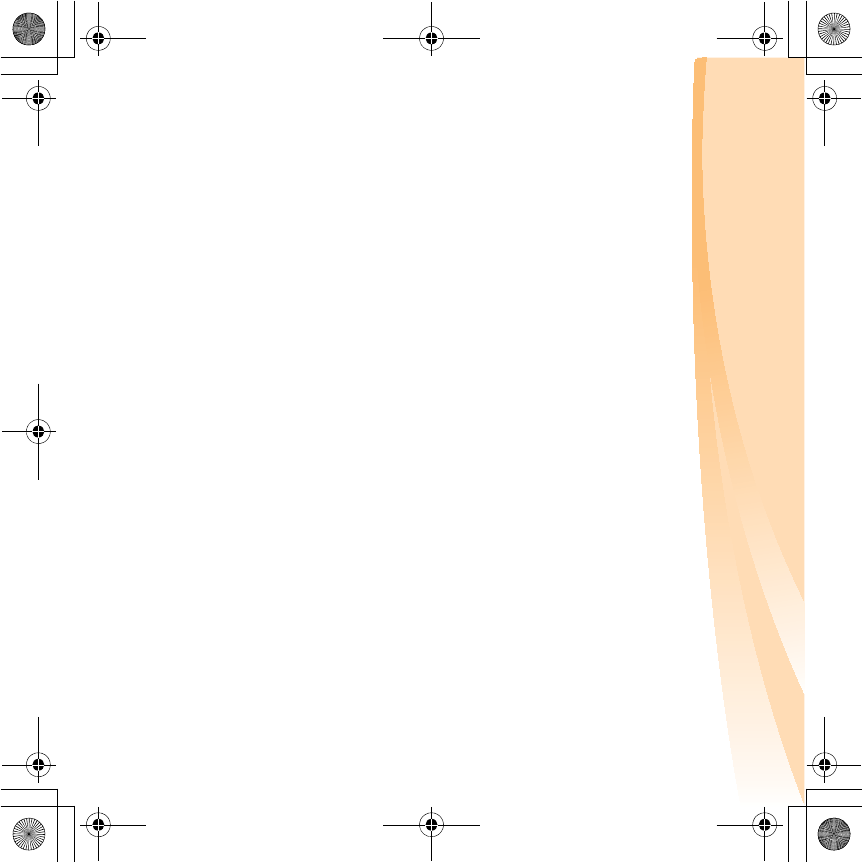
66
Appendix B. Use, and care Information
Cleaning your computer display
1
Gently wipe the display with a dry, soft lint-free cloth. If you see a
scratchlike mark on your display, it might be a stain transferred from
the keyboard when the cover was pressed from the outside.
2
Wipe or dust the stain gently with a soft, dry cloth.
3
If the stain remains, moisten a soft, lint-free cloth with water or a 50-50
mixture of isopropyl alcohol and water that does not contain
impurities.
4
Wring out as much of the liquid as you can.
5
Wipe the display again; do not let any liquid drip into the computer.
6
Be sure to dry the display before closing it.
S10-3s UserGuide V1.0_en.book Page 66 Thursday, January 7, 2010 10:53 AM

67
Appendix C. Lenovo limited warranty
This Lenovo Limited Warranty applies only to Lenovo branded hardware
products you purchased for your own use and not for resale.
This Lenovo Limited Warranty is available in other languages at
www.lenovo.com/warranty.
What this warranty covers
Lenovo warrants that each hardware product that you purchase is free from
defects in materials and workmanship under normal use during the warranty
period. The warranty period for the product starts on the original date of
purchase specified on your sales receipt or invoice unless Lenovo informs
you otherwise in writing. The warranty period and type of warranty service
that apply to your product are designated below under the section titled
“Warranty information.“
THIS WARRANTY IS YOUR EXCLUSIVE WARRANTY AND REPLACES
ALL OTHER WARRANTIES OR CONDITIONS, EXPRESS OR IMPLIED,
INCLUDING, BUT NOT LIMITED TO, THE IMPLIED WARRANTIES OR
CONDITIONS OF MERCHANTABILITY AND FITNESS FOR A
PARTICULAR PURPOSE. SOME STATES OR JURISDICTIONS DO NOT
ALLOW THE EXCLUSION OF EXPRESS OR IMPLIED WARRANTIES,
SO THE ABOVE EXCLUSION MAY NOT APPLY TO YOU. IN THAT
EVENT, SUCH WARRANTIES APPLY ONLY TO THE EXTENT
REQUIRED BY LAW AND ARE LIMITED IN DURATION TO THE
WARRANTY PERIOD. NO WARRANTIES APPLY AFTER THAT
PERIOD. SOME STATES OR JURISDICTIONS DO NOT ALLOW
S10-3s UserGuide V1.0_en.book Page 67 Thursday, January 7, 2010 10:53 AM

68
Appendix C. Lenovo limited warranty
LIMITATIONS ON HOW LONG AN IMPLIED WARRANTY LASTS, SO
THE ABOVE LIMITATION ON DURATION MAY NOT APPLY TO YOU.
How to obtain warranty service
If the product does not function as warranted during the warranty period,
you may obtain warranty service by contacting Lenovo or an approved
service provider. Each of them is referred to as a “Service Provider.” A list of
Service Providers and their telephone numbers is available at
www.lenovo.com/support/phone.
Warranty service may not be available in all locations and may differ from
location to location. Charges may apply outside a Service Provider’s normal
service area. Contact a local Service Provider for location-specific
information.
What your service provider will do to correct problems
When you contact a Service Provider, you must follow the problem
determination and resolution procedures specified.
Your Service Provider will attempt to diagnose and resolve your problem
over the telephone, e-mail or through remote assistance. Your Service
Provider may direct you to download and install designated software
updates.
S10-3s UserGuide V1.0_en.book Page 68 Thursday, January 7, 2010 10:53 AM
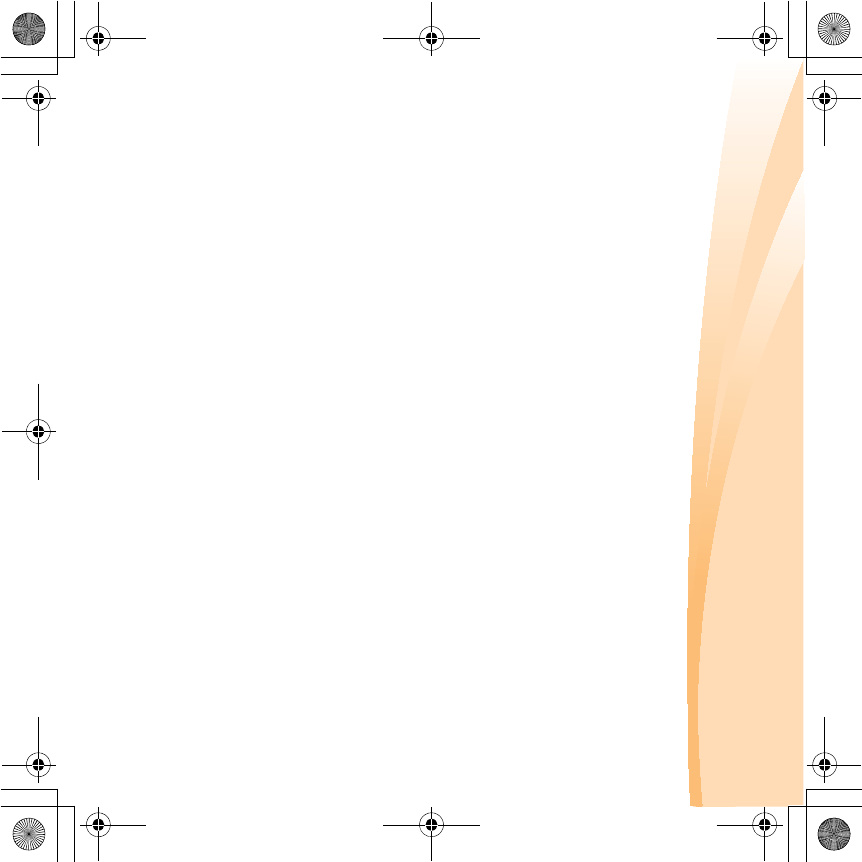
Appendix C. Lenovo limited warranty
69
Some problems can be resolved with a replacement part that you can install
yourself called a “Customer Replaceable Unit” or “CRU.” If so, your Service
Provider will ship the CRU to you to install.
If your problem cannot be resolved over the telephone or remotely, through
your application of software updates or the installation of a CRU by you,
your Service Provider will arrange for service under the type of warranty
service designated for the product under the section titled
“Warranty
information.”
If your Service Provider determines that it is unable to repair your product,
your Service Provider will replace it with one that is at least functionally
equivalent.
If your Service Provider determines that it is unable to either repair or replace
your product, your sole remedy is to return the product to your place of
purchase or to Lenovo for a refund of your purchase price.
S10-3s UserGuide V1.0_en.book Page 69 Thursday, January 7, 2010 10:53 AM

70
Appendix C. Lenovo limited warranty
Replacement of a product or part
When the warranty service involves the replacement of a product or part, the
replaced product or part becomes Lenovo’s property and the replacement
product or part becomes your property. Only unaltered Lenovo products and
parts are eligible for replacement. The replacement product or part provided
by Lenovo may not be new, but it will be in good working order and at least
functionally equivalent to the original product or part. The replacement
product or part shall be warranted for the balance of the period remaining on
the original product.
Before your Service Provider replaces a product or part, you agree to:
1
remove all features, parts, options, alterations, and attachments not
under warranty service;
2
ensure that the product or part is free of any legal obligations or
restrictions that prevent its replacement; and
3
obtain authorization from the owner to have your Service Provider
service a product or part if you do not own it.
S10-3s UserGuide V1.0_en.book Page 70 Thursday, January 7, 2010 10:53 AM

Appendix C. Lenovo limited warranty
71
Your additional responsibilities
Where applicable, before service is provided, you agree to:
1
follow the service request procedures that your Service Provider
specifies;
2
backup or secure all programs and data contained in the product;
3
provide your Service Provider with all system keys or passwords and
sufficient, free, and safe access to your facilities to perform service; and
4
ensure that all information about identified or identifiable individuals
(“Personal Data”) is deleted from the product or that, with respect to any
Personal Data that you did not delete, you are in compliance with all
applicable laws.
Use of personal information
If you obtain service under this warranty, Lenovo will store, use and process
information about your warranty service and your contact information,
including name, phone numbers, address, and e-mail address. Lenovo will
use this information to perform service under this warranty and to improve
our business relationship with you. We may contact you to inquire about your
satisfaction regarding our warranty service or to notify you about any
product recalls or safety issues. In accomplishing these purposes, we may
transfer your information to any country where we do business and may
provide it to entities acting on our behalf. We may also disclose it where
required by law.
S10-3s UserGuide V1.0_en.book Page 71 Thursday, January 7, 2010 10:53 AM

72
Appendix C. Lenovo limited warranty
What this warranty does not cover
This warranty does not cover the following:
• uninterrupted or error-free operation of a product;
• loss of, or damage to, your data;
• any software programs, whether provided with the product or installed
subsequently;
• failure or damage resulting from misuse, accident, modification,
unsuitable physical or operating environment, natural disasters, power
surges, or improper maintenance by you;
• damage caused by a non-authorized service provider;
• failure of, or damage caused by, any third party products, including
those that Lenovo may provide or integrate into the Lenovo product at
your request; and
• any technical or other support, such as assistance with “how-to”
questions and those regarding product set-up and installation.
This warranty is voided by removal or alteration of identification labels on
the product or its parts.
S10-3s UserGuide V1.0_en.book Page 72 Thursday, January 7, 2010 10:53 AM
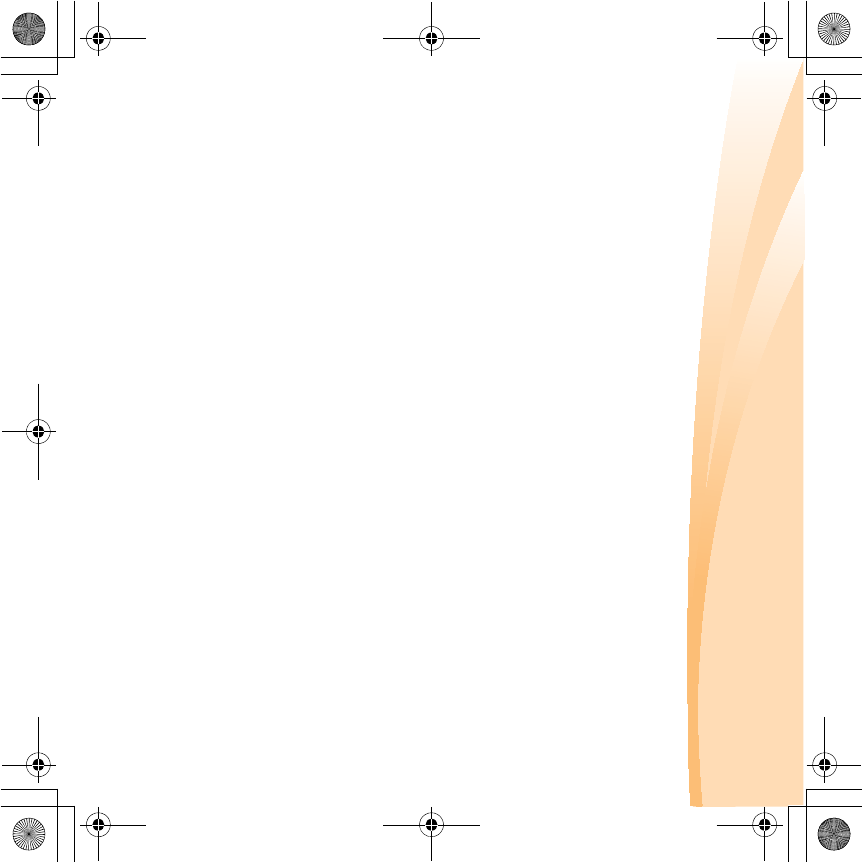
Appendix C. Lenovo limited warranty
73
Limitation of liability
Lenovo is responsible for loss or damage to your product only while it is: 1) in
your Service Provider’s possession; or 2) in transit in those cases where the
Service Provider is responsible for the transportation.
Neither Lenovo nor your Service Provider is responsible for any of your data
including confidential, proprietary, or personal data contained in a product.
You should remove and/or backup all such information from the product
prior to its service or return.
Circumstances may arise where, because of a default on Lenovo’s part or
other liability, you may be entitled to recover damages from Lenovo. In each
such instance, regardless of the basis of your claim against Lenovo
(including breach, negligence, misrepresentation, or other contract or tort
claim), except and to the extent that liability cannot be waived or limited by
applicable laws, Lenovo shall not be liable for more than the amount of
actual direct damages suffered by you, up to the amount you paid for the
product. This limit does not apply to damages for bodily injury (including
death) and damage to real property or tangible personal property for which
Lenovo is liable under law.
This limit also applies to Lenovo’s suppliers, resellers, and your Service
Provider. It is the maximum amount for which Lenovo, its suppliers, resellers,
and your Service Provider are collectively responsible.
S10-3s UserGuide V1.0_en.book Page 73 Thursday, January 7, 2010 10:53 AM
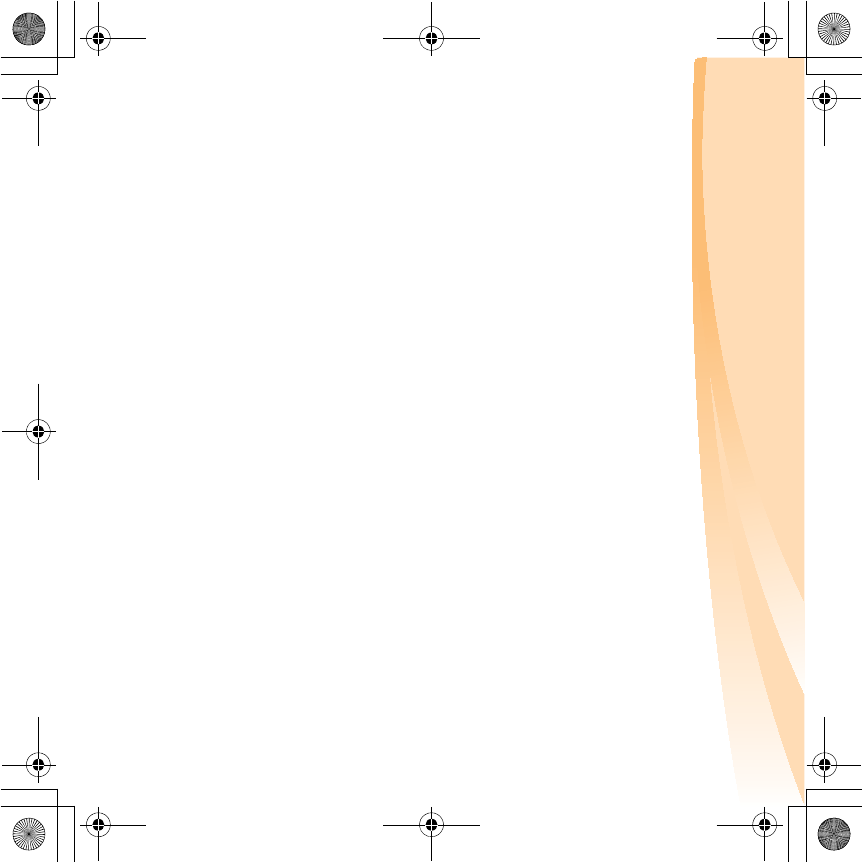
74
Appendix C. Lenovo limited warranty
UNDER NO CIRCUMSTANCES SHALL LENOVO, ITS SUPPLIERS,
RESELLERS, OR SERVICE PROVIDERS BE LIABLE FOR ANY OF THE
FOLLOWING EVEN IF INFORMED OF THEIR POSSIBILITY: 1) THIRD
PARTY CLAIMS AGAINST YOU FOR DAMAGES; 2) LOSS OR
DAMAGE TO YOUR DATA; OR 3) SPECIAL, INCIDENTAL, INDIRECT
OR CONSEQUENTIAL DAMAGES, INCLUDING LOST PROFITS,
BUSINESS REVENUE, GOODWILL OR ANTICIPATED SAVINGS. AS
SOME STATES OR JURISDICTIONS DO NOT ALLOW THE
EXCLUSION OR LIMITATION OF INCIDENTAL OR
CONSEQUENTIAL DAMAGES, THE ABOVE LIMITATION OR
EXCLUSION MAY NOT APPLY TO YOU.
Dispute resolution
If you acquired the product in
Cambodia
,
Indonesia
,
Philippines
,
Vietnam
or Sri Lanka
, disputes arising out of or in connection with this warranty shall
be finally settled by arbitration held in Singapore and this warranty shall be
governed, construed and enforced in accordance with the laws of Singapore,
without regard to conflict of laws. If you acquired the product in
India
,
disputes arising out of or in connection with this warranty shall be finally
settled by arbitration held in Bangalore, India. Arbitration in Singapore shall
be held in accordance with the Arbitration Rules of Singapore International
Arbitration Center (“SIAC Rules”) then in effect. Arbitration in India shall be
held in accordance with the laws of India then in effect. The arbitration award
shall be final and binding on the parties without appeal. Any award shall be
in writing and set forth the findings of fact and the conclusions of law. All
S10-3s UserGuide V1.0_en.book Page 74 Thursday, January 7, 2010 10:53 AM

Appendix C. Lenovo limited warranty
75
arbitration proceedings, including all documents presented in such
proceedings, shall be conducted in the English language, and the English
language version of this warranty prevails over any other language version in
such proceedings.
Other rights
THIS WARRANTY GIVES YOU SPECIFIC LEGAL RIGHTS AND YOU MAY
HAVE OTHER RIGHTS WHICH VARY FROM STATE TO STATE OR
JURISDICTION TO JURISDICTION. YOU MAY ALSO HAVE OTHER
RIGHTS UNDER APPLICABLE LAW OR WRITTEN AGREEMENT WITH
LENOVO. NOTHING IN THIS WARRANTY AFFECTS STATUTORY
RIGHTS, INCLUDING RIGHTS OF CONSUMERS UNDER NATIONAL
LEGISLATION GOVERNING THE SALE OF CONSUMER GOODS THAT
CANNOT BE WAIVED OR LIMITED BY CONTRACT.
European Economic Area (EEA)
Customers in the EEA may contact Lenovo at the following address: EMEA
Service Organisation, Lenovo (International) B.V., Floor 2, Einsteinova 21, 851
01, Bratislava, Slovakia. Service under this warranty for Lenovo hardware
products purchased in EEA countries may be obtained in any EEA country in
which the product has been announced and made available by Lenovo.
S10-3s UserGuide V1.0_en.book Page 75 Thursday, January 7, 2010 10:53 AM
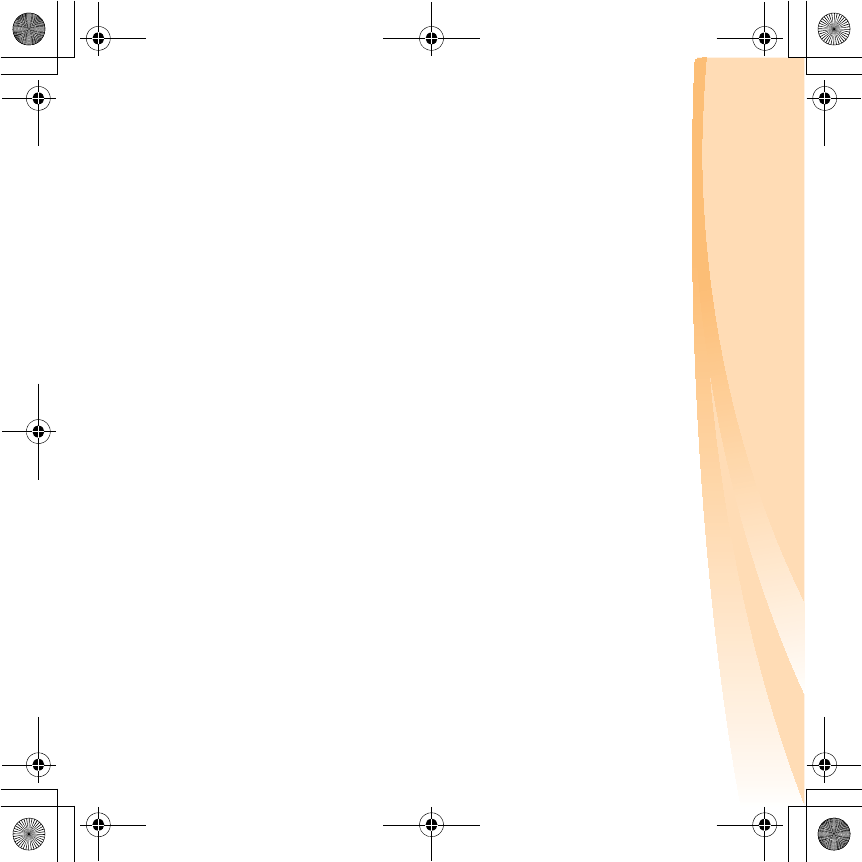
76
Appendix C. Lenovo limited warranty
Lenovo Turkey address
LENOVO TECHNOLOGY B.V.
TURKIYE ISTANBUL SUBESI
Beybi Giz Plaza, Dereboyu cad., Meydan Sok.,
No:28, Kat:10, Daire 35 Maslak
Posta Kodu: 34398
Tel : 3658900-99
Fax: 2902750
S10-3s UserGuide V1.0_en.book Page 76 Thursday, January 7, 2010 10:53 AM

Appendix C. Lenovo limited warranty
77
Warranty information - - - - - - - - - - - - - - - - - - - - - - - - - - - - - - - - - - - - - - - - - - - - - - - - - - - - - - - - - - - -
Product or
machine
type
Country or region of
purchase
Warranty
period
Type of
warranty
service
Notebook:
20051, 0703
Korea
parts and labor -
1 year
battery pack -
1 year
3, 4
India, China (Hong Kong S.A.R.),
China (Macau S.A.R.)
1, 4
Indonesia, Malaysia, Singapore,
Thailand, Philippines, Vietnam,
South Africa, France, Austria,
Belgium, Croatia, Denmark, Egypt,
Finland, Germany, Greece, Israel,
Ireland, Italy, Lithuania, Latvia,
Cyprus, Slovenia, Estonia,
Luxembourg, Iceland, Netherlands,
Norway, Romania, Spain, Sweden,
Switzerland, the United Kingdom,
Saudi Arabia, UAE
Australia, New Zealand, Japan 1, 3
United States of America, Canada,
Mexico, Brazil, Argentina,
Colombia, Peru, Venezuela, Bolivia,
Uruguay, Chile, Paraguay, Ecuador
parts and labor -
1 year limited
warranty *
battery pack - 1 year
1, 4
Taiwan, Russia, Ukraine, the
Republic of Kazakhstan, Sri Lanka
parts and labor -
1 year
battery pack - 1 year
4
Poland, Turkey, Czech Republic,
Hungary, Slovakia, Bulgaria
parts and labor -
2 years
battery pack - 1 year
1, 4
*Excludes some components. 90-day limited warranty for power adapters, keyboards, plastics and
hinges.
S10-3s UserGuide V1.0_en.book Page 77 Thursday, January 7, 2010 10:53 AM
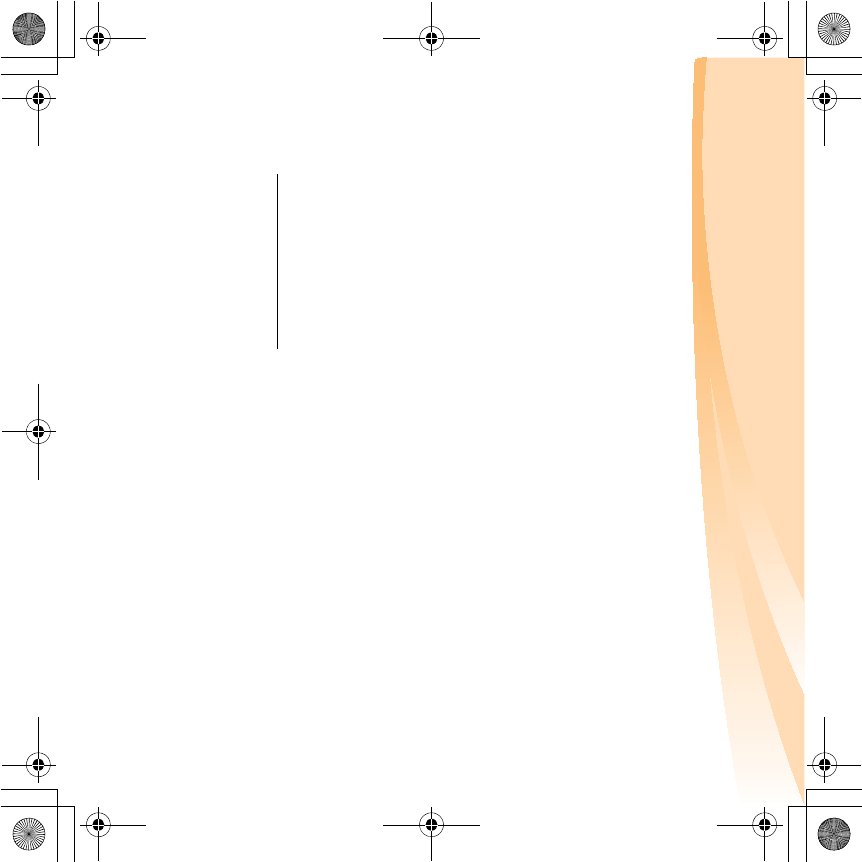
78
Appendix C. Lenovo limited warranty
If required, your Service Provider will provide repair or exchange service
depending on the type of warranty service specified for your product and the
available service. Scheduling of service will depend upon the time of your
call, parts availability, and other factors.
Types of warranty service
1Customer Replaceable Unit (“CRU”) Service
Under CRU Service, your Service Provider will ship CRUs to you for
installation by you. CRU information and replacement instructions are
shipped with your product and are available from Lenovo at any time
upon request. CRUs that are easily installed by you are called Self-service
CRUs, while Optional-service CRUs may require some technical skill and
tools. Installation of Self-service CRUs is your responsibility. You may
request that a Service Provider install Optional-service CRUs under one of
the other types of warranty service designated for your product. An
optional service offering may be available for purchase from Lenovo to
have Lenovo install Self-service CRUs for you. You may find a list of CRUs
and their designation in the publication that ships with your product or at
www.lenovo.com/CRUs. The requirement to return a defective CRU, if
any, will be specified in the materials shipped with a replacement CRU.
When return is required: 1) return instructions, a prepaid return shipping
label, and a container will be included with the replacement CRU; and 2)
you may be charged for the replacement CRU if your Service Provider does
not receive the defective CRU within thirty (30) days of your receipt of the
replacement.
S10-3s UserGuide V1.0_en.book Page 78 Thursday, January 7, 2010 10:53 AM
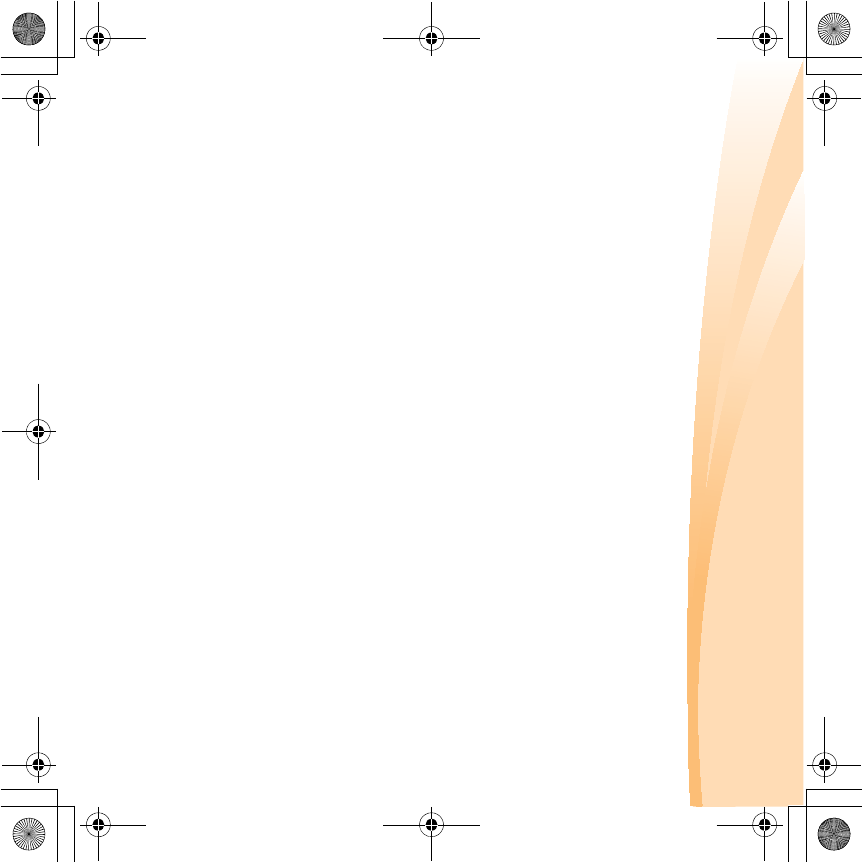
Appendix C. Lenovo limited warranty
79
2On-site Service
Under On-Site Service, your Service Provider will either repair or exchange
the product at your location. You must provide a suitable working area to
allow disassembly and reassembly of the Lenovo product. For some
products, certain repairs may require your Service Provider to send the
product to a designated service center.
3Courier or Depot Service
Under Courier or Depot Service, your product will be repaired or
exchanged at a designated service center, with shipping arranged by your
Service Provider. You are responsible for disconnecting the product. A
shipping container will be provided to you for you to return your product
to a designated service center. A courier will pick up your product and
deliver it to the designated service center. Following its repair or exchange,
the service center will arrange the return delivery of the product to you.
4Customer Carry-In or Mail-In Service
Under Customer Carry-In or Mail-In Service, your product will be repaired
or exchanged at a designated service center, with delivery or shipping
arranged by you. You are responsible to deliver or mail, as your Service
Provider specifies, (prepaid by you unless specified otherwise) the product,
suitably packaged to a designated location. After the product has been
repaired or exchanged, it will be made available for your collection. Failure
to collect the product may result in your Service Provider disposing of the
S10-3s UserGuide V1.0_en.book Page 79 Thursday, January 7, 2010 10:53 AM
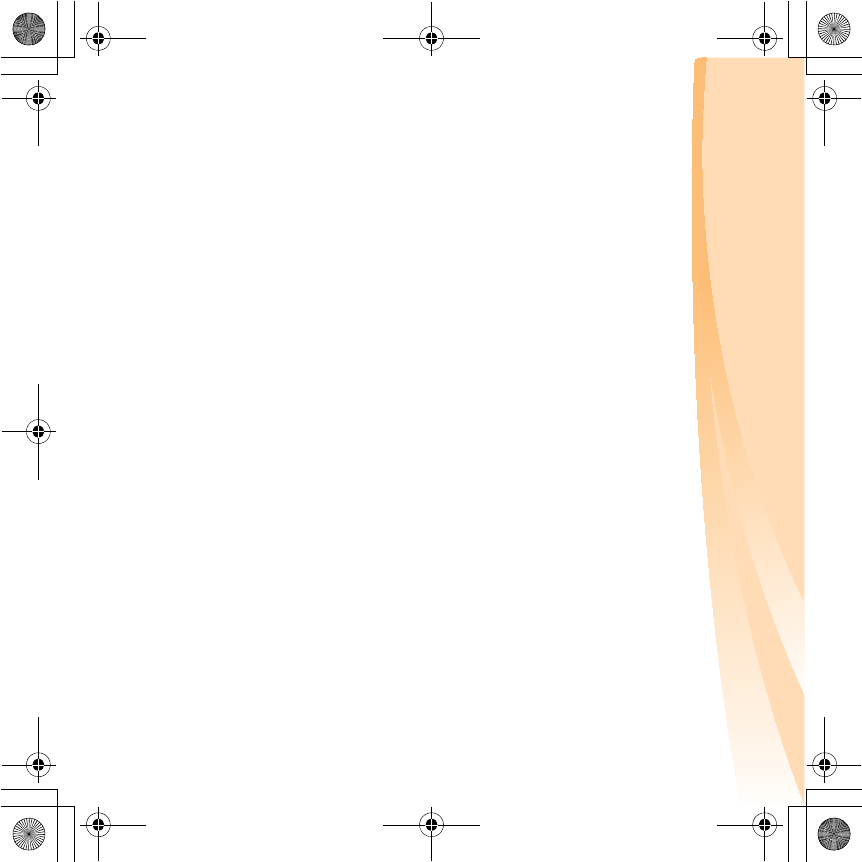
80
Appendix C. Lenovo limited warranty
product as it sees fit. For Mail-in Service, the product will be returned to
you at Lenovo’s expense, unless your Service Provider specifies otherwise.
5Product Exchange Service
Under Product Exchange Service, Lenovo will ship a replacement product
to your location. You are responsible for its installation and verification of
its operation. The replacement product becomes your property in exchange
for the failed product, which becomes the property of Lenovo. You must
pack the failed product in the shipping carton used to ship the replacement
product and return it to Lenovo. Transportation charges, both ways, are
paid by Lenovo. Failure to use the carton in which the replacement product
was received may result in your responsibility for damage to the failed
product during shipment. You may be charged for the replacement product
if Lenovo does not receive the failed product within thirty (30) days of your
receipt of the replacement product.
S10-3s UserGuide V1.0_en.book Page 80 Thursday, January 7, 2010 10:53 AM
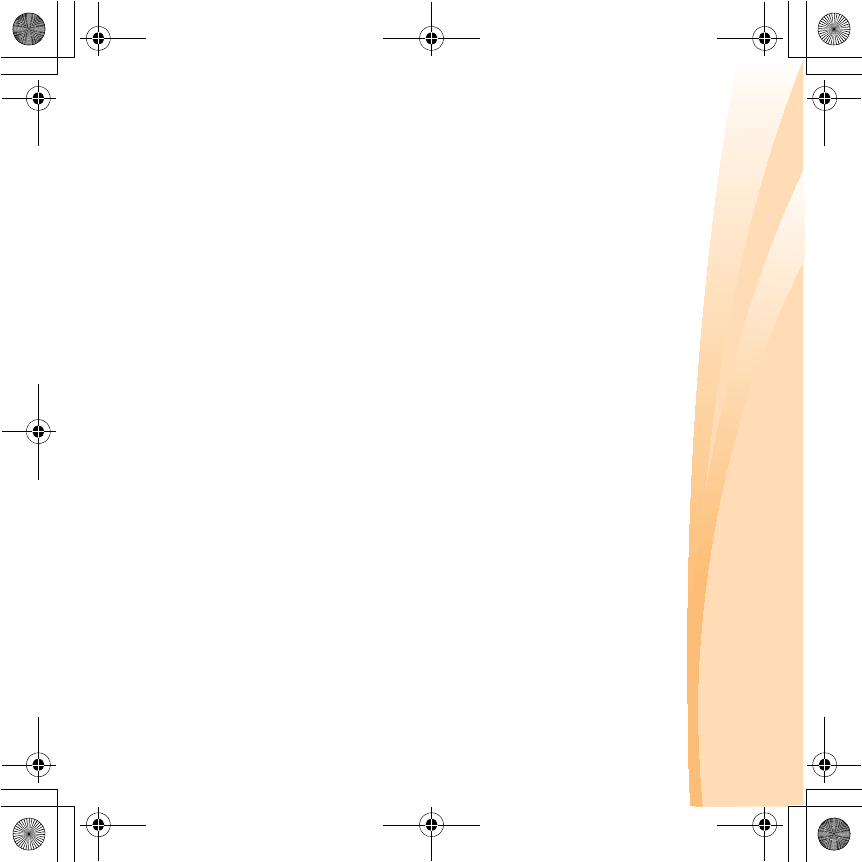
81
Appendix D. Customer replaceable units (CRUs)
Customer Replaceable Units (CRUs) are computer parts that can be
upgraded or replaced by the customer. There are two types of CRUs:
internal and external. External CRUs are easy to install, whereas internal
CRUs require some technical skills and in some cases might require tools
such as a screwdriver. However, both internal and external CRUs are safe
for removal by the customer.
Customers are responsible for replacing all external CRUs. Internal CRUs
can be removed and installed by customers or by a Lenovo service
technician during the warranty period.
Your computer contains the following types of external CRUs:
•External CRUs (pluggable): These CRUs unplug from the computer.
Examples of these types of CRUs include the AC adapter and power
cord.
•External CRUs with latches: These CRUs include a latch to help you
remove and replace the part. Examples of these types of CRUs include
the notebook main battery, an optical drive, a hard-disk drive, and an
extended battery.
S10-3s UserGuide V1.0_en.book Page 81 Thursday, January 7, 2010 10:53 AM
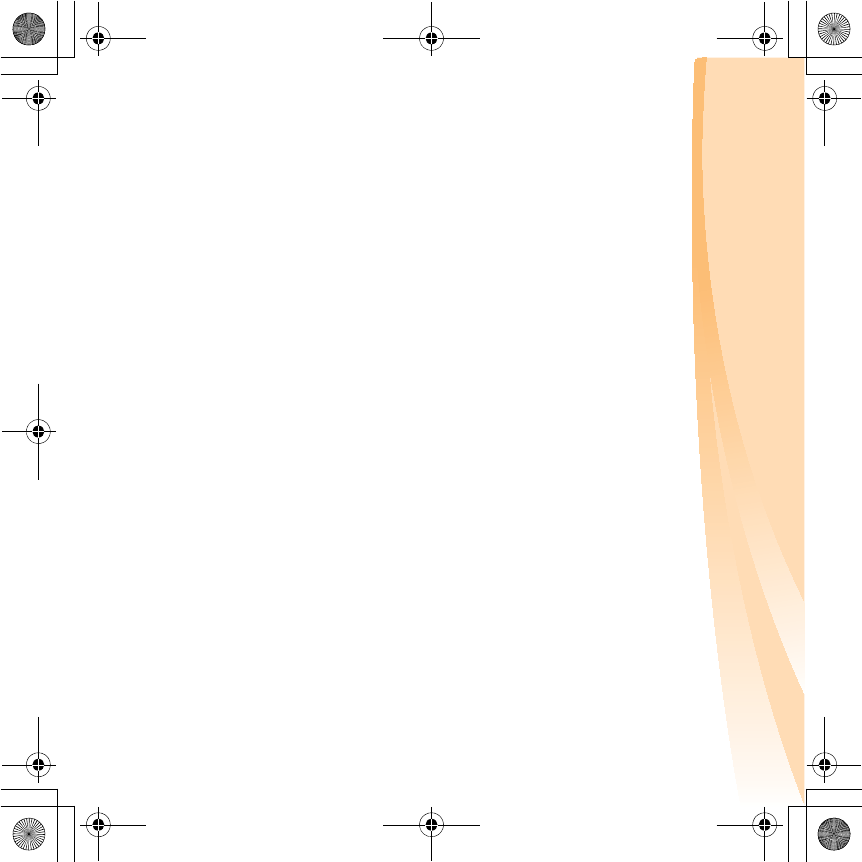
82
Appendix D. Customer replaceable units (CRUs)
Your computer contains the following types of internal CRUs:
•Internal CRUs (located behind an access panel): These CRUs are
isolated parts within the computer that are concealed by an access panel
that is typically secured by either one or two screws. Once the access
panel is removed, only the specific CRU is visible. Examples of these
types of CRUs include memory modules and hard disk drives.
•Internal CRUs (located within the product): These CRUs are accessible
only by opening the computer’s outer case. Examples of these CRUs
include PCI Express Mini Cards and the integrated keyboard.
S10-3s UserGuide V1.0_en.book Page 82 Thursday, January 7, 2010 10:53 AM

83
Appendix E. Notices
Notices - - - - - - - - - - - - - - - - - - - - - - - - - - - - - - - - - - - - - - - - - - - - - - - - - - - - - - - - - - - - - - - - - - - - - - - - - - - - - - - - - - - - - - - - - - - - - -
Lenovo may not offer the products, services, or features discussed in this
document in all countries. Consult your local Lenovo representative for
information on the products and services currently available in your area.
Any reference to a Lenovo product, program, or service is not intended to
state or imply that only that Lenovo product, program, or service may be
used. Any functionally equivalent product, program, or service that does
not infringe any Lenovo intellectual property right may be used instead.
However, it is the user’s responsibility to evaluate and verify the
operation of any other product, program, or service.
Lenovo may have patents or pending patent applications covering subject
matter described in this document. The furnishing of this document does
not give you any license to these patents. You can send license inquiries, in
writing, to:
Lenovo (United States), Inc.
1009 Think Place - Building One
Morrisville, NC 27560
U.S.A.
Attention: Lenovo Director of Licensing
LENOVO PROVIDES THIS PUBLICATION “AS IS” WITHOUT
WARRANTY OF ANY KIND, EITHER EXPRESS OR IMPLIED,
INCLUDING, BUT NOT LIMITED TO, THE IMPLIED WARRANTIES OF
NON-INFRINGEMENT, MERCHANTABILITY OR FITNESS FOR A
PARTICULAR PURPOSE. Some jurisdictions do not allow disclaimer of
S10-3s UserGuide V1.0_en.book Page 83 Thursday, January 7, 2010 10:53 AM
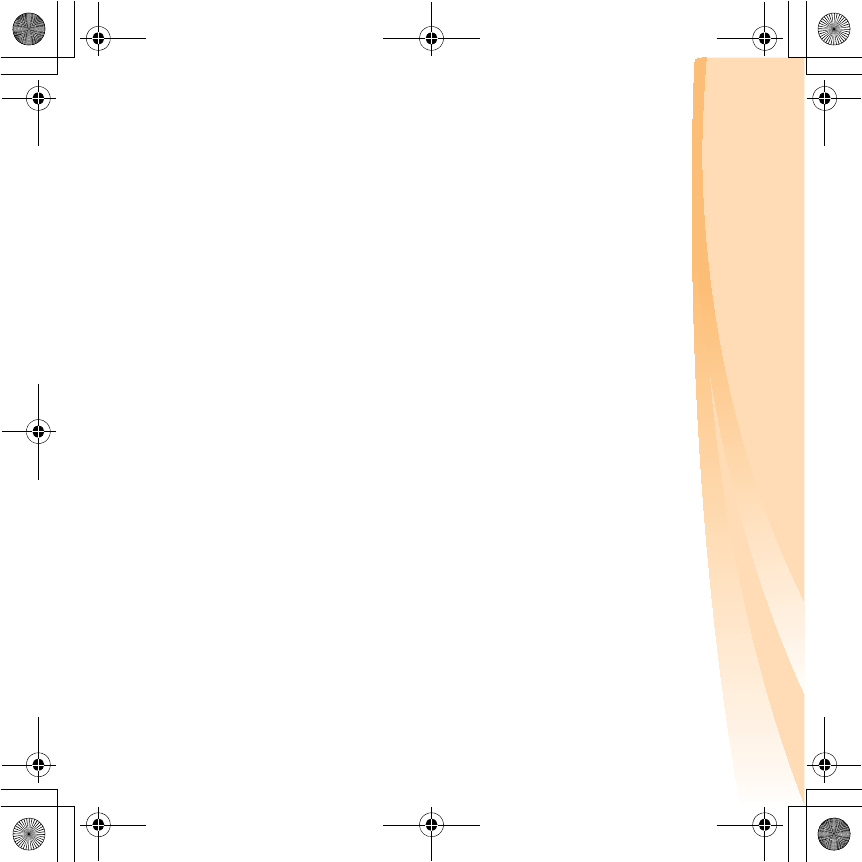
84
Appendix E. Notices
express or implied warranties in certain transactions, therefore, this
statement may not apply to you.
This information could include technical inaccuracies or typographical
errors. Changes are periodically made to the information herein; these
changes will be incorporated in new editions of the publication. Lenovo
may make improvements and/or changes in the product(s) and/or the
program(s) described in this publication at any time without notice.
The products described in this document are not intended for use in
implantation or other life support applications where malfunction may
result in injury or death to persons. The information contained in this
document does not affect or change Lenovo product specifications or
warranties. Nothing in this document shall operate as an express or
implied license or indemnity under the intellectual property rights of
Lenovo or third parties. All information contained in this document was
obtained in specific environments and is presented as an illustration. The
result obtained in other operating environments may vary.
Lenovo may use or distribute any of the information you supply in any
way it believes appropriate without incurring any obligation to you.
Any references in this publication to non-Lenovo Web sites are provided for
convenience only and do not in any manner serve as an endorsement of
those Web sites. The materials at those Web sites are not part of the materials
for this Lenovo product, and use of those Web sites is at your own risk.
Any performance data contained herein was determined in a controlled
environment. Therefore, the result obtained in other operating
environments may vary significantly. Some measurements may have been
S10-3s UserGuide V1.0_en.book Page 84 Thursday, January 7, 2010 10:53 AM

Appendix E. Notices
85
made on development-level systems and there is no guarantee that these
measurements will be the same on generally available systems.
Furthermore, some measurements may have been estimated through
extrapolation. Actual results may vary. Users of this document should
verify the applicable data for their specific environment.
The software interface and hardware configuration described in all the
manuals included with your computer may not match the actual
configuration of the computer you purchased.
Export classification notice
This product is subject to the United States Export Administration
Regulations (EAR) and has an Export Classification Control Number
(ECCN) of 4A994.b. It can be re-exported except to any of the embargoed
countries in the EAR E1 country list.
S10-3s UserGuide V1.0_en.book Page 85 Thursday, January 7, 2010 10:53 AM

86
Appendix E. Notices
ENERGY STAR model information - - - - - - - - - - - - - - - - - - - - - - - - - - - - -
ENERGY STAR
®
is a joint program of the U.S. Environmental Protection
Agency and the U.S. Department of Energy aimed at saving money and
protecting the environment through energy efficient products and practices.
Lenovo
®
is proud to offer our customers products with an ENERGY STAR
compliant designation. Lenovo computers of the following machine types, if
the ENERGY STAR mark is affixed, have been designed and tested to
conform to the ENERGY STAR 5.0 program requirements for computers.
• 20051
•0703
By using ENERGY STAR compliant products and taking advantage of the
power-management features of your computer, you reduce the consumption
of electricity. Reduced electrical consumption contributes to potential
financial savings, a cleaner environment, and the reduction of greenhouse
gas emissions.
For more information about ENERGY STAR, visit
http://www.energystar.gov.
S10-3s UserGuide V1.0_en.book Page 86 Thursday, January 7, 2010 10:53 AM

Appendix E. Notices
87
Lenovo encourages you to make efficient use of energy an integral part of
your day-to-day operations. To help in this endeavor, Lenovo has preset the
following power-management features to take effect when your computer
has been inactive for a specified duration:
To awaken your computer from a sleep mode, press any key on your
keyboard. For more information about these settings, refer to your Windows
Help and Support information system.
Table 1. ENERGY STAR power-management features, by operating system
Windows® 7
Power plan: Energy Star
•Turn off the display: After
10 minutes
•Put the computer to sleep: After
25 minutes
•Advanced power settings:
-Turn off hard disks: After 20
minutes
- Hibernate: After 1 hour
S10-3s UserGuide V1.0_en.book Page 87 Thursday, January 7, 2010 10:53 AM
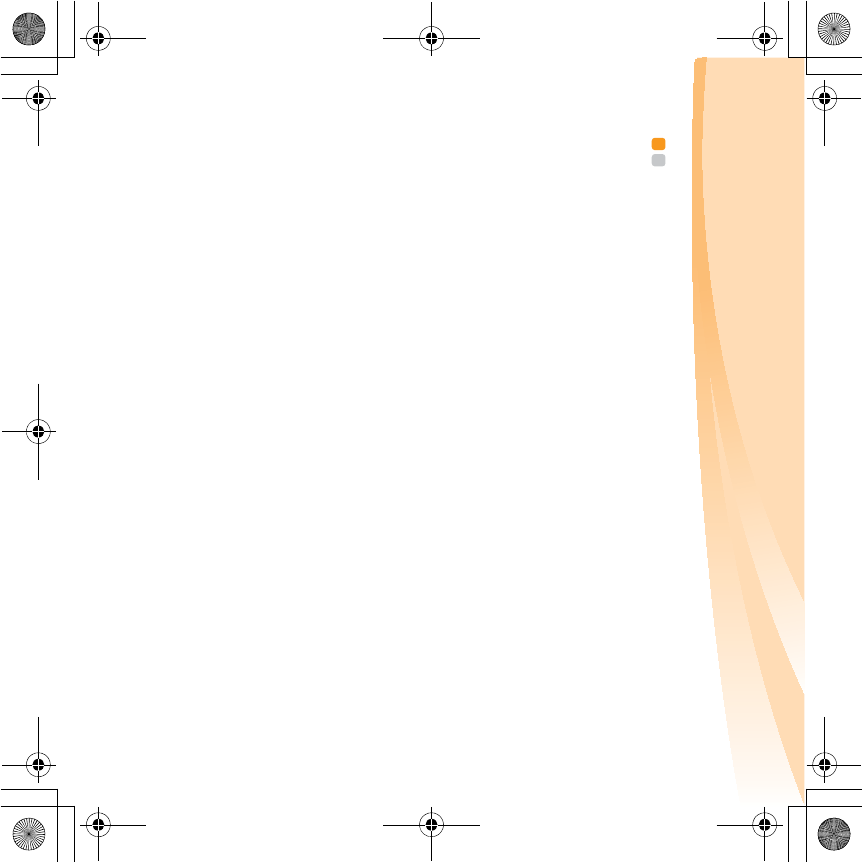
88
Appendix E. Notices
Wireless related information - - - - - - - - - - - - - - - - - - - - - - - - - - - - - - - - - - - - - - - - - -
Wireless interoperability
Wireless LAN PCI Express Mini Card is designed to be interoperable with
any wireless LAN product that is based on Direct Sequence Spread
Spectrum (DSSS), Complementary Code Keying (CCK), and/or
Orthogonal Frequency Division Multiplexing (OFDM) radio technology,
and is compliant to:
• The IEEE 802.11a/b/g/n Standard on Wireless LANs, as defined and
approved by the Institute of Electrical and Electronics Engineers.
• The Wireless Fidelity (WiFi) certification as defined by the Wi-Fi
Alliance.
Bluetooth
Daughter Card is designed to be interoperable with any
Bluetooth
product that is compliant to
Bluetooth
Specification 2.1 + EDR as defined by
the Bluetooth SIG. Following profiles are supported by
Bluetooth
Daughter
Card:
• Generic Access
• Service Discovery
• Serial Port
• Dial-up Networking
•FAX
• LAN Access using PPP
• Personal Area Network
S10-3s UserGuide V1.0_en.book Page 88 Thursday, January 7, 2010 10:53 AM

Appendix E. Notices
89
• Generic Object Exchange
• Generic Object Push
• File Transfer
•Synchronization
•Audio Gateway
•Headset
•Printer
• Human Interface Devices (Keyboard/Mouse)
• Basic Image
•Handsfree
•AV
Usage environment and your health
Wireless LAN PCI Express Mini Card and Bluetooth Daughter Card emit
radio frequency electromagnetic energy like other radio devices. However,
the level of energy emitted is far much less than the electromagnetic
energy emitted by wireless devices like for example mobile phones.
Due to the fact that wireless LAN PCI Express Mini Card and Bluetooth
Daughter Card operate within the guidelines found in radio frequency
safety standards and recommendations, Lenovo believes the integrated
wireless cards are safe for use by consumers. These standards and
recommendations reflect the consensus of the scientific community and
S10-3s UserGuide V1.0_en.book Page 89 Thursday, January 7, 2010 10:53 AM

90
Appendix E. Notices
result from deliberations of panels and committees of scientists who
continually review and interpret the extensive research literature.
In some situation or environment, the use of wireless LAN PCI Express
Mini Card or Bluetooth Daughter Card may be restricted by the proprietor
of the building or responsible representatives of the organization. These
situations may for example include:
• Using the integrated wireless cards on board of airplanes, or in hospitals
• In any other environment where the risk of interference to other devices
or services is perceived or identified as harmful.
If you are uncertain of the policy that applies on the use of wireless
devices in a specific organization (e.g., airport or hospital), you are
encouraged to ask for authorization to use wireless LAN PCI Express Mini
Card or Bluetooth Daughter Card prior to turning on the computer.
Safety information related to Mobile Broadband
1
Do not use the Mobile Broadband feature on your computer in highly
flammable areas (e.g. gas station) or near blasting. Though it is rare,
the Mobile Broadband module, like other cellular network devices,
could generate a spark.
2
Avoid using Mobile Broadband feature outdoors during a
thunderstorm.
S10-3s UserGuide V1.0_en.book Page 90 Thursday, January 7, 2010 10:53 AM
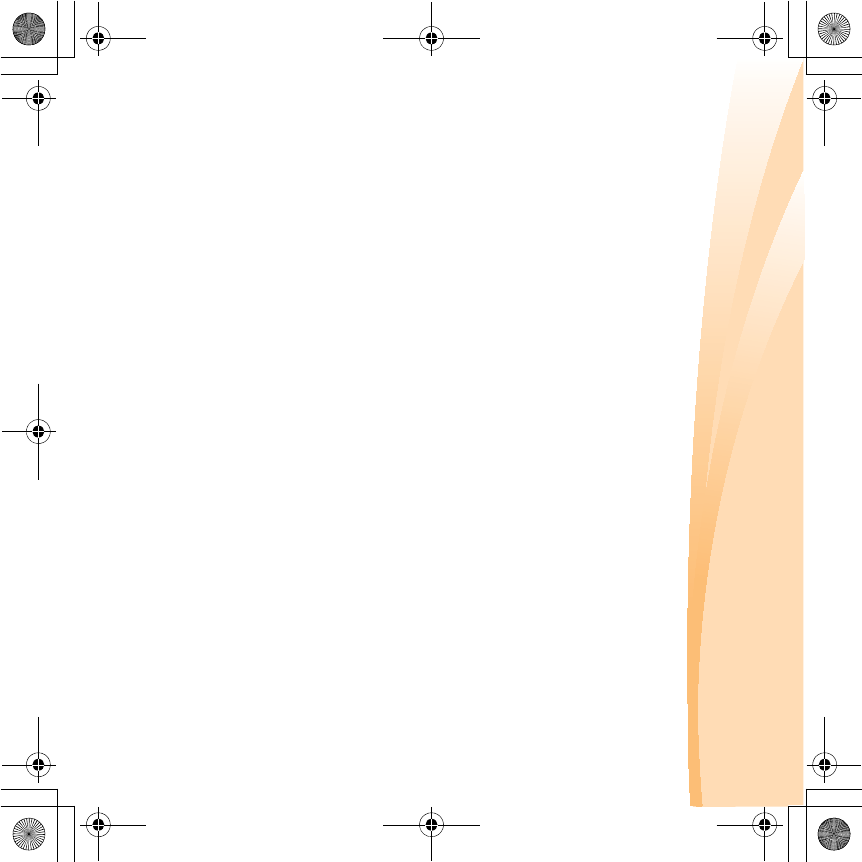
Appendix E. Notices
91
3
Use of mobile devices on board aircraft is explicitly prohibited by many
airlines companies, especially during take-off and landing. The built-in
Mobile Broadband module on your computer is a low-power radio
transceiver. When it is turned on, it intermittently receives and transmits
radio frequency (RF) energy which could cause interference with the
operation of the airplane communication or navigation system. Refer to
rules or regulations of your airline company for Mobile Broadband use.
Never enable Mobile Broadband feature on your computer unless you are
explicitly permitted to do so.
4
Follow restrictions when using your computer in hospitals. Some
equipments in hospitals are sophisticated and are susceptible to
electromagnetic interference. Do not enable Mobile Broadband feature near
medical equipment without requesting permission.
5
The Mobile Broadband communication may affect the operation of
implanted cardiac pacemakers and other medically implanted equipment.
Patients with cardiac pacemakers should be well aware that use of Mobile
Broadband feature on this computer may cause the implanted device to
malfunction. If patients have any doubt that there is interference taking
place, immediately disable the wireless radio on the computer and contact
the doctor for more information.
6
The Mobile Broadband module embedded in your computer does not
support voice calls, hence their use for essential communications is not
possible. Therefore you should never rely upon the device for essential
communications.
S10-3s UserGuide V1.0_en.book Page 91 Thursday, January 7, 2010 10:53 AM
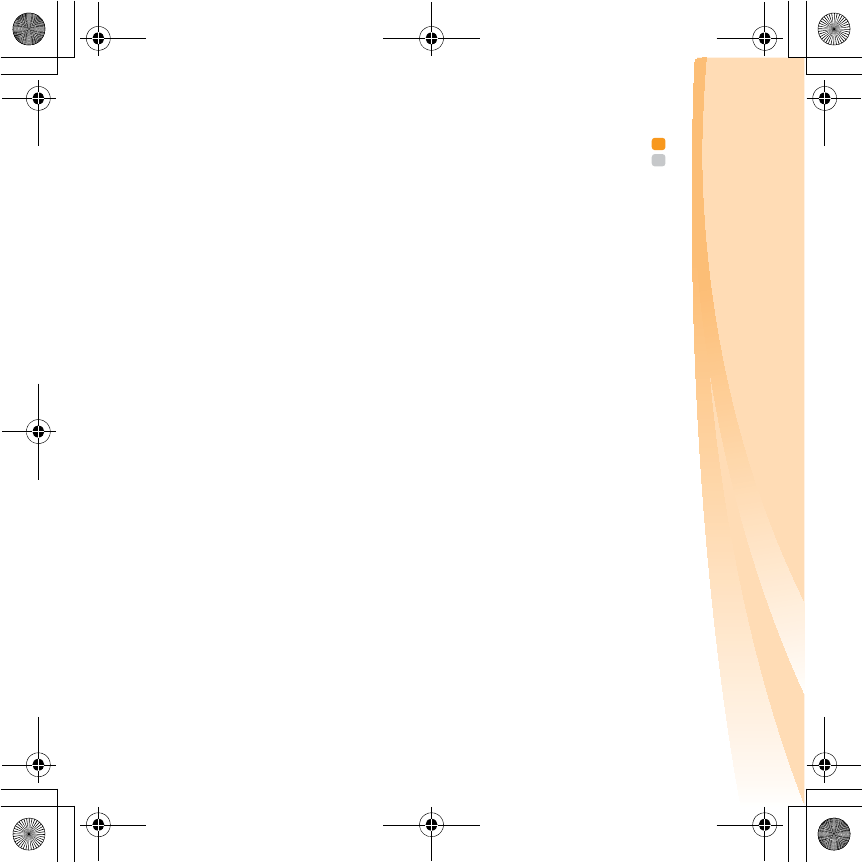
92
Appendix E. Notices
TV tuner information - - - - - - - - - - - - - - - - - - - - - - - - - - - - - - - - - - - - - - - - - - - - - - - - - - - - - - - - - - - - - - - - - - -
Products with television tuner options installed
The notice below applies to products containing television (TV) tuner
devices that connect to external antennas or to cable/CATV systems, or
both, and that are intended to be installed in North America. Users and
installers in other countries should follow local codes and ordinances
when installing appliances that connect to external antennas and cable/
CATV systems. If local codes are not applicable, it is recommended that
users/installers follow guidelines similar to those that follow.
The TV tuner should connect to TNV-1 circuit only.
When install the coaxial cable to the TV tuner should make sure its metal
shield is reliable connected to protective earthing system of the building.
Note to CATV system installer
This reminder is provided to call the CATV system installer’s attention to
Article 820-40 of the National Electrical Code (NEC) that provides
guidelines for proper grounding and, in particular, specifies that the cable
ground shall be connected to the grounding system of the building, as
close as possible to the point of cable entry as practical.
S10-3s UserGuide V1.0_en.book Page 92 Thursday, January 7, 2010 10:53 AM
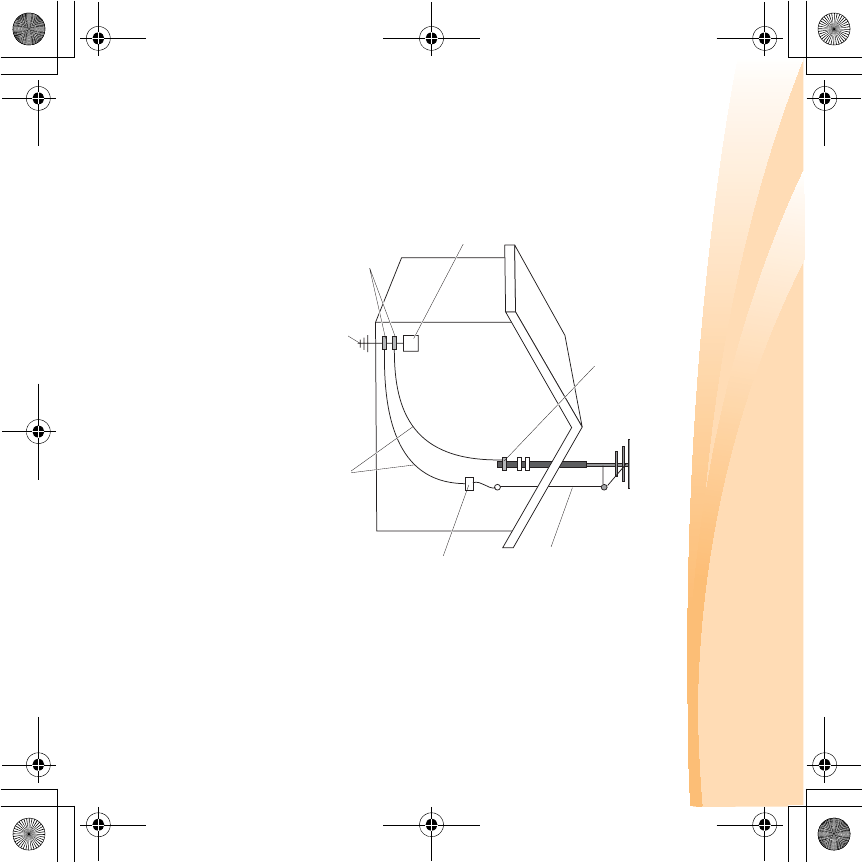
Appendix E. Notices
93
Example of antenna grounding
Ground clamp
Antenna lead-in wire
Antenna discharge unit (NEC Section 810-20)
Grounding conductors (NEC Section 810-21)
Power service grounding electrode system (NEC Article 250, Part H)
Ground clamps
Electronic service equipment
a
c
b
d
e
f
g
S10-3s UserGuide V1.0_en.book Page 93 Thursday, January 7, 2010 10:53 AM

94
Appendix E. Notices
The following notice applies to all countries and regions:
Danger:
• Outdoor antenna grounding
If an outside antenna or cable system is connected to the equipment,
be sure the antenna or cable system is grounded as to provide some
protection against voltage surges and built-up static charges.
• Lightning
For added protection for this equipment during a lightning storm, or
when it is left unattended and unused for long periods of time,
unplug it from the wall outlet and disconnect the antenna or cable
system. This will prevent damage to the video product due to
lightning and power line surges.
• Power lines
An outside antenna system should not be located in the vicinity of
overhead power lines or where it can fall into such power lines or
circuits. When installing an outside antenna system, extreme care
should be taken to keep from touching such power lines or circuits,
as contact with them may be fatal.
Risk of Hazard Connecting Class l Equipment to Cable
Distribution Networks
For Class l equipment in Norway, intended to be connected to cable
distribution systems, the screen of a coaxial cable is required to be galvanic
isolated from the protective earth.
• Connection to a Cable Distribution System is to be provided through a
galvanic isolator.
• Må Kun tilkoples kabel-TV nett via galvanisk isolator.
S10-3s UserGuide V1.0_en.book Page 94 Thursday, January 7, 2010 10:53 AM
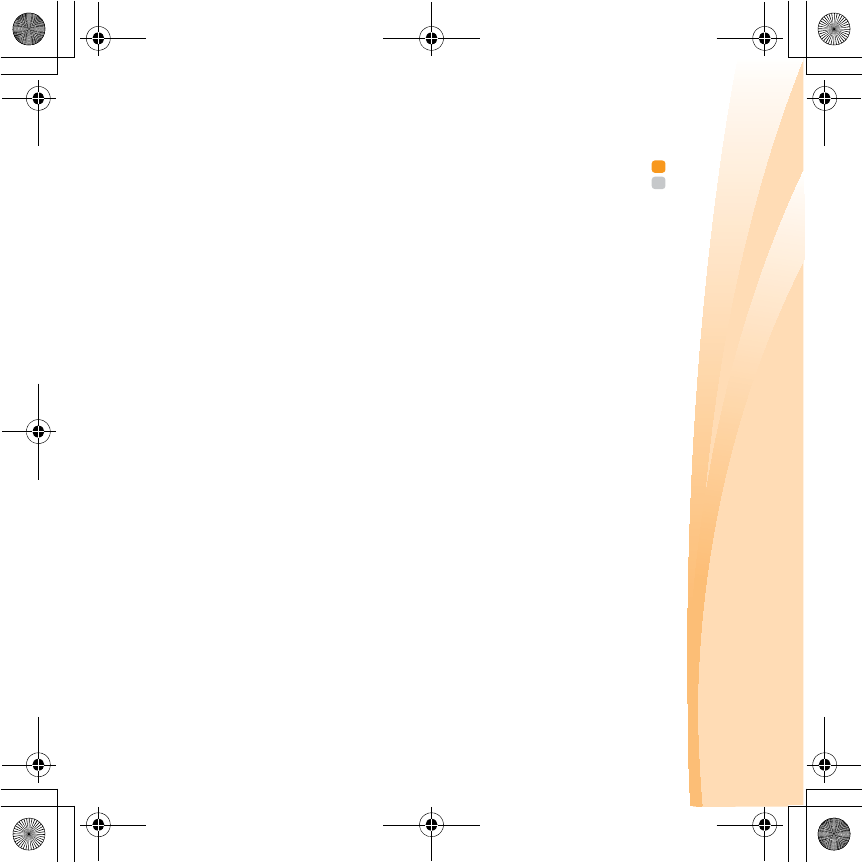
Appendix E. Notices
95
Electronic emissions notices - - - - - - - - - - - - - - - - - - - - - - - - - - - - - - - - - - - - - - - - - - - - - - - -
The following information refers to Lenovo IdeaPad S10-3s, machine type
20051 0703.
Federal Communications Commission (FCC) Statement
This equipment has been tested and found to comply with the limits for a
Class B digital device, pursuant to Part 15 of the FCC Rules. These limits
are designed to provide reasonable protection against harmful
interference in a residential installation. This equipment generates, used,
and can radiate radio frequency energy and, if not installed and used in
accordance with the instructions, may cause harmful interference to radio
communications. However, there is no guarantee the interference will not
occur in a particular installation. If this equipment does cause harmful
interference to radio or television reception, which can be determined by
turning the equipment off and on, the user is encouraged to try to correct
the interference by one or more of the following measures:
• Reorient or relocate the receiving antenna.
• Increase the separation between the equipment and receiver.
• Connect the equipment into an outlet on a circuit different from that to
which the receiver is connected.
• Consult an authorized dealer or service representative for help.
Properly shielded and grounded cables and connectors must be used in
order to meet FCC emission limits. Proper cables and connectors are
S10-3s UserGuide V1.0_en.book Page 95 Thursday, January 7, 2010 10:53 AM
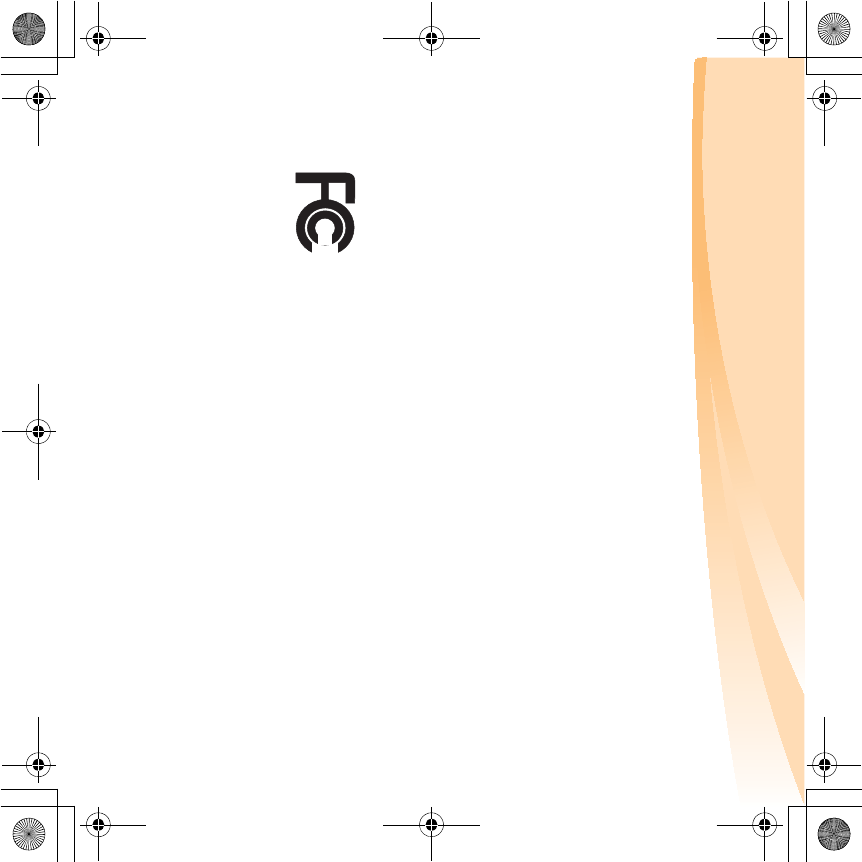
96
Appendix E. Notices
available from Lenovo authorized dealers. Lenovo is not responsible for
any radio or television interference caused by using other than
recommended cables or connectors or by unauthorized changes or
modifications to this equipment. Unauthorized changes or modifications
could void the user’s authority to operate the equipment.
This device complies with Part 15 of the FCC Rules. Operation is subject to
the following two conditions: (1) this device may not cause harmful
interference, and (2) this device must accept any interference received,
including interference that may cause undesired operation.
Responsible party:
Lenovo (United States) Incorporated
1009 Think Place - Building One
Morrisville, NC 27560
U.S.A.
Telephone: (919) 294-5900
Industry Canada Class B Emission Compliance Statement
This Class B digital apparatus complies with Canadian ICES-003.
S10-3s UserGuide V1.0_en.book Page 96 Thursday, January 7, 2010 10:53 AM
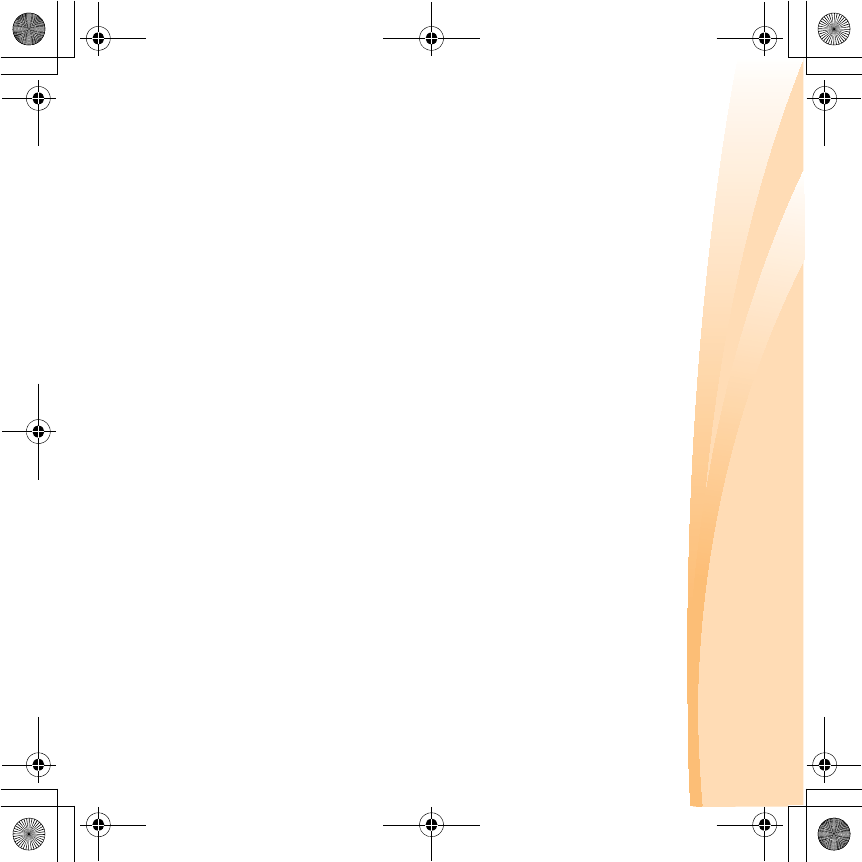
Appendix E. Notices
97
Avis de conformité à la réglementation d’Industrie Canada
Cet appareil numérique de la classe B est conforme à la norme NMB-003
du Canada.
German Class B Compliance Statement
Deutschsprachiger EU Hinweis:
Hinweis für Geräte der Klasse B EU-Richtlinie zur Elektromagnetischen
Verträglichkeit
Dieses Produkt entspricht den Schutzanforderungen der EU-Richtlinie
2004/108/EG (früher 89/336/EWG) zur Angleichung der
Rechtsvorschriften über die elektromagnetische Verträglichkeit in den
EU-Mitgliedsstaaten und hält die Grenzwerte der EN 55022 Klasse B ein.
Um dieses sicherzustellen, sind die Geräte wie in den Handbüchern
beschrieben zu installieren und zu betreiben. Des Weiteren dürfen auch
nur von der Lenovo empfohlene Kabel angeschlossen werden. Lenovo
übernimmt keine Verantwortung für die Einhaltung der
Schutzanforderungen, wenn das Produkt ohne Zustimmung der Lenovo
verändert bzw. wenn Erweiterungskomponenten von Fremdherstellern
ohne Empfehlung der Lenovo gesteckt/eingebaut werden.
S10-3s UserGuide V1.0_en.book Page 97 Thursday, January 7, 2010 10:53 AM
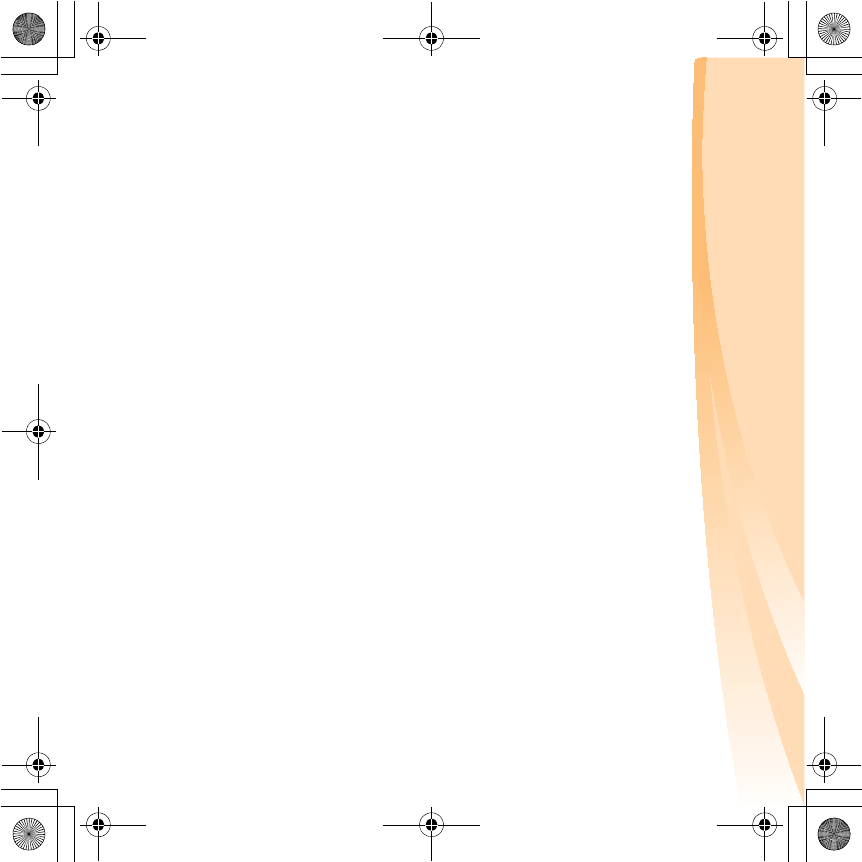
98
Appendix E. Notices
Deutschland:
Einhaltung des Gesetzes über die elektromagnetische Verträglichkeit
von Betriebsmittein
Dieses Produkt entspricht dem “Gesetz über die elektromagnetische
Verträglichkeit von Betriebsmitteln” EMVG (früher “Gesetz über die
elektromagnetische Verträglichkeit von Geräten”). Dies ist die Umsetzung
der EU-Richtlinie 2004/108/EG (früher 89/336/EWG) in der
Bundesrepublik Deutschland.
Zulassungsbescheinigung laut dem Deutschen Gesetz über die
elektromagnetische Verträglichkeit von Betriebsmitteln, EMVG vom 20.
Juli 2007 (früher Gesetz über die elektromagnetische Verträglichkeit
von Geräten), bzw. der EMV EG Richtlinie 2004/108/EC (früher 89/336/
EWG), für Geräte der Klasse B.
Dieses Gerät ist berechtigt, in Übereinstimmung mit dem Deutschen
EMVG das EG-Konformitätszeichen - CE - zu führen. Verantwortlich für
die Konformitätserklärung nach Paragraf 5 des EMVG ist die Lenovo
(Deutschland) GmbH, Gropiusplatz 10, D-70563 Stuttgart.
Informationen in Hinsicht EMVG Paragraf 4 Abs. (1) 4:
Das Gerät erfüllt die Schutzanforderungen nach EN 55024 und EN 55022
Klasse B.
S10-3s UserGuide V1.0_en.book Page 98 Thursday, January 7, 2010 10:53 AM

Appendix E. Notices
99
European Union Compliance Statement Class B Compliance
European Union - Compliance to the Electromagnetic Compatibility
Directive
This product is in conformity with the protection requirements of EU
Council Directive 2004/108/EC on the approximation of the laws of the
Member States relating to electromagnetic compatibility. Lenovo cannot
accept responsibility for any failure to satisfy the protection requirements
resulting from a non-recommended modification of the product, including
the installation of option cards from other manufacturers.
This product has been tested and found to comply with the limits for Class
B Information Technology Equipment according to European Standard EN
55022. The limits for Class B equipment were derived for typical
residential environments to provide reasonable protection against
interference with licensed communication devices.
Properly shielded and grounded cables and connectors must be used in
order to reduce the potential for causing interference to radio and TV
communications and to other electrical or electronic equipment. Such
cables and connectors are available from Lenovo authorized dealers.
Lenovo cannot accept responsibility for any interference caused by using
other than recommended cables and connectors.
S10-3s UserGuide V1.0_en.book Page 99 Thursday, January 7, 2010 10:53 AM
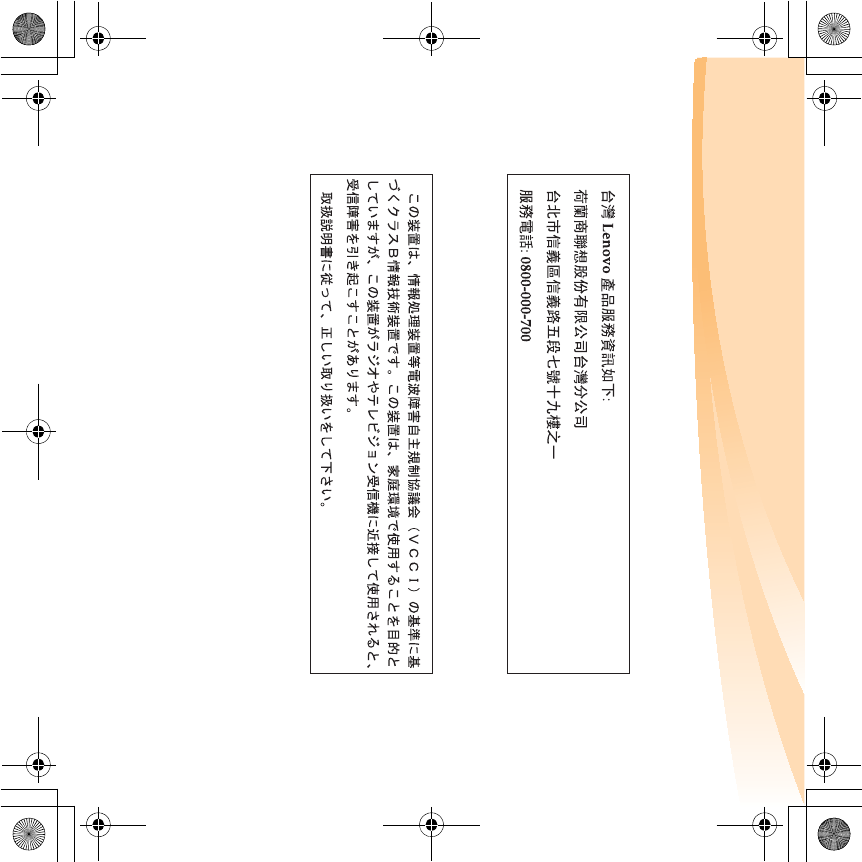
100
Appendix E. Notices
Lenovo Product Service Information
Japanese VCCI Class B Statement
S10-3s UserGuide V1.0_en.book Page 100 Thursday, January 7, 2010 10:53 AM
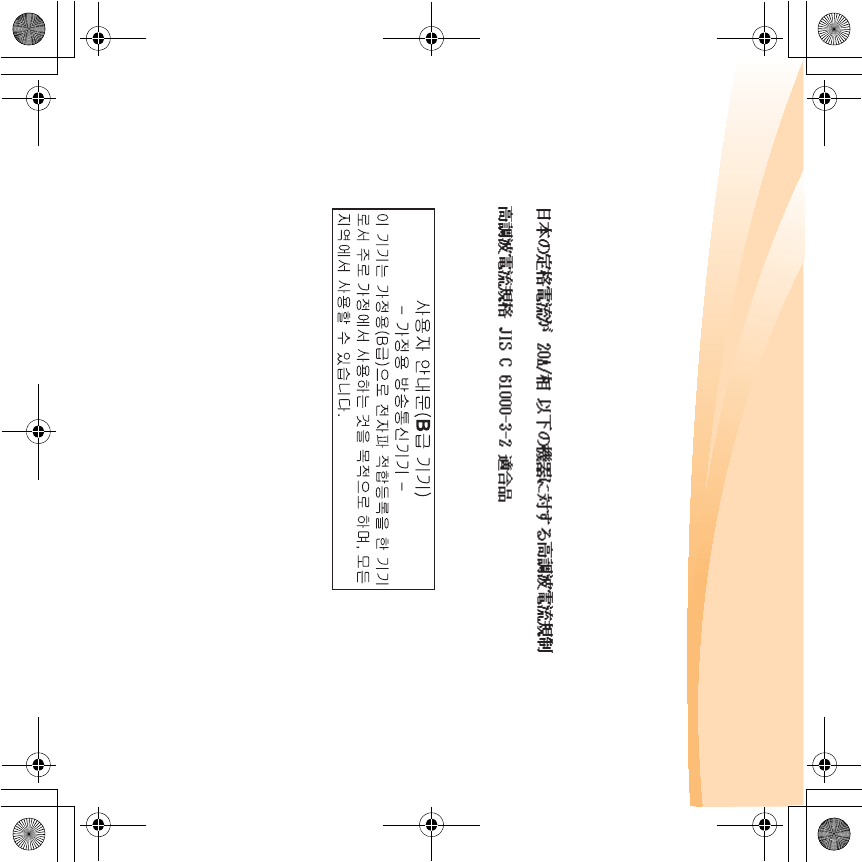
Appendix E. Notices
101
Japan Compliance Statement for Power line Harmonics
A statement of compliance to the IEC 61000-3-2 harmonics standard is
required for all products connecting to the power mains and rated less
than 20A per phase.
Korea Class B
S10-3s UserGuide V1.0_en.book Page 101 Thursday, January 7, 2010 10:53 AM
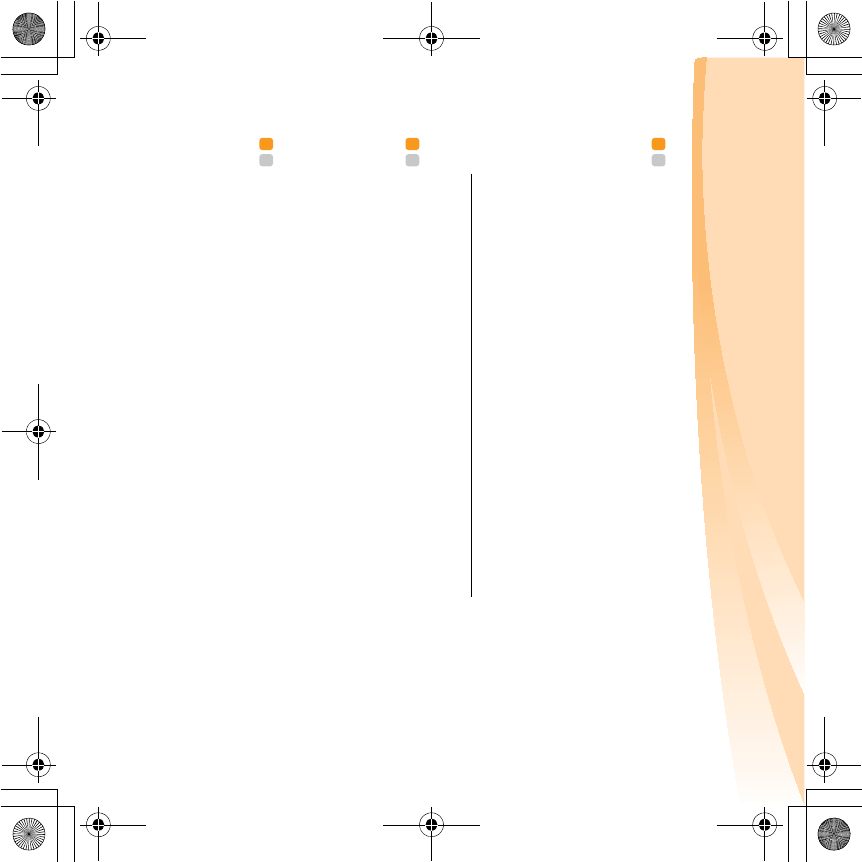
102
Appendix E. Notices
WEEE and recycling statements - - - - - - - - - - - - - - - - - - - - - - - - - - - - - - - - - - - - - - - - -
General recycling statement
Lenovo encourages owners of information technology (IT) equipment to
responsibly recycle their equipment when it is no longer needed. Lenovo
offers a variety of programs and services to assist equipment owners in
recycling their IT products. Information on product recycling offerings can
be found on Lenovo’s Internet site at
http://www.lenovo.com/lenovo/environment/recycling/
Turkish statement of compliance - - - - - - - - - - - - - - - - - - - - - - - - - - - - - - - - - - - - - - - -
The Lenovo product meets the requirements of the Republic of Turkey
Directive on the Restriction of the Use of Certain Hazardous Substances in
Electrical and Electronic Equipment (EEE).
Türkiye EEE Yönetmeli÷ine Uygunluk Beyanı - - - - - - - - - - - -
Bu Lenovo ürünü, T.C. Çevre ve Orman Bakanlığı’nın “Elektrik ve Elektronik
Eşyalarda Bazı Zararlı Maddelerin Kullanımının Sınırlandırılmasına Dair
Yönetmelik (EEE)” direktiflerine uygundur.
EEE Yönetmeliğine Uygundur.
S10-3s UserGuide V1.0_en.book Page 102 Thursday, January 7, 2010 10:53 AM
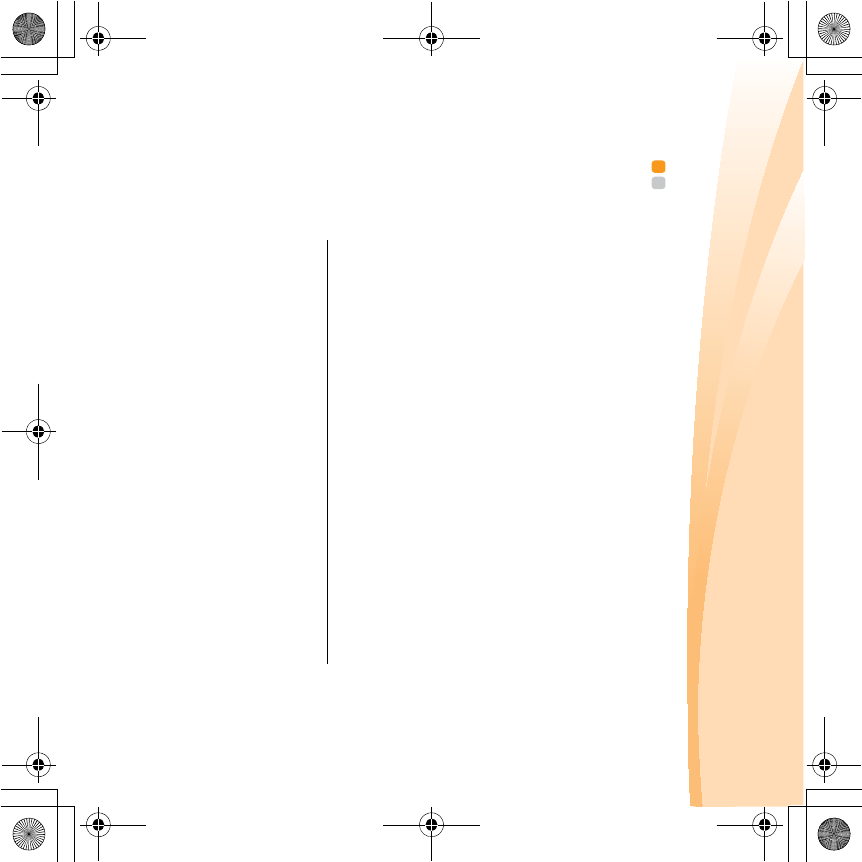
Appendix E. Notices
103
EU WEEE statements - - - - - - - - - - - - - - - - - - - - - - - - - - - - - - - - - - - - - - - - - - - - - - - - - - - - - - - - - - - - - - - - -
The Waste Electrical and Electronic Equipment (WEEE) mark applies only
to countries within the European Union (EU) and Norway. Appliances are
labeled in accordance with European Directive 2002/96/EC concerning
waste electrical and electronic equipment (WEEE). The Directive
determines the framework for the return and recycling of used appliances
as applicable throughout the European Union. This label is applied to
various products to indicate that the product is not to be thrown away, but
rather reclaimed upon end of life per this Directive.
Users of electrical and electronic equipment (EEE) with the WEEE
marking per Annex IV of the WEEE Directive must not dispose of end of
life EEE as unsorted municipal waste, but use the collection framework
available to them for the return, recycle, recovery of WEEE and minimize
any potential effects of EEE on the environment and human health due to
the presence of hazardous substances. For additional WEEE information
go to: http://www.lenovo.com/lenovo/environment/recycling/.
S10-3s UserGuide V1.0_en.book Page 103 Thursday, January 7, 2010 10:53 AM

104
Appendix E. Notices
Japan recycling statements - - - - - - - - - - - - - - - - - - - - - - - - - - - - - - - - - - - - - - - - - - - - - - - - - - -
Collecting and Recycling a Disused Lenovo Computer or
Monitor
If you are a company employee and need to dispose of a Lenovo computer
or monitor that is the property of the company, you must do so in
accordance with the Law for Promotion of Effective Utilization of
Resources. Computers and monitors are categorized as industrial waste
and should be properly disposed of by an industrial waste disposal
contractor certified by a local government. In accordance with the Law for
Promotion of Effective Utilization of Resources, Lenovo Japan provides,
through its PC Collecting and Recycling Services, for the collecting, reuse,
and recycling of disused computers and monitors. For details, visit the
Lenovo Web site at
www.ibm.com/jp/pc/service/recycle/pcrecycle
http://www.ibm.com/jp/pc/service/recycle/pcrecycle
Pursuant to the Law for Promotion of Effective Utilization of Resources,
the collecting and recycling of home-used computers and monitors by the
manufacturer was begun on October 1, 2003. This service is provided free
of charge for home-used computers sold after October 1, 2003. For details,
visit the Lenovo Web site at
www.ibm.com/jp/pc/service/recycle/personal
http://www.ibm.com/jp/pc/service/recycle/personal
S10-3s UserGuide V1.0_en.book Page 104 Thursday, January 7, 2010 10:53 AM
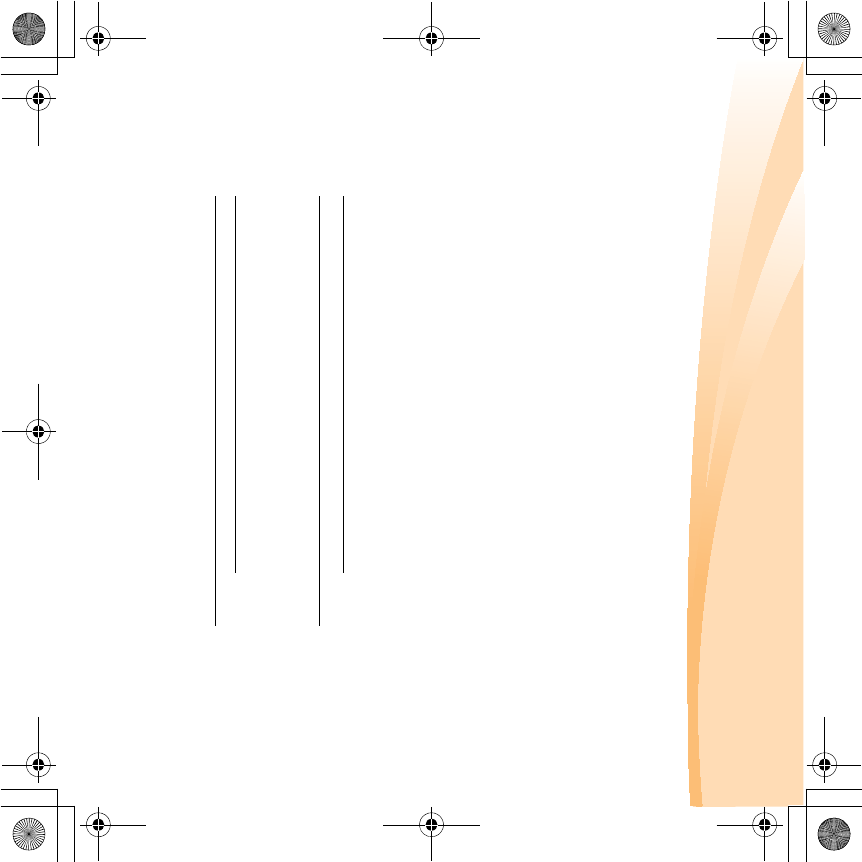
Appendix E. Notices
105
Disposing of a Lenovo Computer Components
Some Lenovo computer products sold in Japan may have components that
contain heavy metals or other environmental sensitive substances. To
properly dispose of disused components, such as a printed circuit board or
drive, use the methods described above for collecting and recycling a
disused computer or monitor.
Disposing a Disused Battery Pack from Lenovo Notebook
Computers
Your Lenovo notebook computer has a lithium ion battery pack or a nickel
metal hydride battery pack. If you are a company employee who uses a
Lenovo notebook computer and need to dispose of a battery pack, contact
the proper person in Lenovo sales, service, or marketing, and follow that
person’s instructions. You also can refer to the instructions at
www.ibm.com/jp/pc/environment/recycle/battery
http://www.ibm.com/jp/pc/environment/recycle/battery
If you use a Lenovo notebook computer at home and need to dispose of a
battery pack, you must comply with local ordinances and regulations. You
also can refer to the instructions at
www.ibm.com/jp/pc/environment/recycle/battery
http://www.ibm.com/jp/pc/environment/recycle/battery
S10-3s UserGuide V1.0_en.book Page 105 Thursday, January 7, 2010 10:53 AM
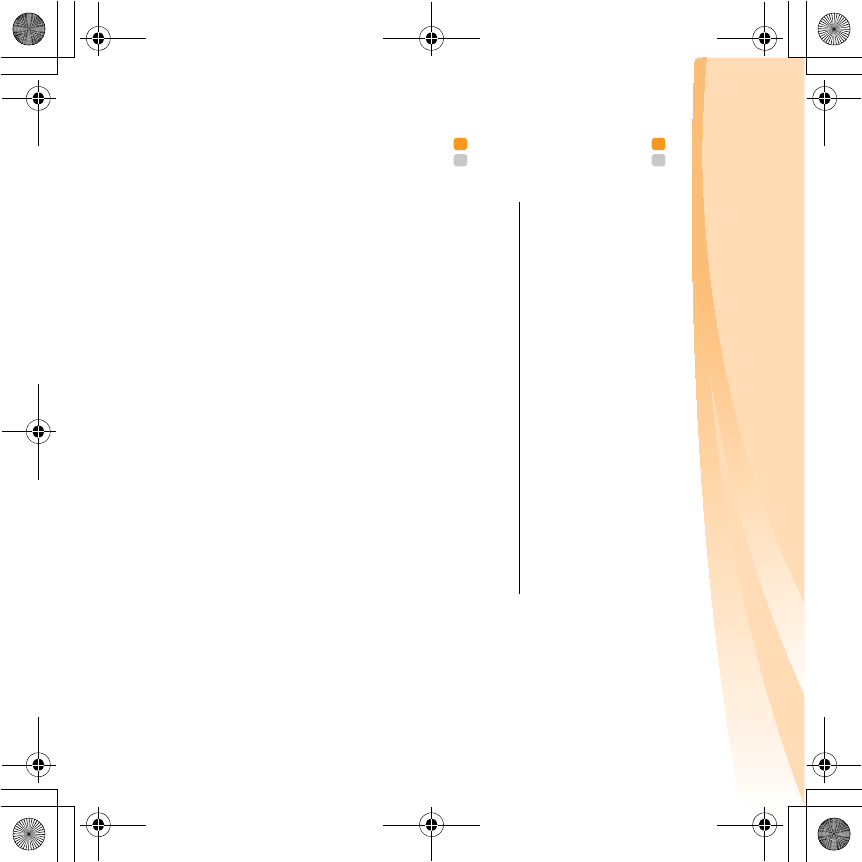
106
Appendix E. Notices
Notice for users in the U.S.A. - - - - - - - - - - - - - - - - - - - - - - - - - - - - - - - - - - - - - - - - - - - - - - - -
California Perchlorate Information:
Products containing CR (manganese dioxide) lithium coin cell batteries
may contain perchlorate.
Perchlorate Material — special handling may apply.
See http://www.dtsc.ca.gov/hazardouswaste/perchlorate.
Notice on deleting data from your hard disk - - - - - - - - - - - - - - - -
As computers spread into every corner of life, they process more and more
information. The data on your computer, some of it sensitive, is stored on
a storage device called the hard disk. Before you dispose of, sell, or hand
over your computer, you need to delete that data.
Handing your computer over to someone else without deleting the loaded
software, such as operating systems and application software, may even
violate License Agreements. You are advised to check the terms and
conditions of those Agreements.
Deleting the data from the hard disk is not easy.
There are methods that seem to delete the data:
• Move the data to the recycle bin, and then choose the Empty recycle bin
command.
• Use the Delete command.
S10-3s UserGuide V1.0_en.book Page 106 Thursday, January 7, 2010 10:53 AM

Appendix E. Notices
107
• Format your hard disk, using the software for initializing it.
• Using the preinstalled recovery program, bring the hard disk back to
factory-ship state.
These operations, however, only change the file allocation of the data; they
do not delete the data itself. In other words, the data retrieval processing is
disabled under an operating system such as Windows. The data is still
there, even though it seems to be lost. Thus, it is sometimes possible to
read the data by use of special software for data recovery. There is a risk
that people of bad faith may read and misuse the critical data on hard
disks for unexpected purposes.
To prevent the leakage of data, it becomes very important that you take
responsibility for deleting all the data from the hard disk when you
dispose of, sell, or hand over your computer. You can destroy the data
physically by smashing the hard disk with a hammer, or magnetically by
means of strong magnetic power, thus making the data unreadable. But
we recommend that you make use of the software (payware) or service
(pay service) specifically developed for the purpose.
S10-3s UserGuide V1.0_en.book Page 107 Thursday, January 7, 2010 10:53 AM
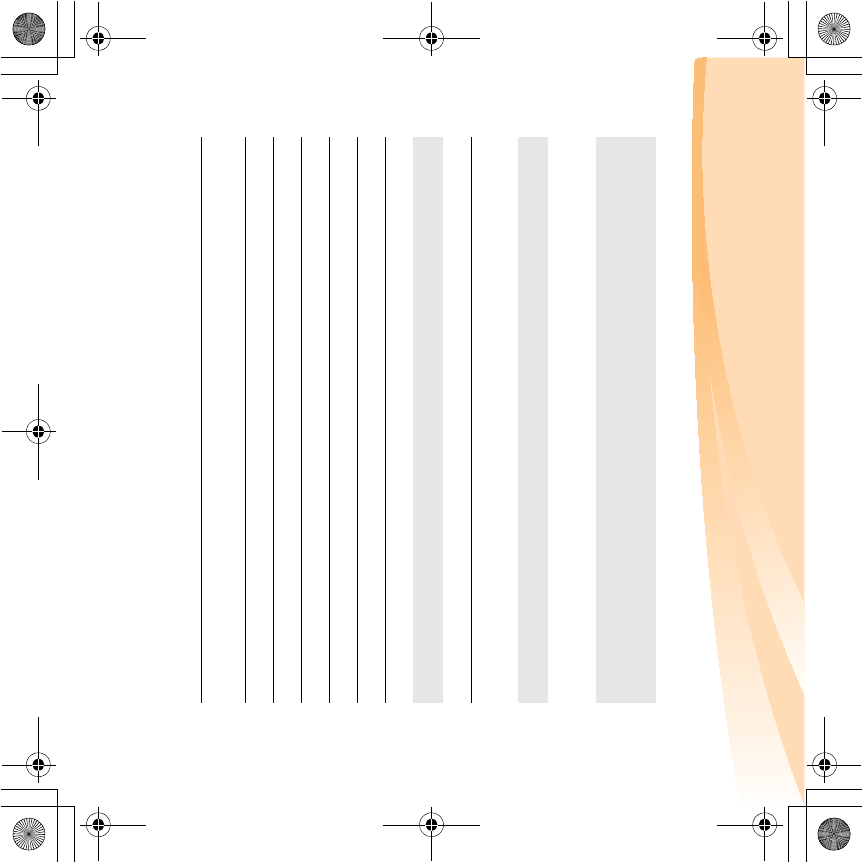
108
Appendix F. Features and specifications
Model Name: IdeaPad S10-3s Machine Type 20051/0703
Note:
The following specifications may contain technical inaccuracies or typographical
errors. Lenovo reserves the right to improve and/or change specifications at any
time without notice.
Form Factor
Size Appr. 265 mm x 165 mm
Depth: 16.0~24.0mm
Weight Appr. 1.1Kg
System
CPU Intel Atom processor
Memory DDR II SO-DIMM
LCD 10.1" WXGA LED Backlight
HDD 2.5" SATA 160/250/360G or SSD 16/32G
Keyboard 6-row Lenovo Keyboard
Integrated Camera 1.3 mega pixel camera
Battery 48Wh, 6 cell Li-ion Battery/28Wh, 3 cell Li-ion Battery
/24Wh, 3 cell Li-ion Battery
AC Adapter 30W, 20V/40W, 20V
S10-3s UserGuide V1.0_en.book Page 108 Thursday, January 7, 2010 10:53 AM

Appendix F. Features and specifications
109
I/O Ports
USB USB 2.0 port x 3
Communication RJ-45 port
Audio Headphone/Mic-in Jack
Video D-sub port
Memory card slot 5 in 1 slot x 1 (MMC/SD/MS/MS PRO/SDHC)
S10-3s UserGuide V1.0_en.book Page 109 Thursday, January 7, 2010 10:53 AM
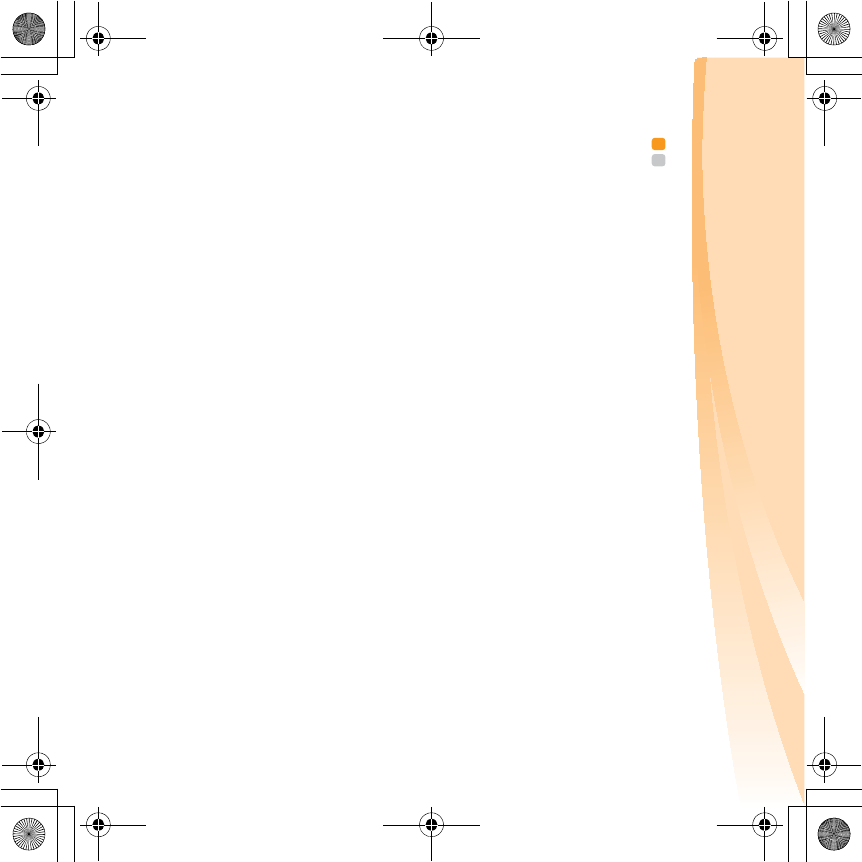
110
Trademarks - - - - - - - - - - - - - - - - - - - - - - - - - - - - - - - - - - - - - - - - - - - - - - - - - - - - - - - - - - - - - - - - - - - - - - - - - - - - - - - - - - - -
The following terms are trademarks or registered trademarks of Lenovo in
the United States, other countries, or both.
Lenovo
IdeaPad
VeriFace
OneKey
Microsoft and Windows are trademarks of Microsoft Corporation in the
United States, other countries, or both.
Other company, products, or service names may be trademarks or service
marks of others.
S10-3s UserGuide V1.0_en.book Page 110 Thursday, January 7, 2010 10:53 AM
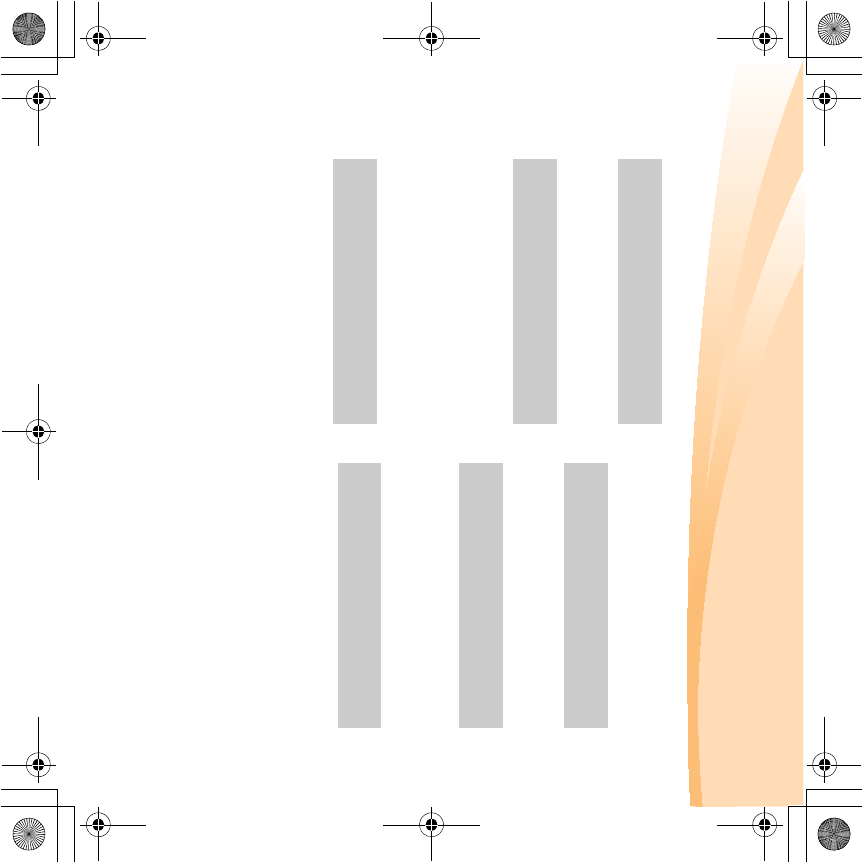
111
Index
AC adapter
Using .........................................11
Battery
Charging.................................... 11
Bluetooth
Connecting ................................25
Interoperability ......................... 88
Usage environment...................89
Camera ...........................................2,17
Card reader ........................................ 23
Caring your computer.......................54
Cleaning
Computer cover........................ 64
Computer display ..................... 66
Computer keyboard.................. 65
Customer Replaceable Unit (CRU)
parts list..............................................81
Customer support center...................50
Display
Cleaning ....................................66
FCC Statement ...................................95
Frequently Asked Questions .............38
Function key combinations ...............16
Hard disk drive
Problems....................................46
Help
Customer support center..........50
Help and service .......................49
on the Web ................................50
Hibernation mode problems .............47
A
B
C
D
F
H
S10-3s UserGuide V1.0_en.book Page 111 Thursday, January 7, 2010 10:53 AM

112
Index
Kensington slot.................................... 5
Keyboard
Cleaning.................................... 64
Using......................................... 16
Lenovo Limited Warranty................. 67
Maintenance ...................................... 62
Microphone
Built-in ........................................ 2
Notice
Electronic emissions ................. 95
for US users............................. 106
OneKey Rescue system button ........... 2
Password
Problems ................................... 42
Using ......................................... 22
Power button ....................................... 2
Problems
Battery ....................................... 46
Computer screen....................... 45
Display ...................................... 41
Hard disk drive......................... 46
Hibernation mode .................... 47
Password................................... 42
Sleep mode................................ 47
Sound ........................................ 46
Startup....................................... 47
K
L
M
N
O
P
S10-3s UserGuide V1.0_en.book Page 112 Thursday, January 7, 2010 10:53 AM
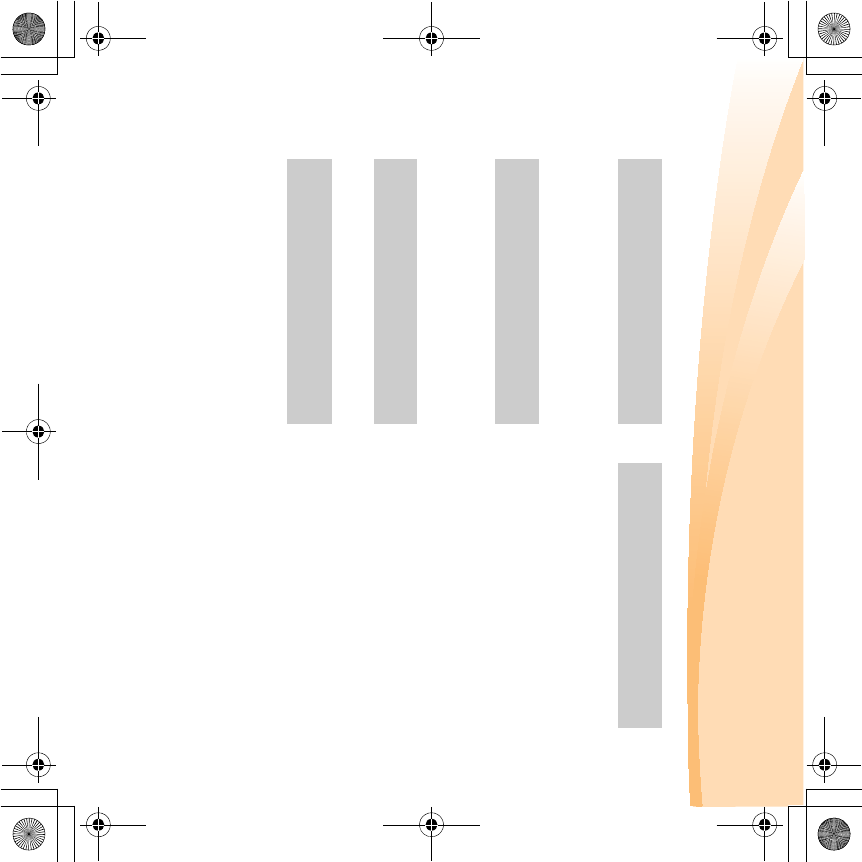
Index
113
Security............................................... 21
Storage media
Handling ................................... 57
Touch pad .......................................... 14
Trademarks ...................................... 110
Troubleshooting.................................41
USB port ...............................................3
VeriFace..............................................21
Warranty information........................77
Web
Help ...........................................50
Wireless LAN
Antennas .....................................2
Interoperability .........................88
Usage environment...................89
S
T
U
V
W
S10-3s UserGuide V1.0_en.book Page 113 Thursday, January 7, 2010 10:53 AM

S10-3s UserGuide V1.0_en.book Page 114 Thursday, January 7, 2010 10:53 AM